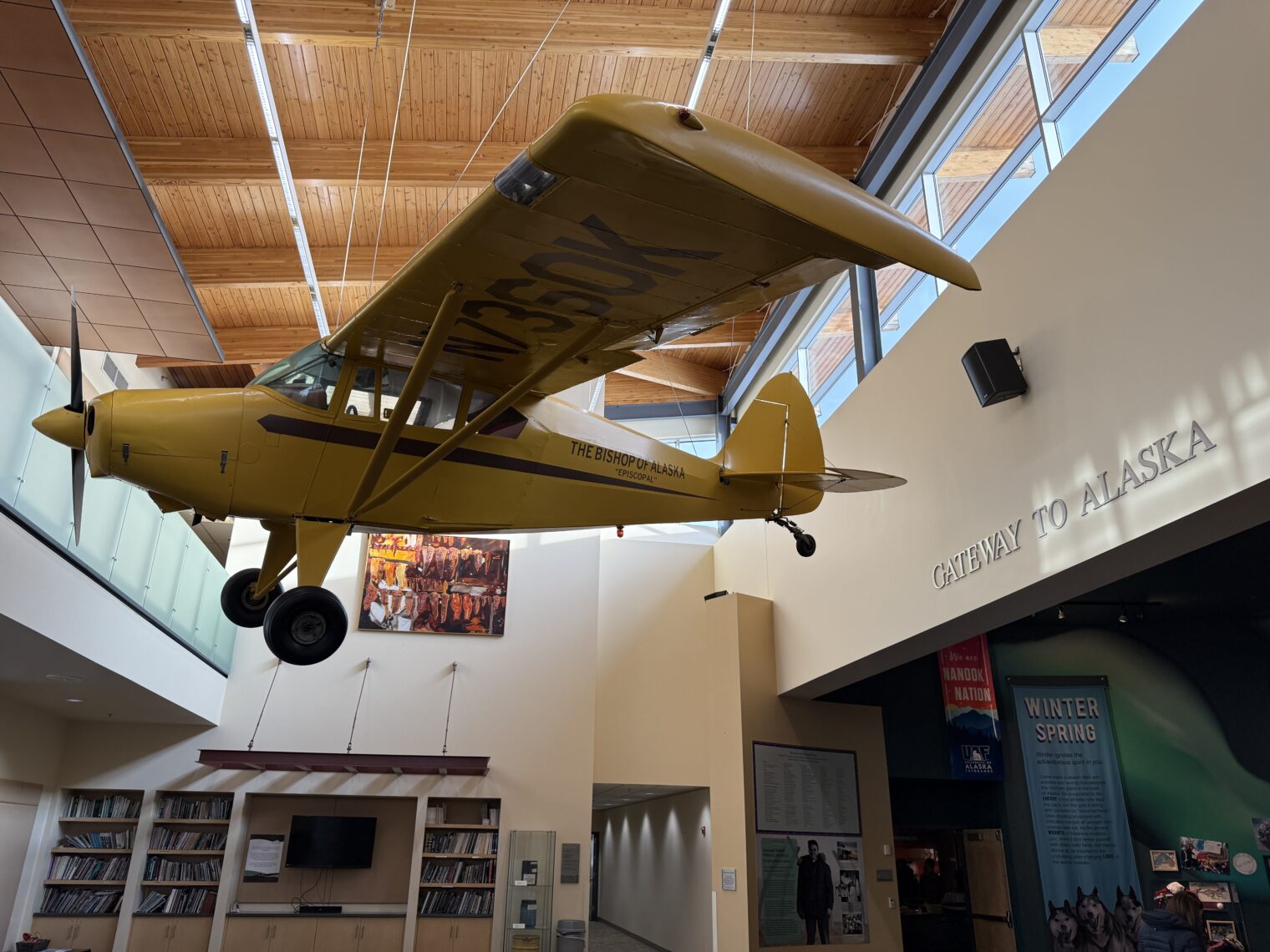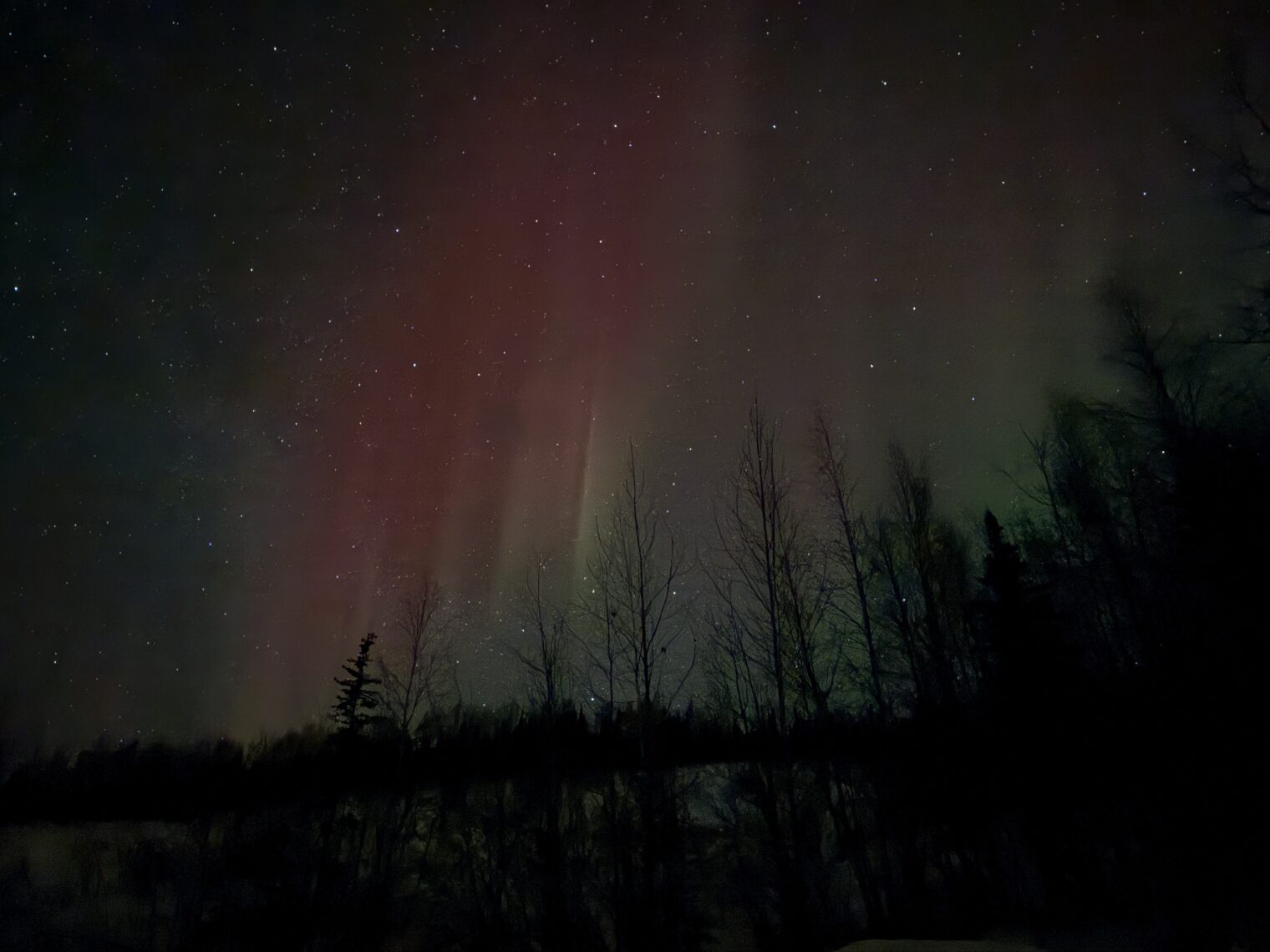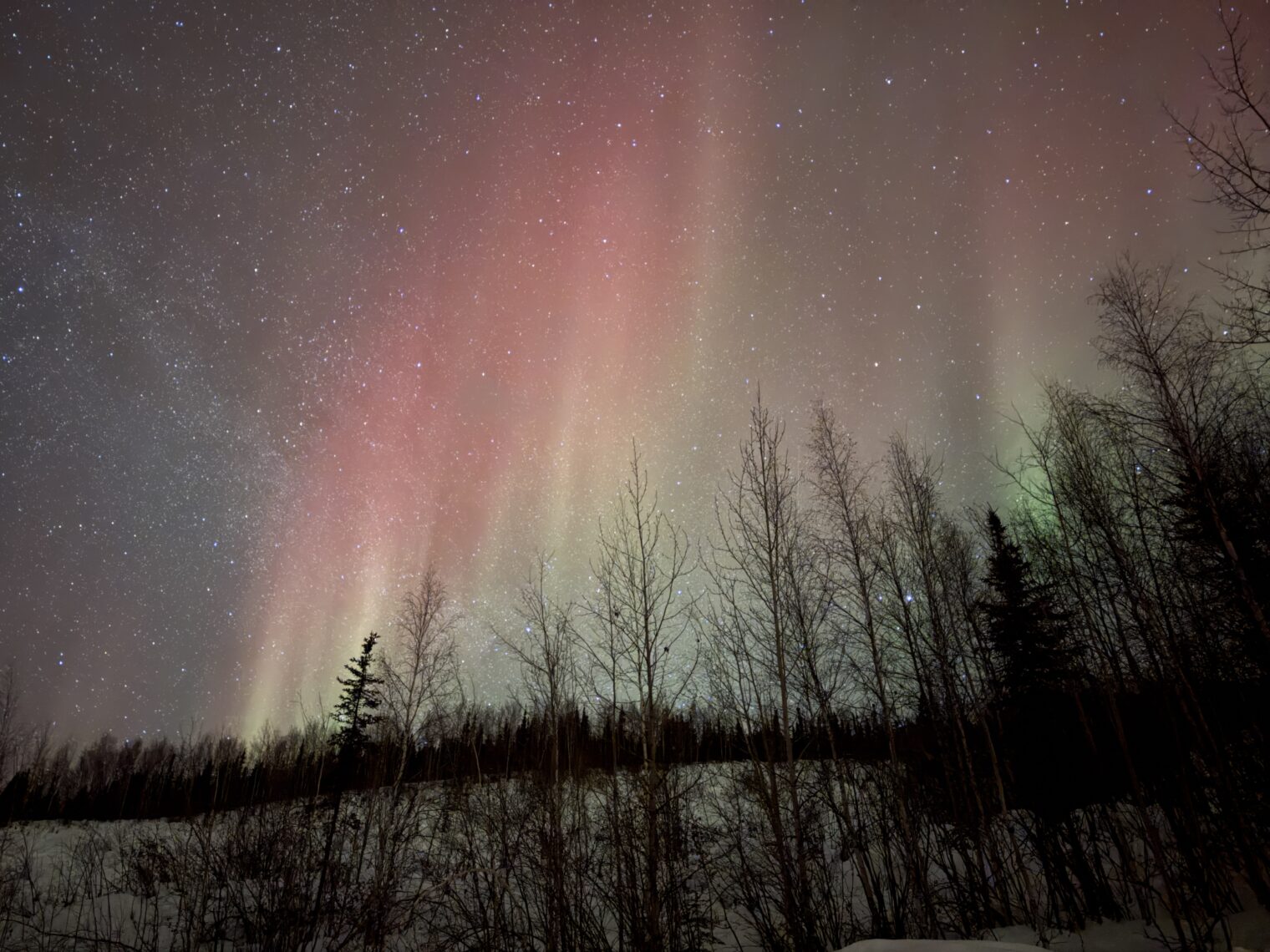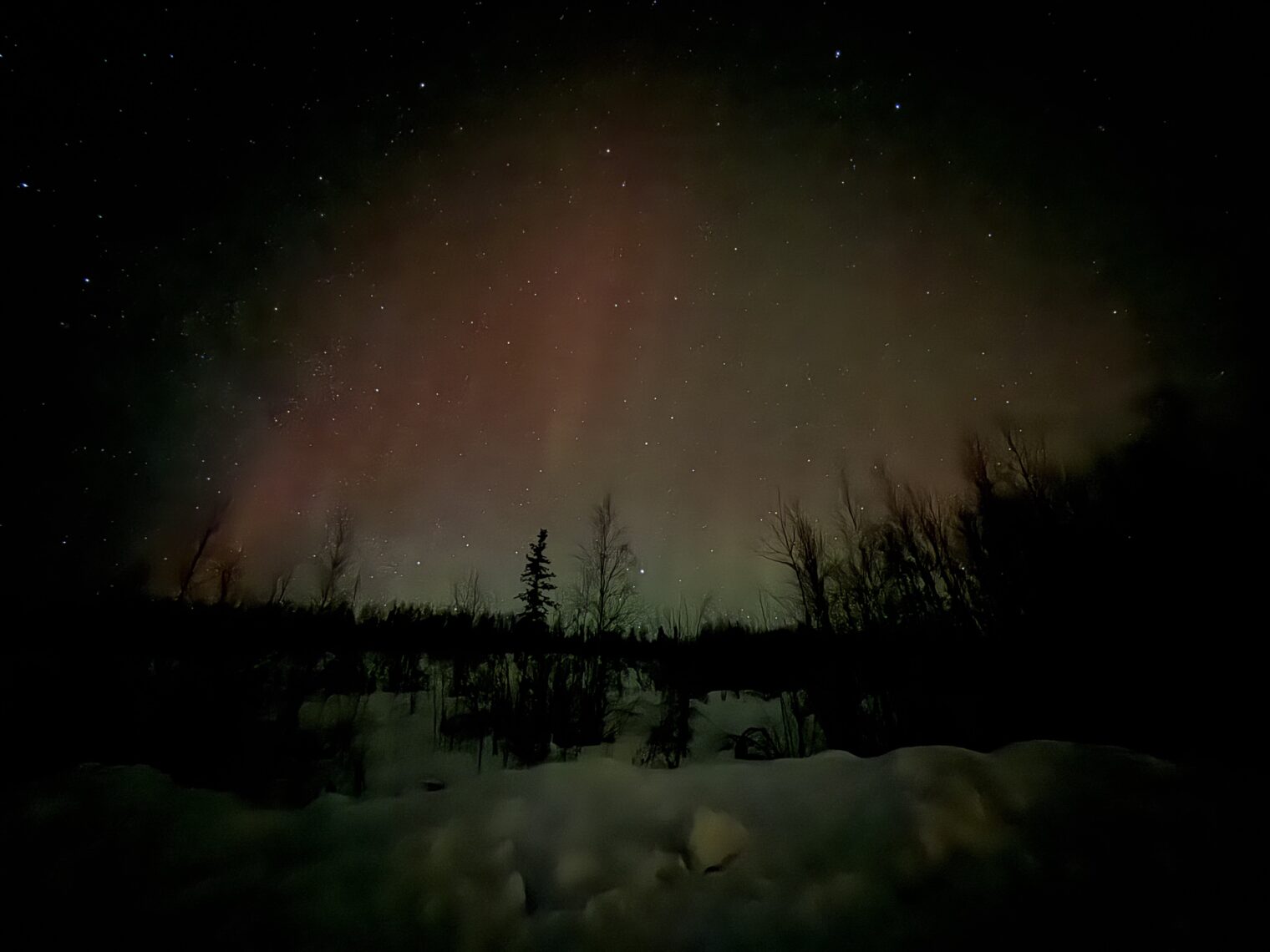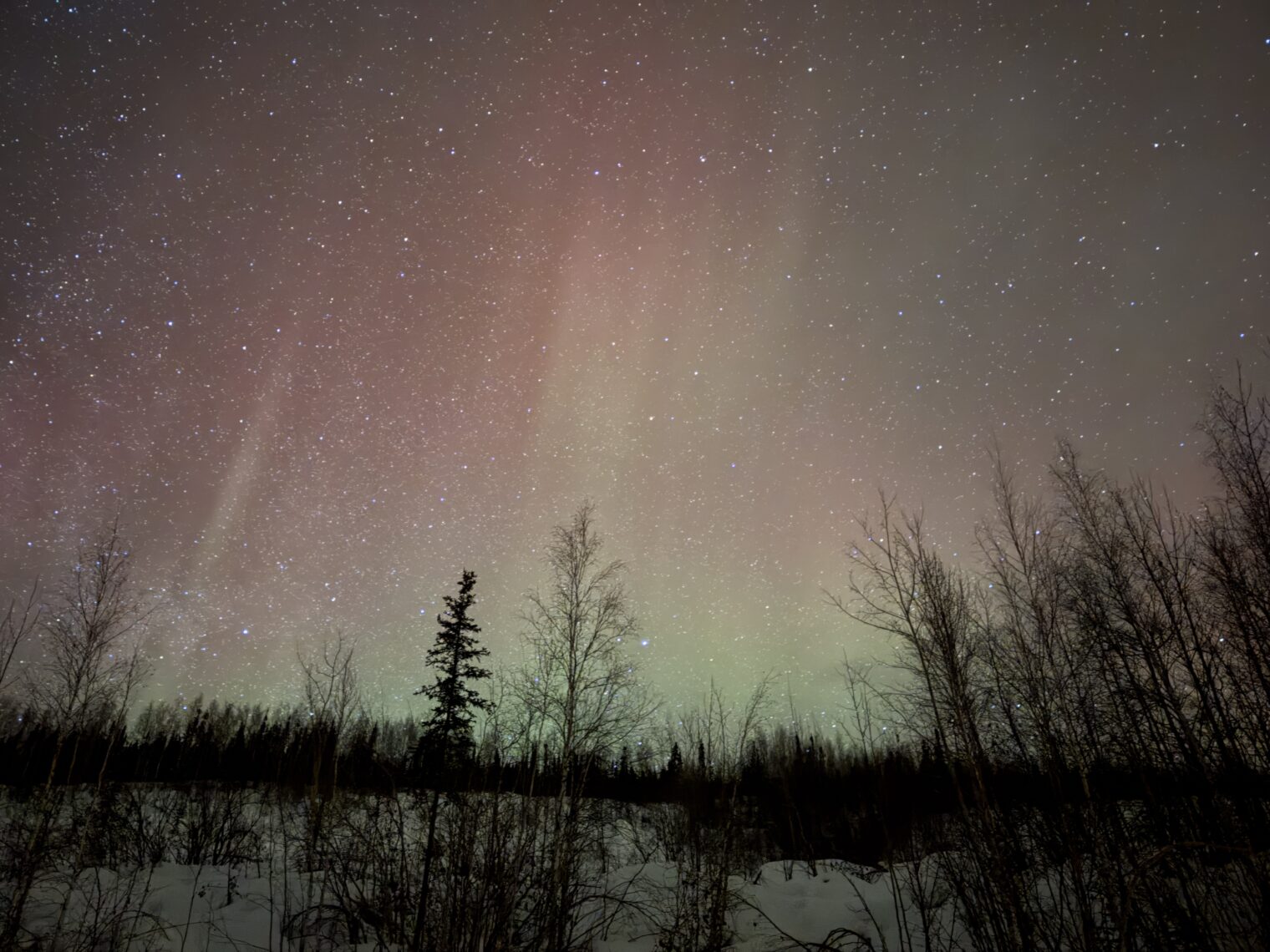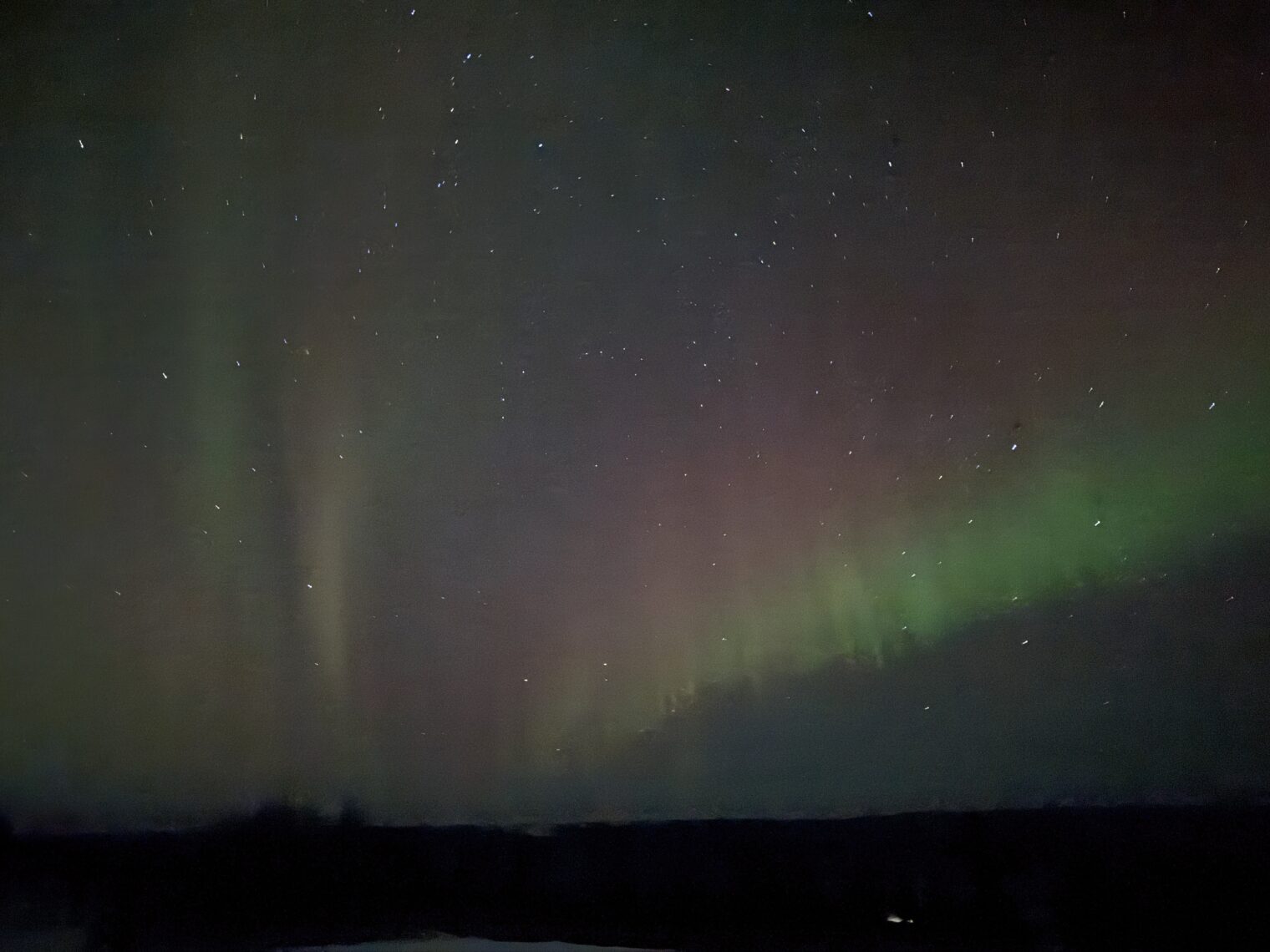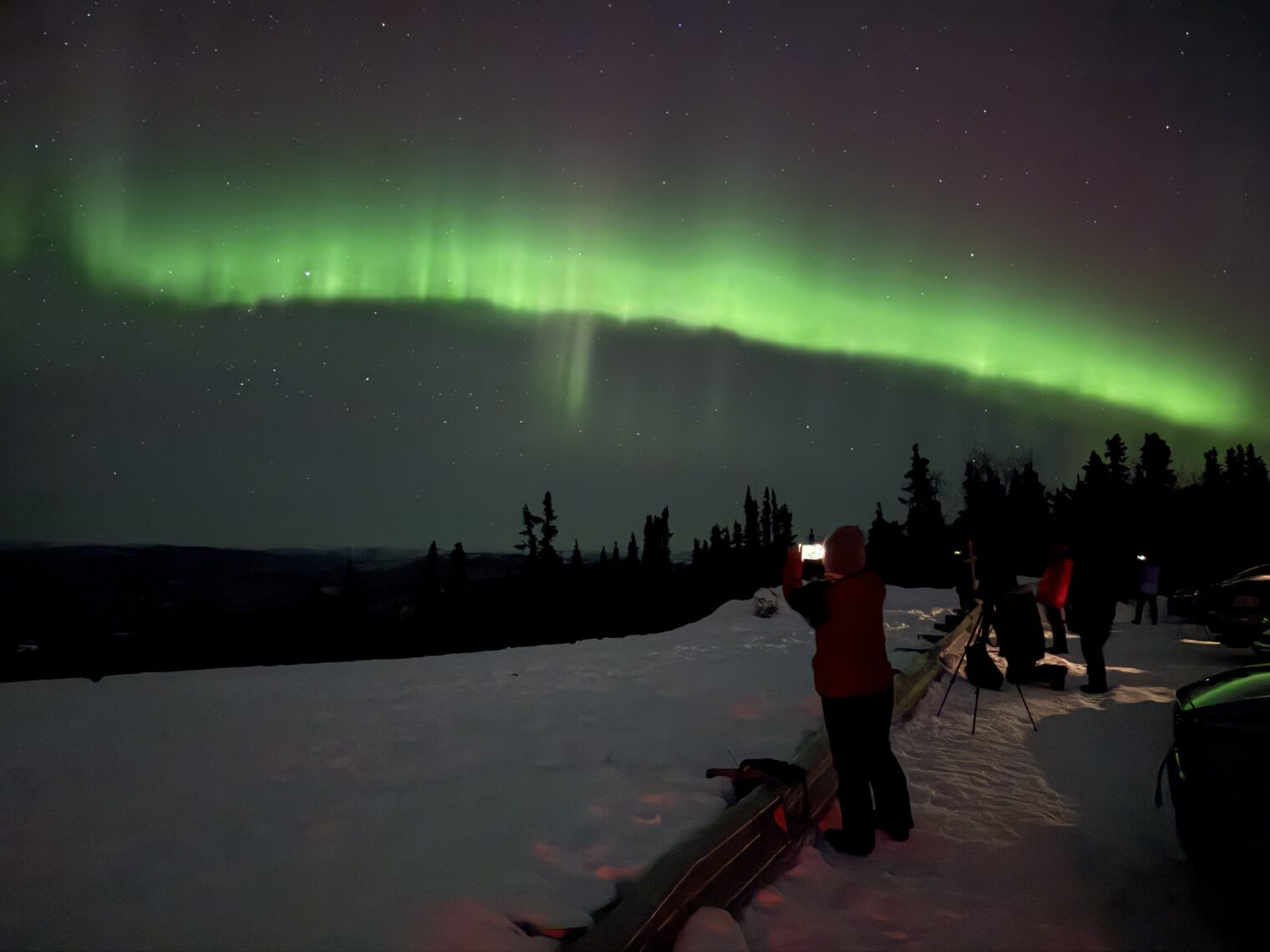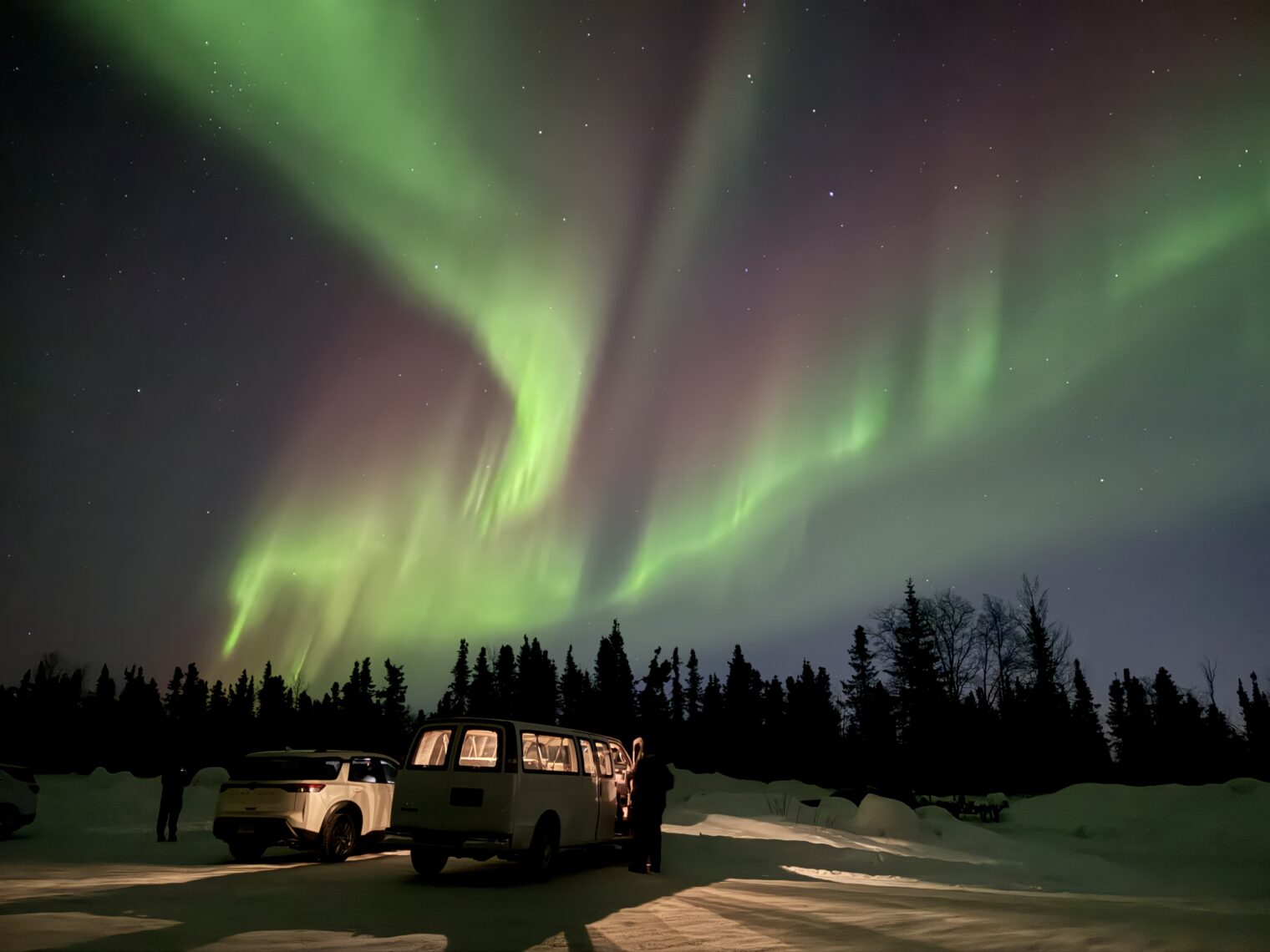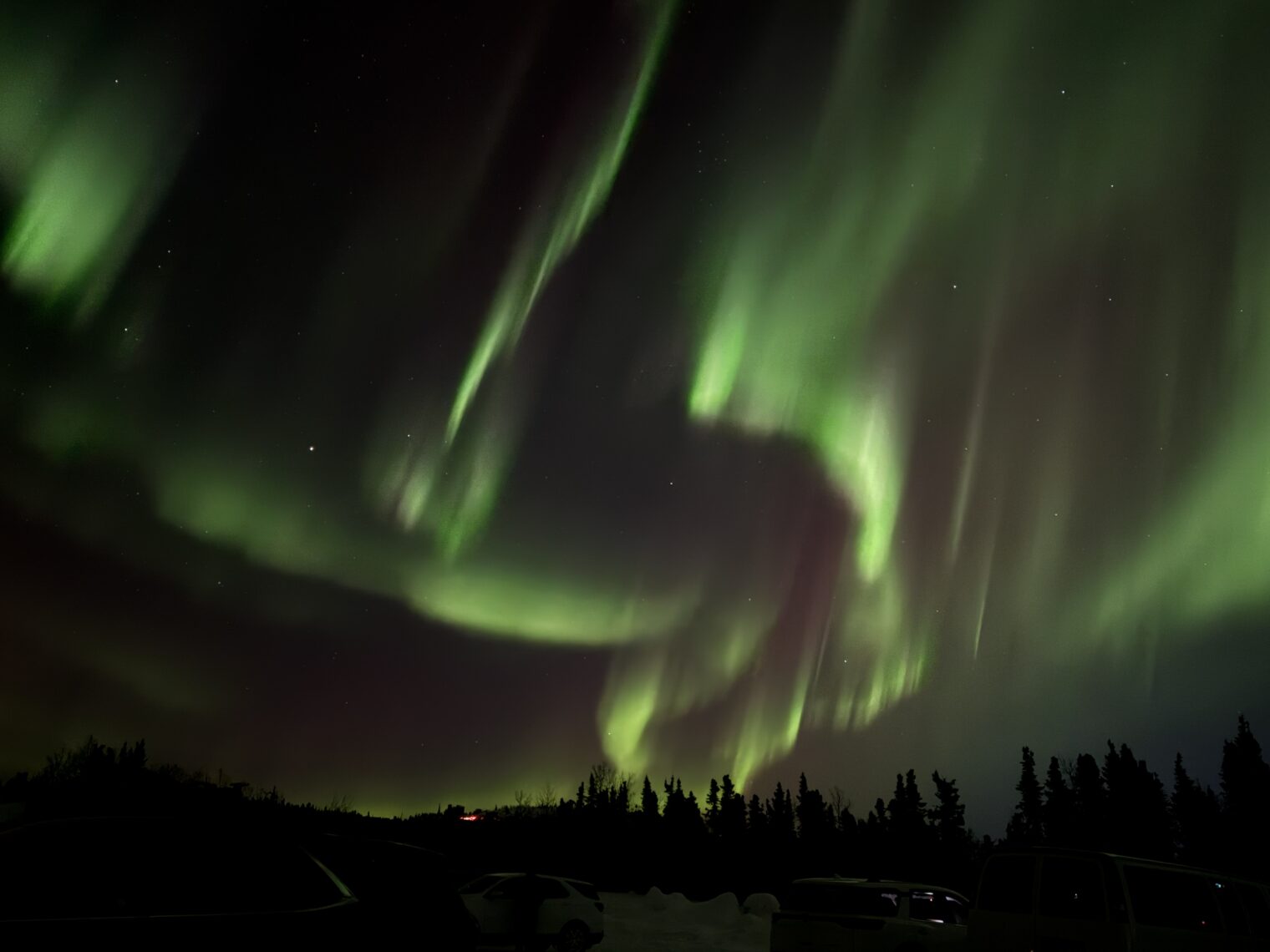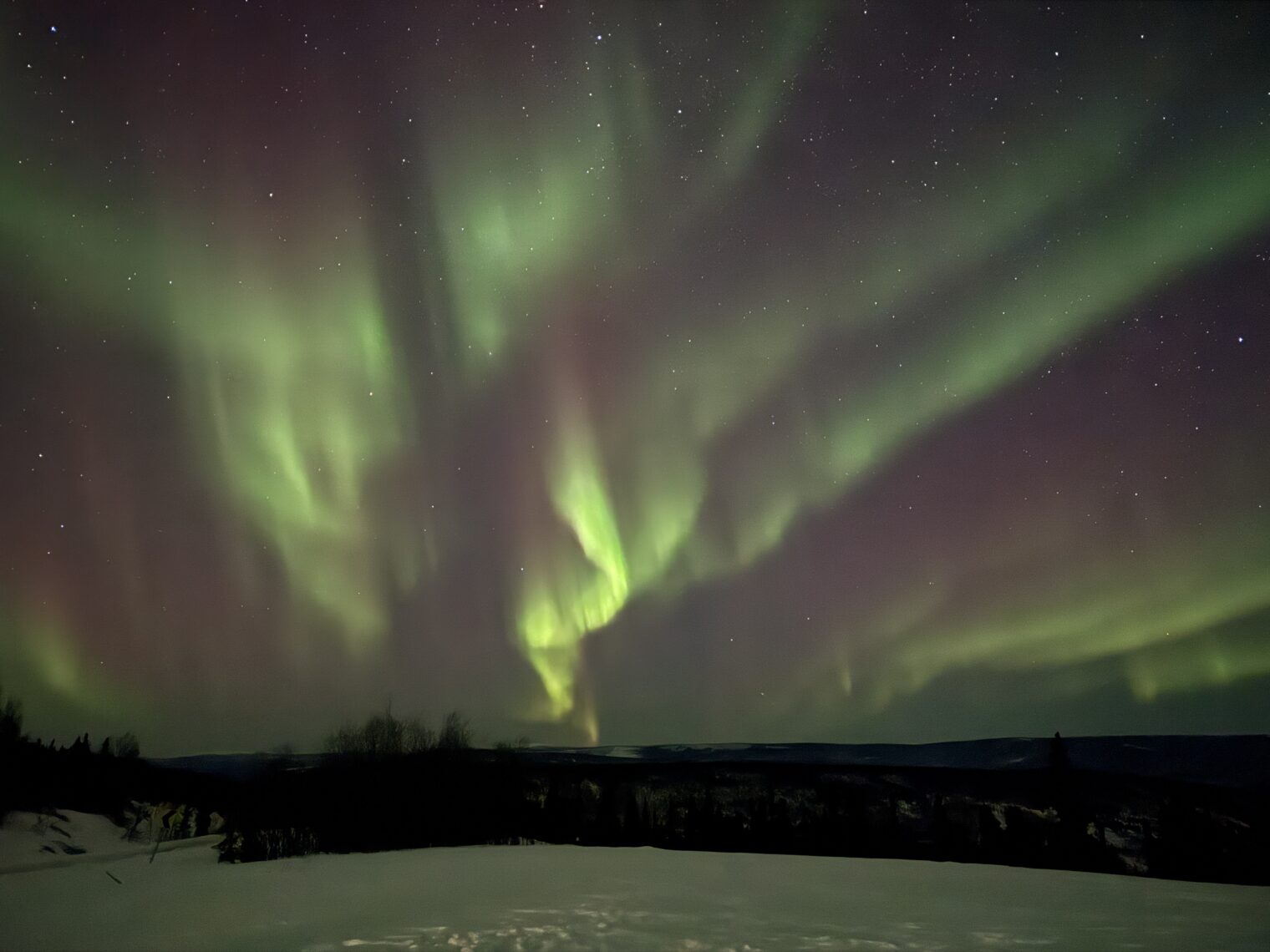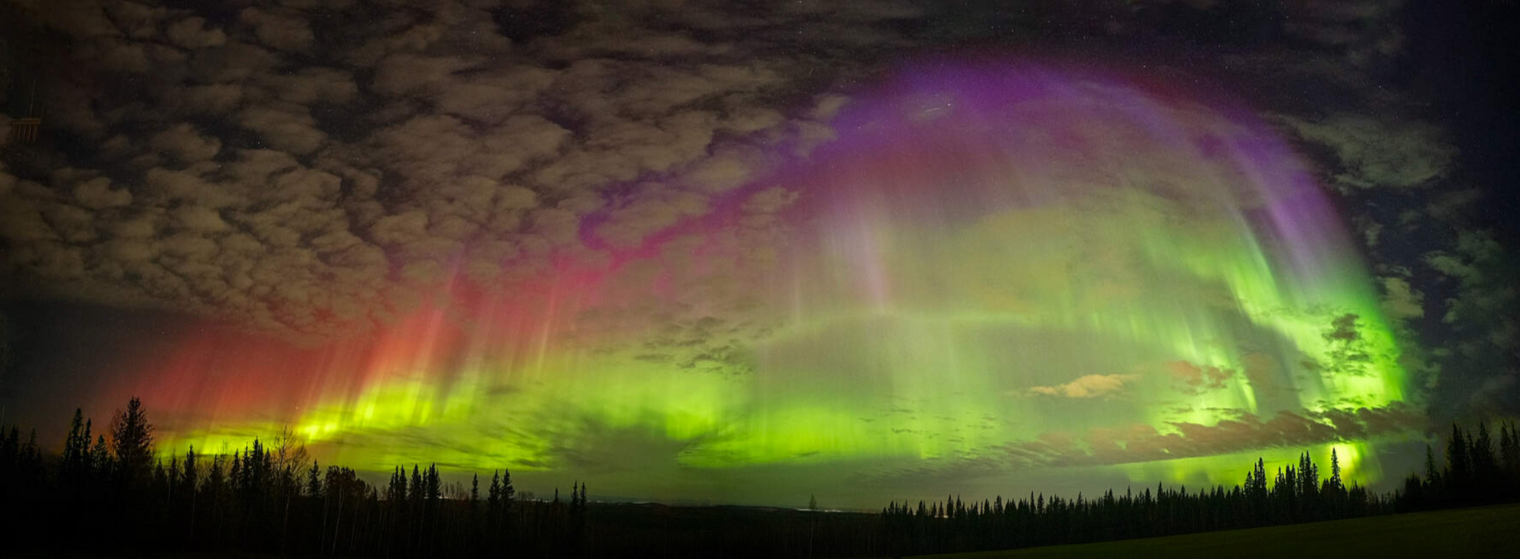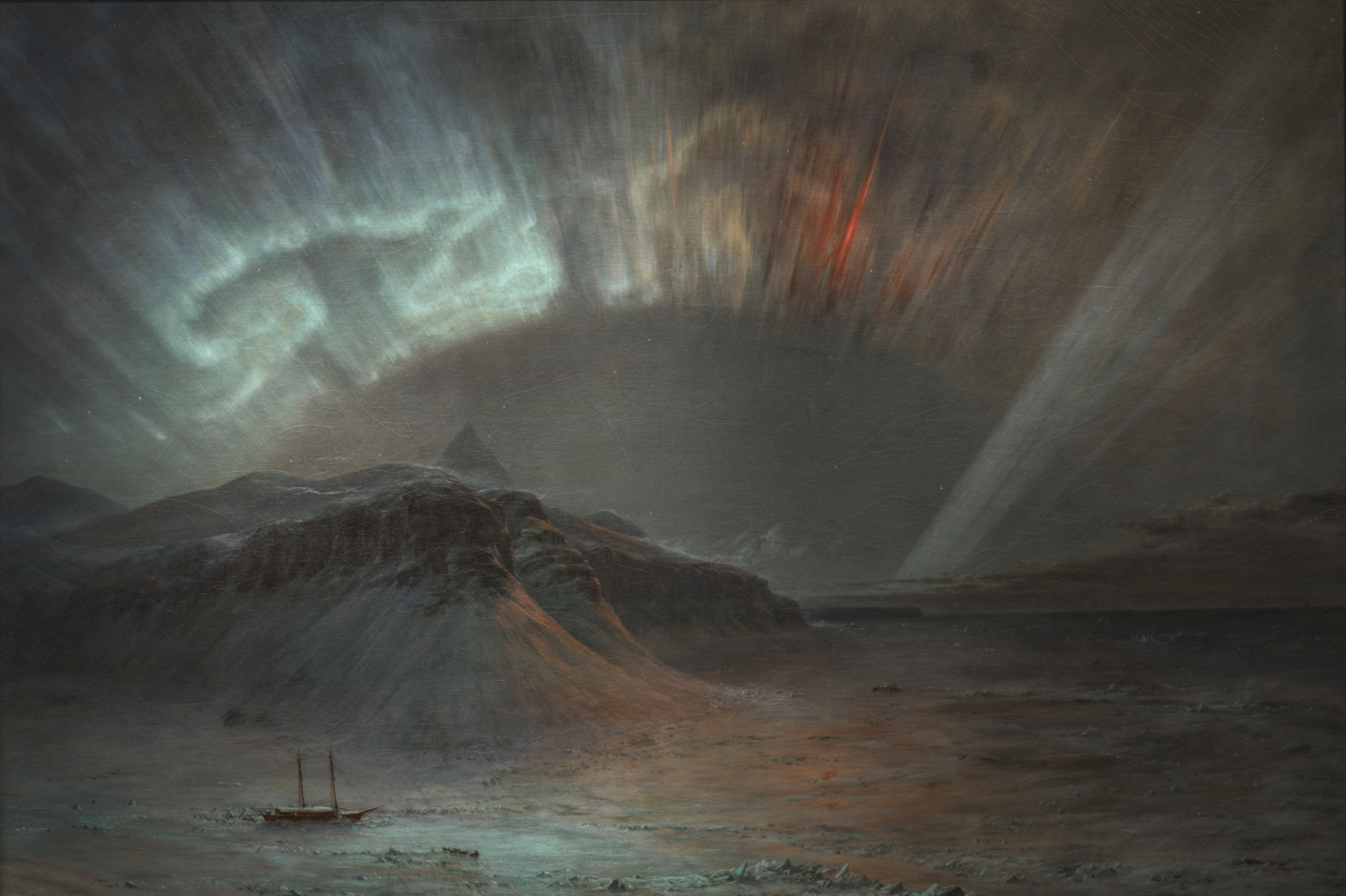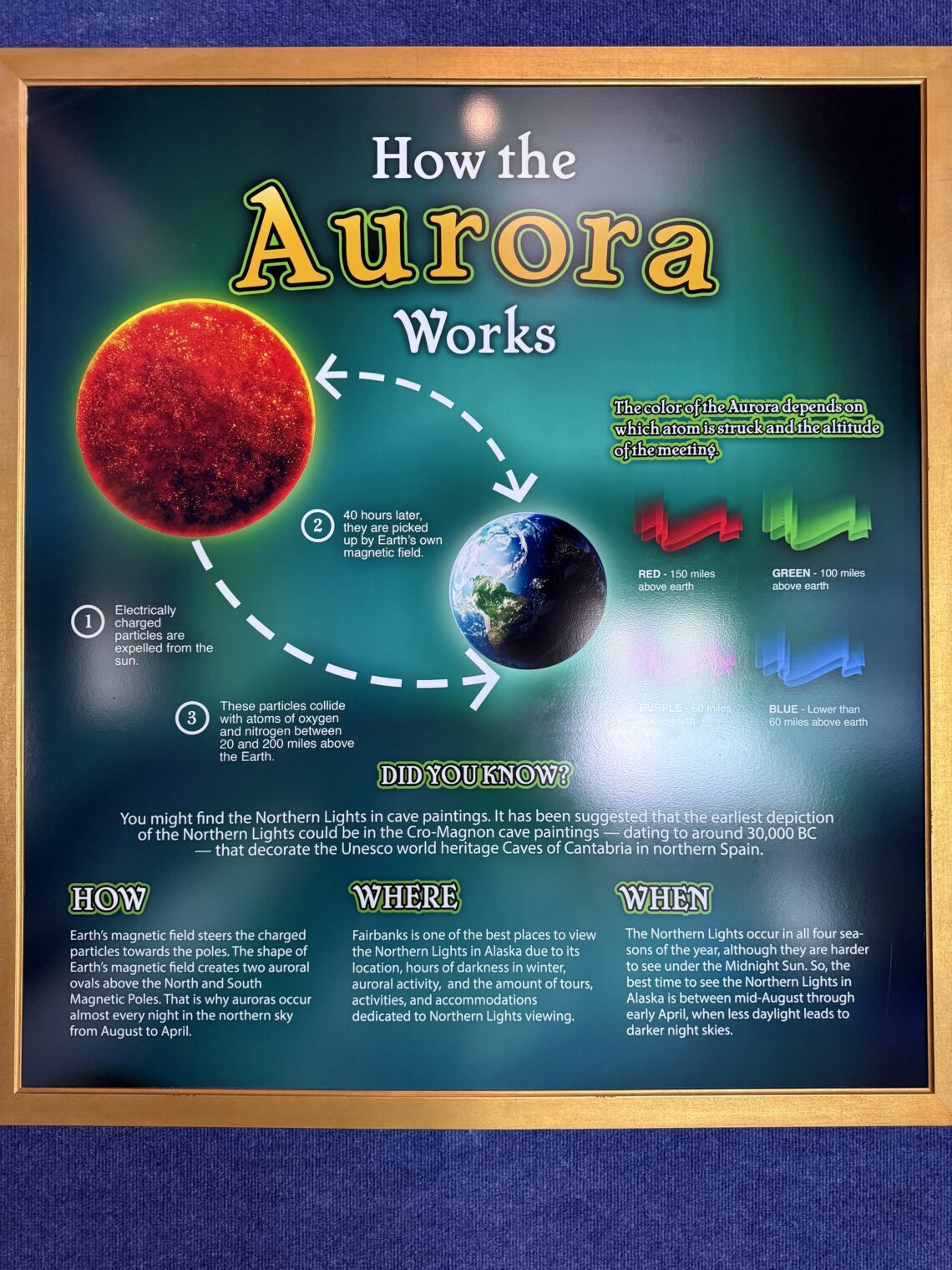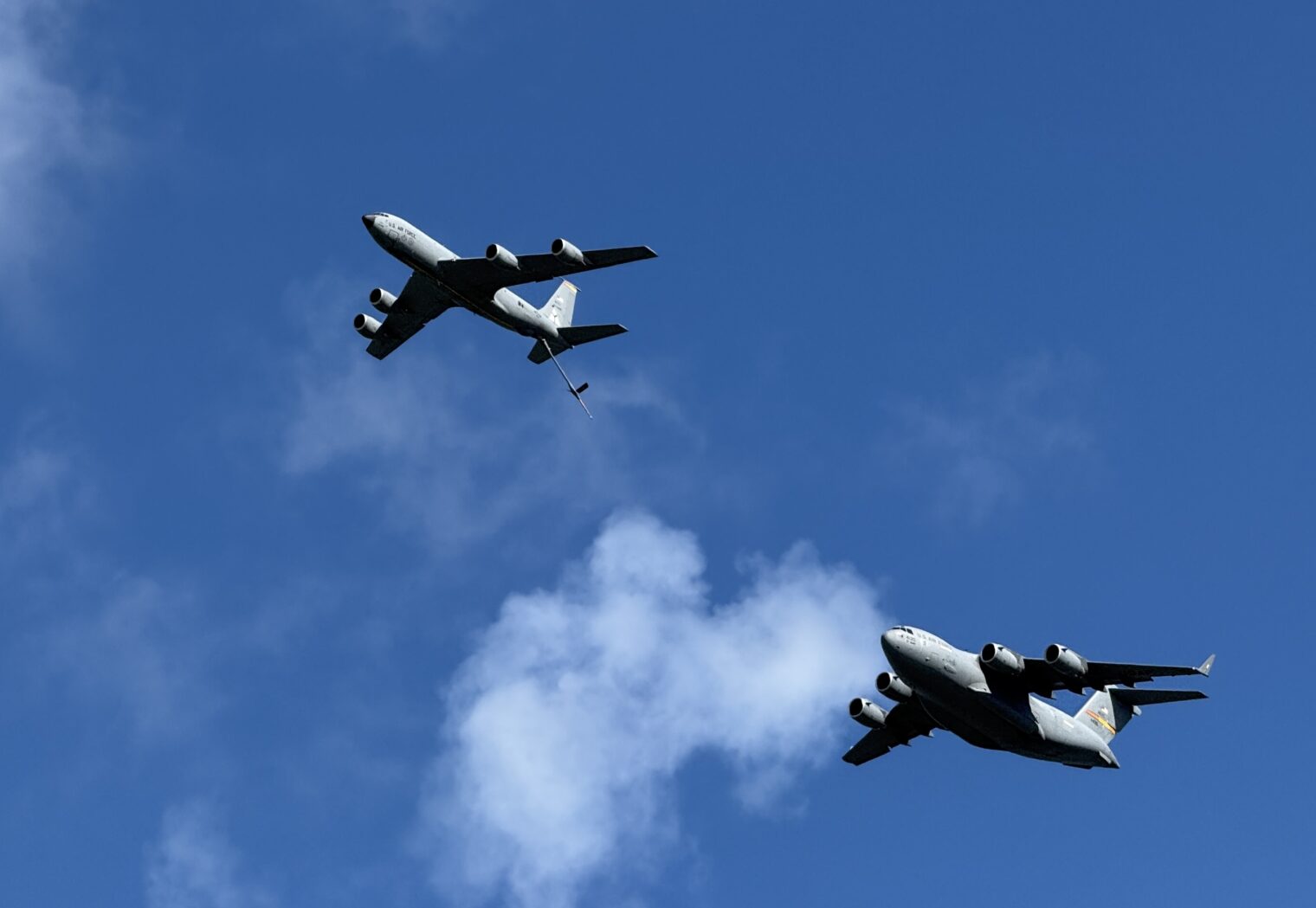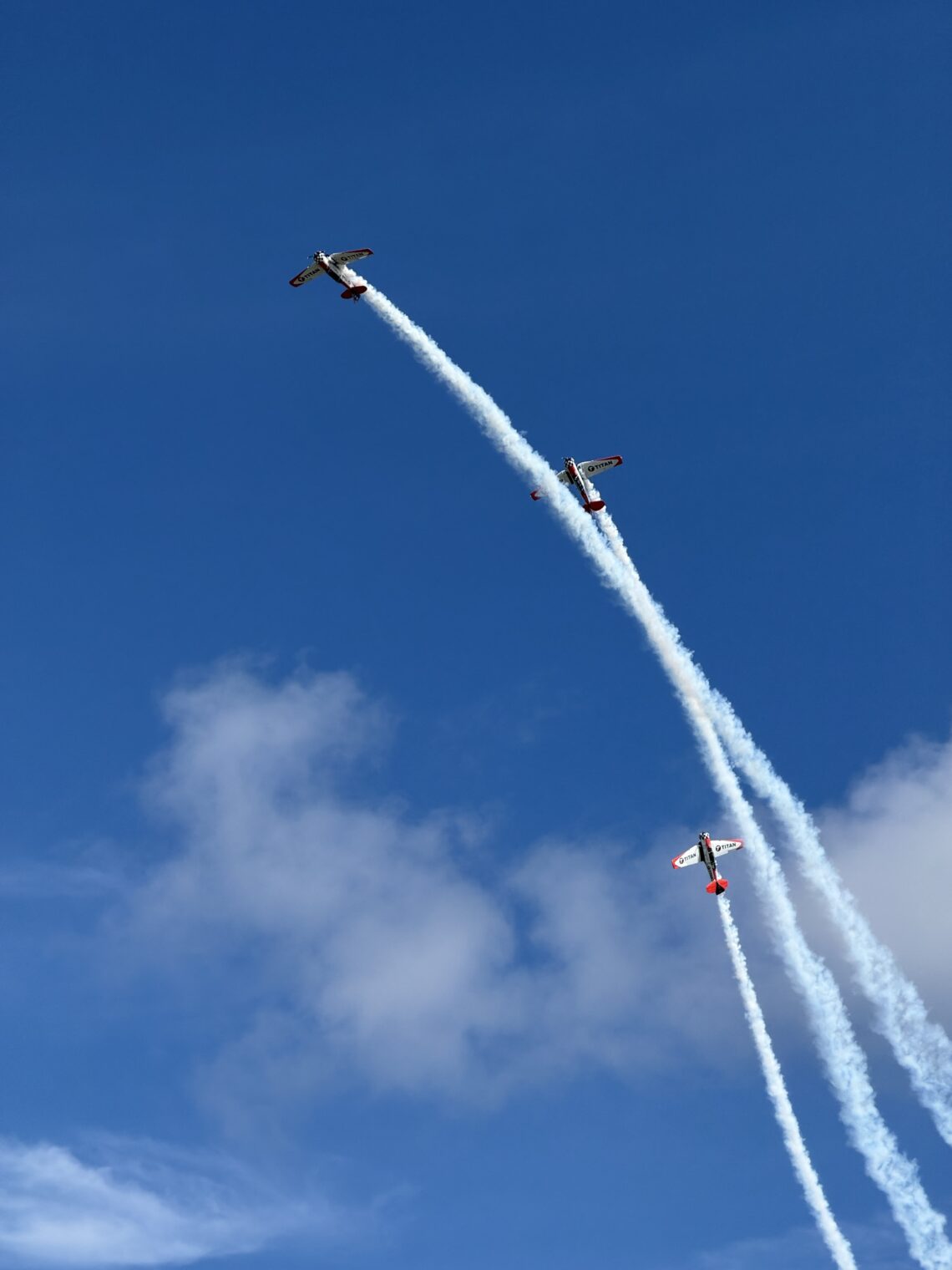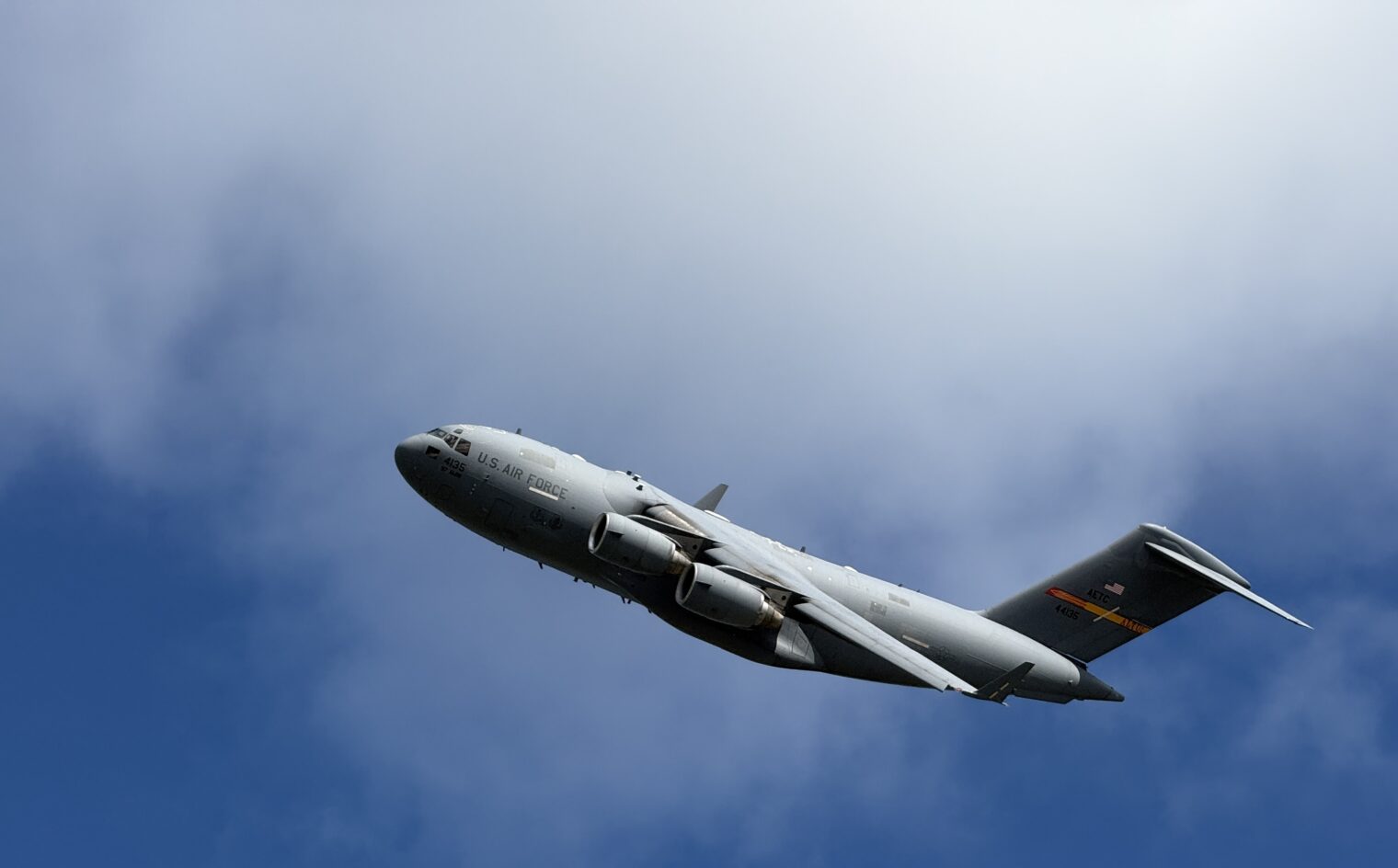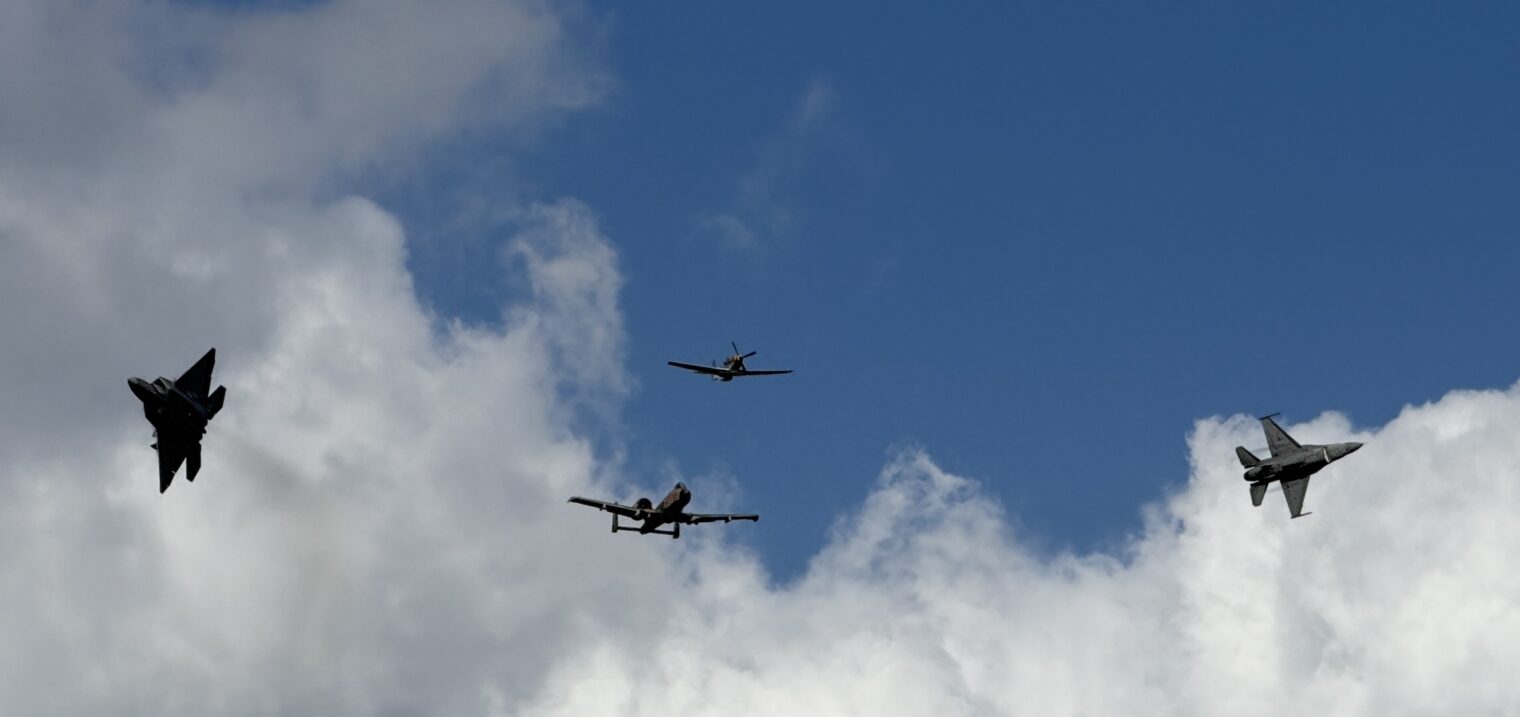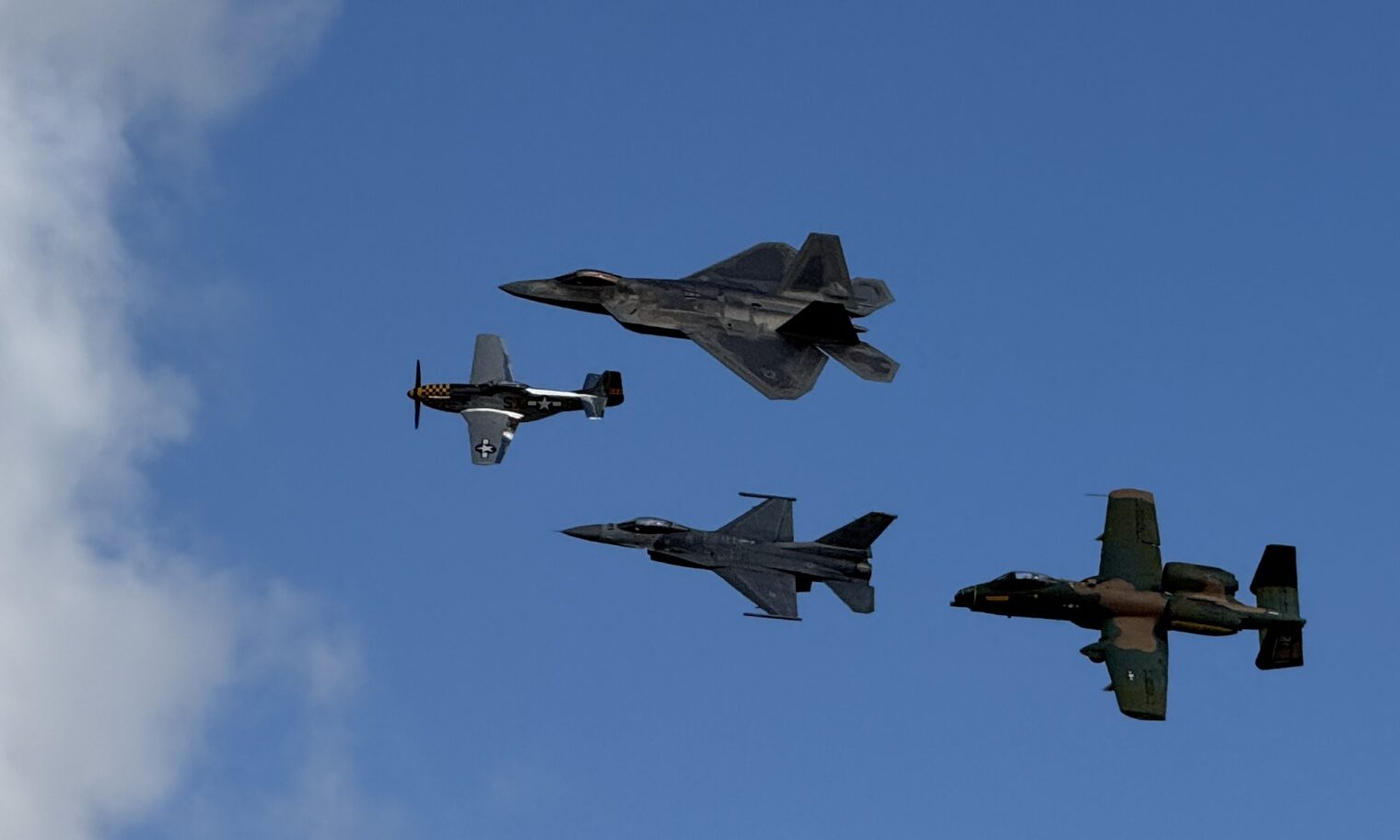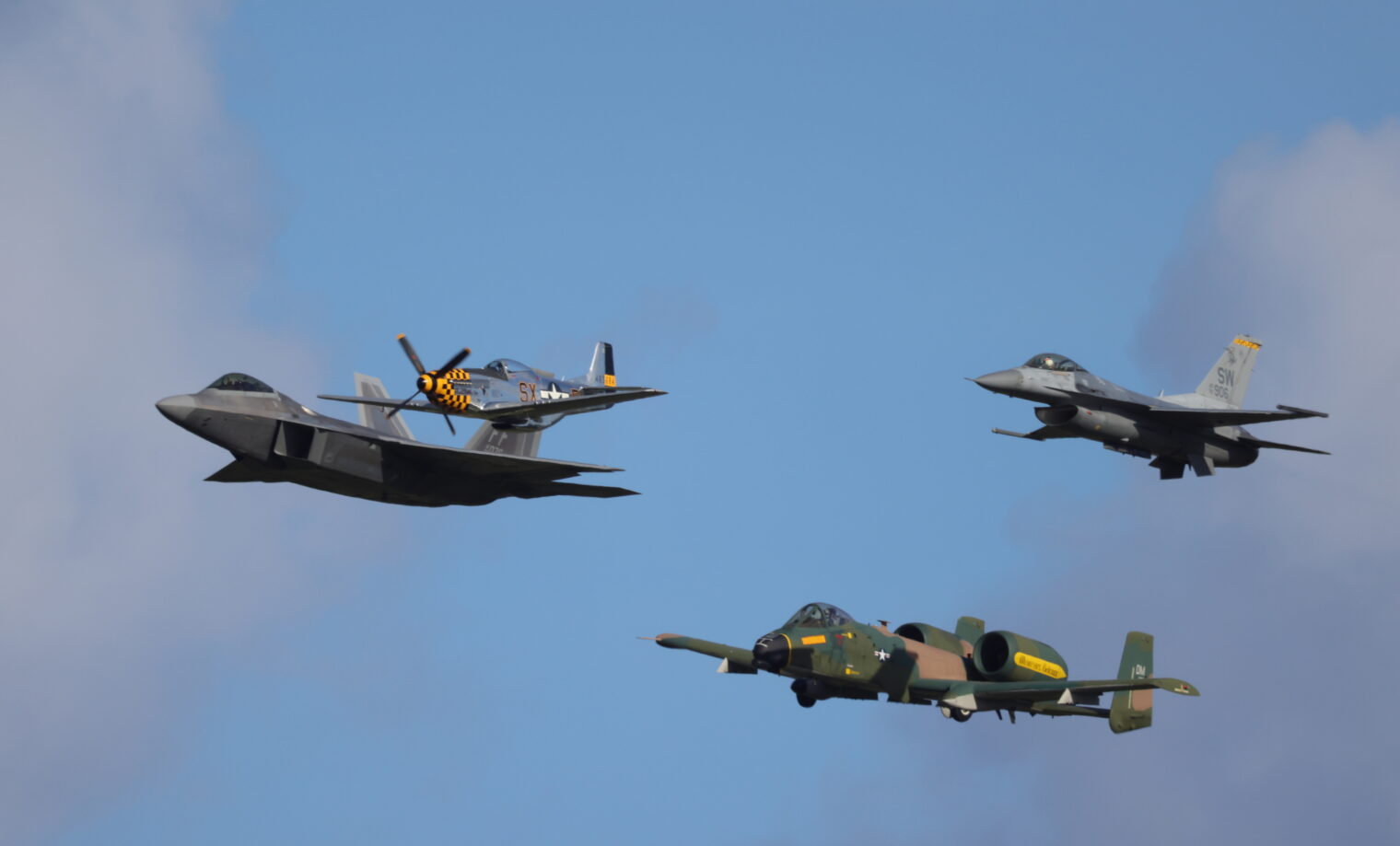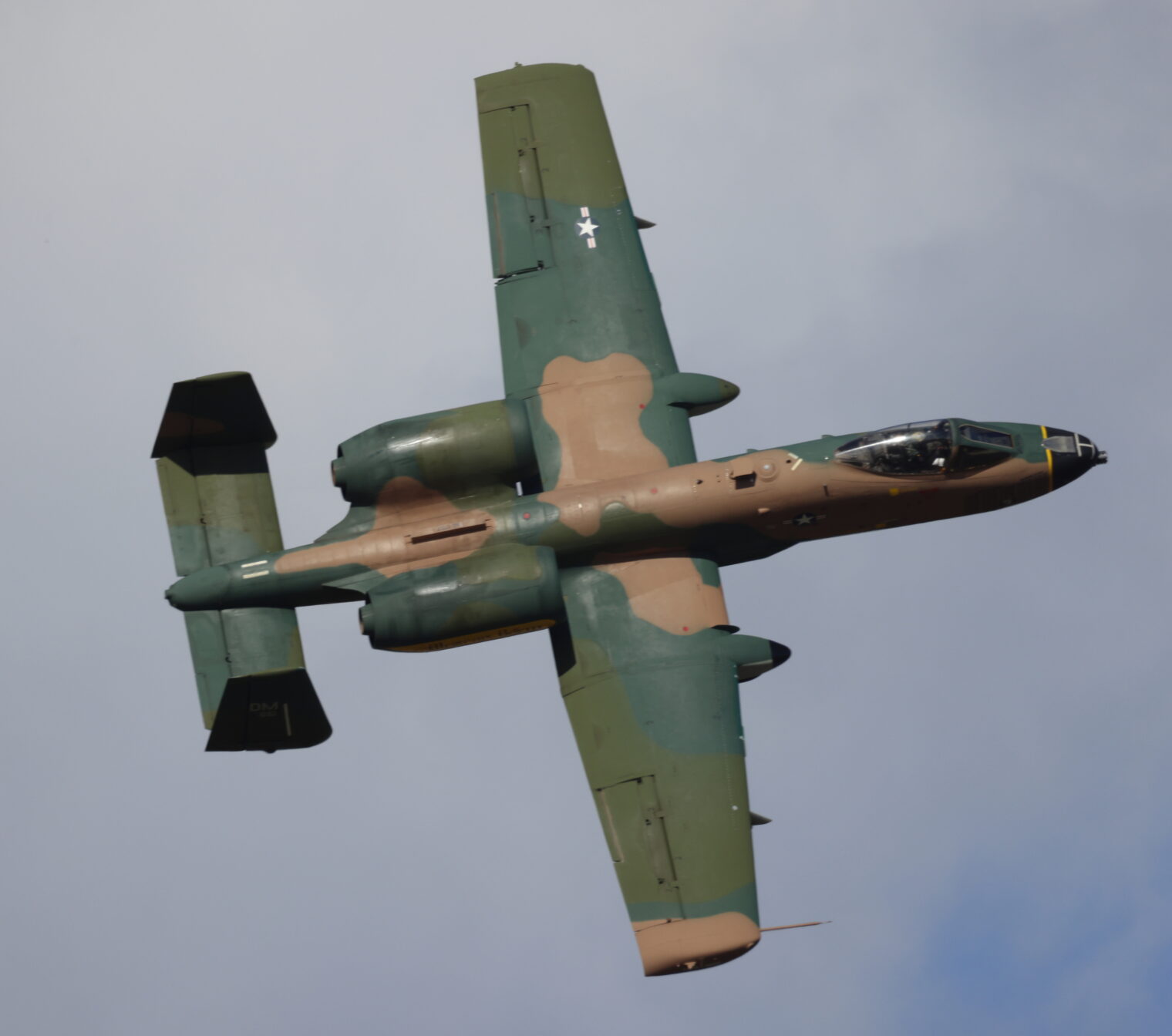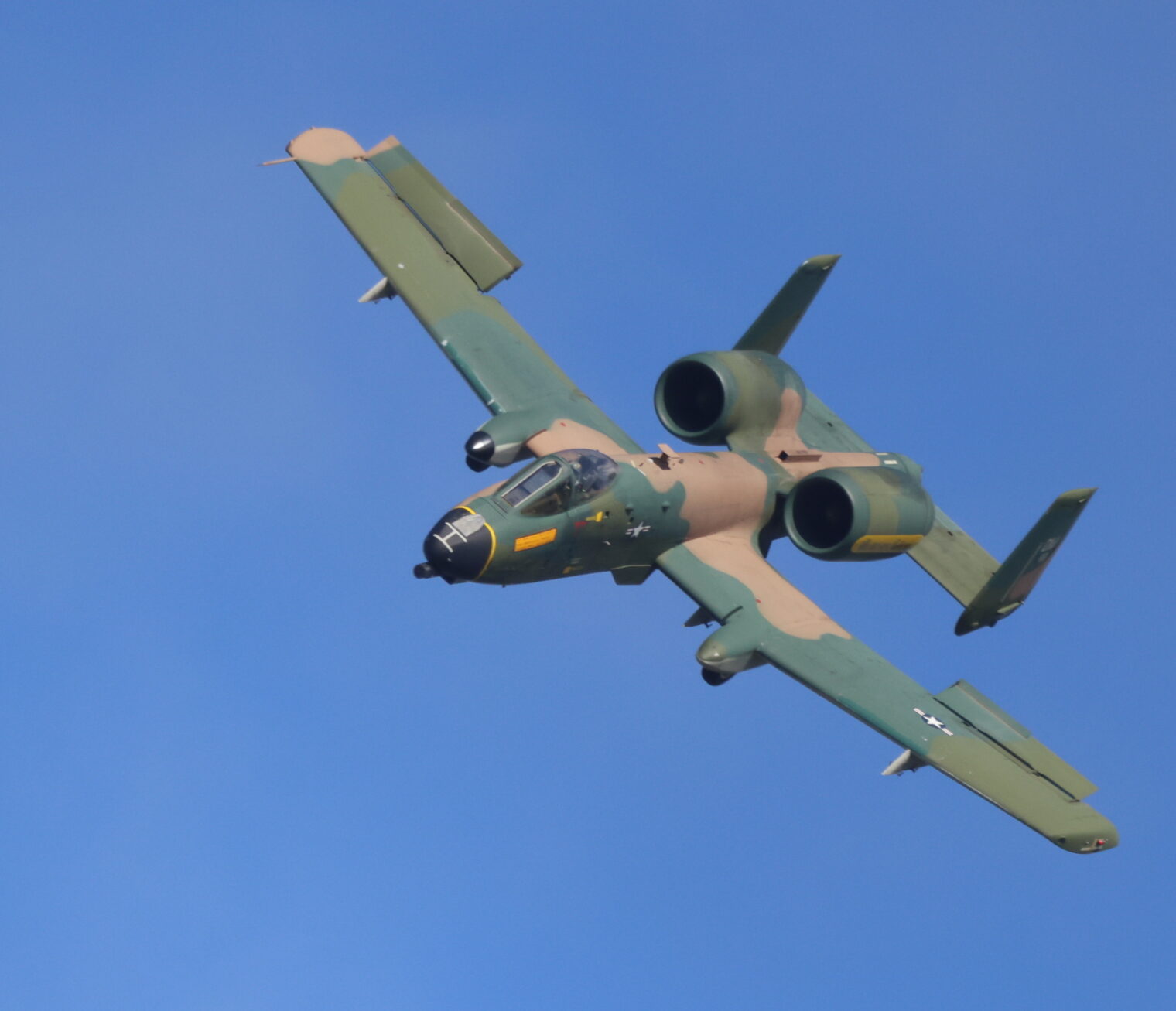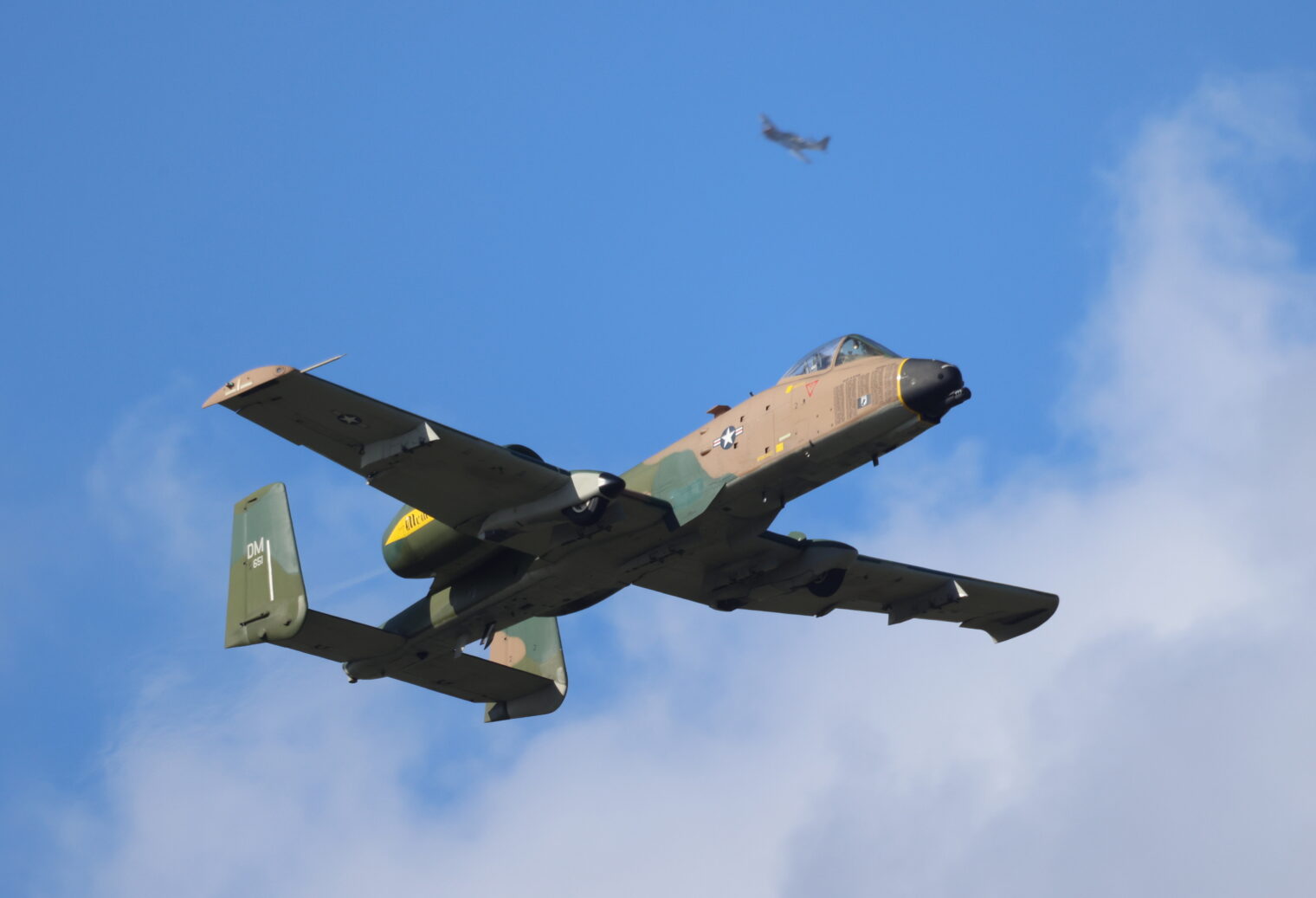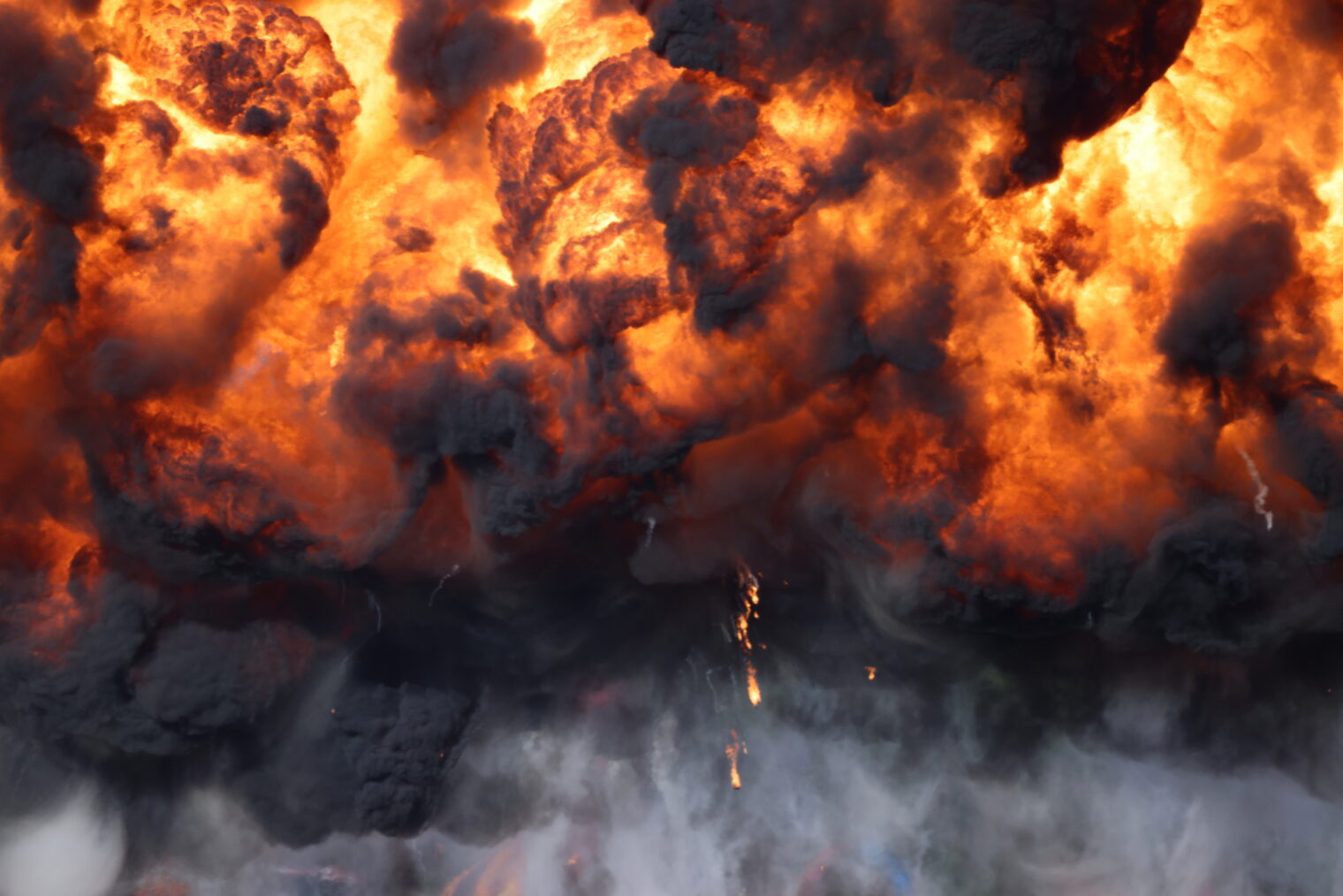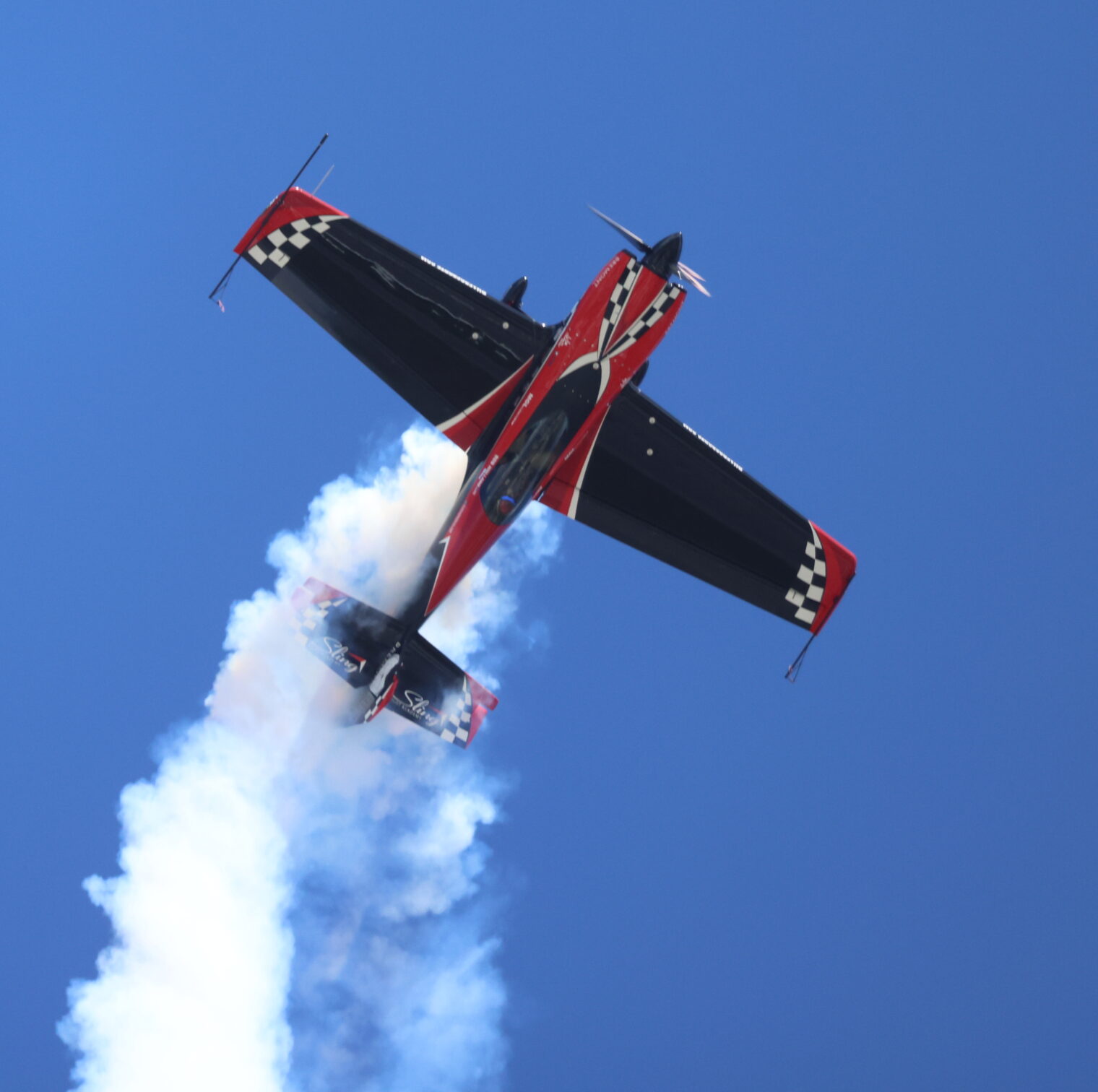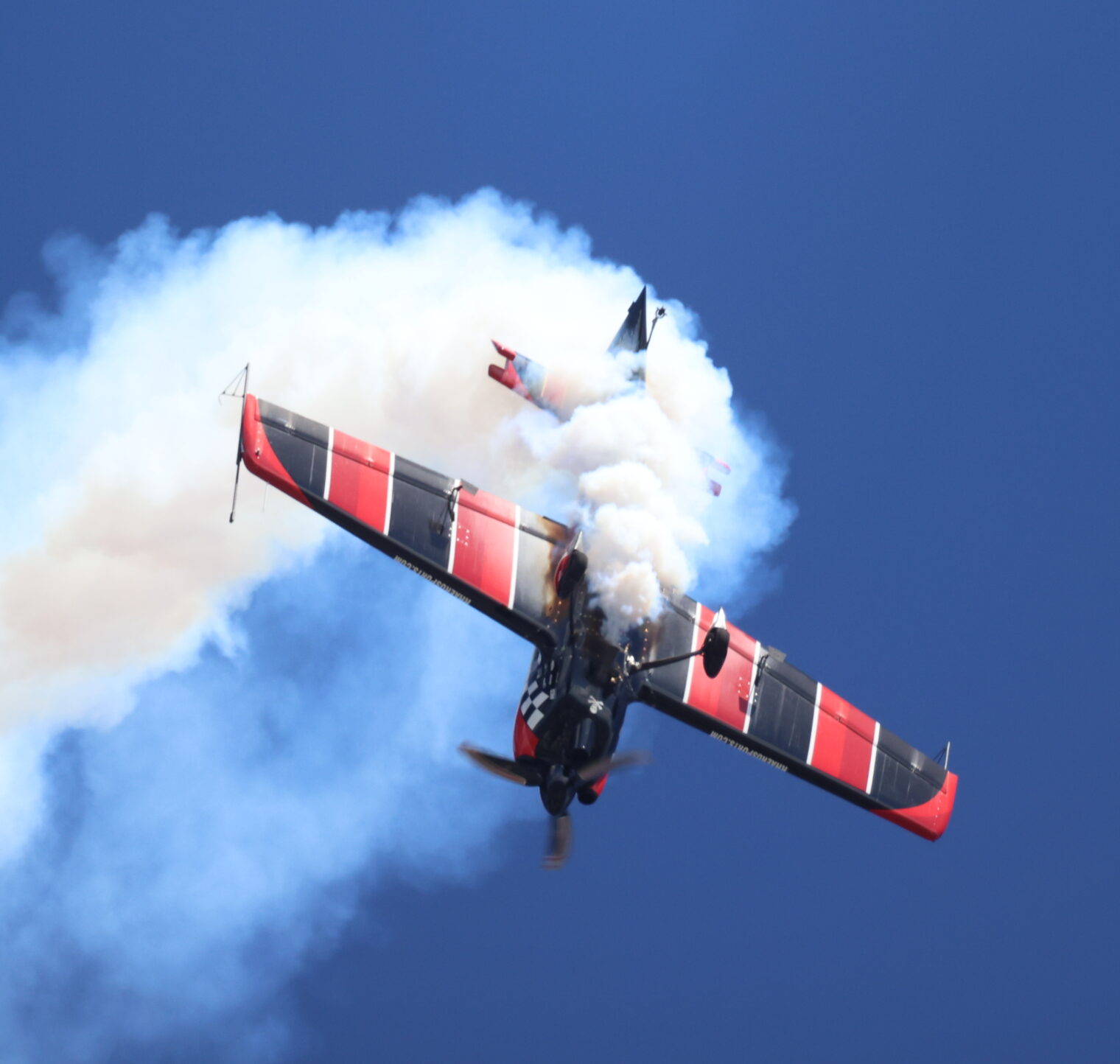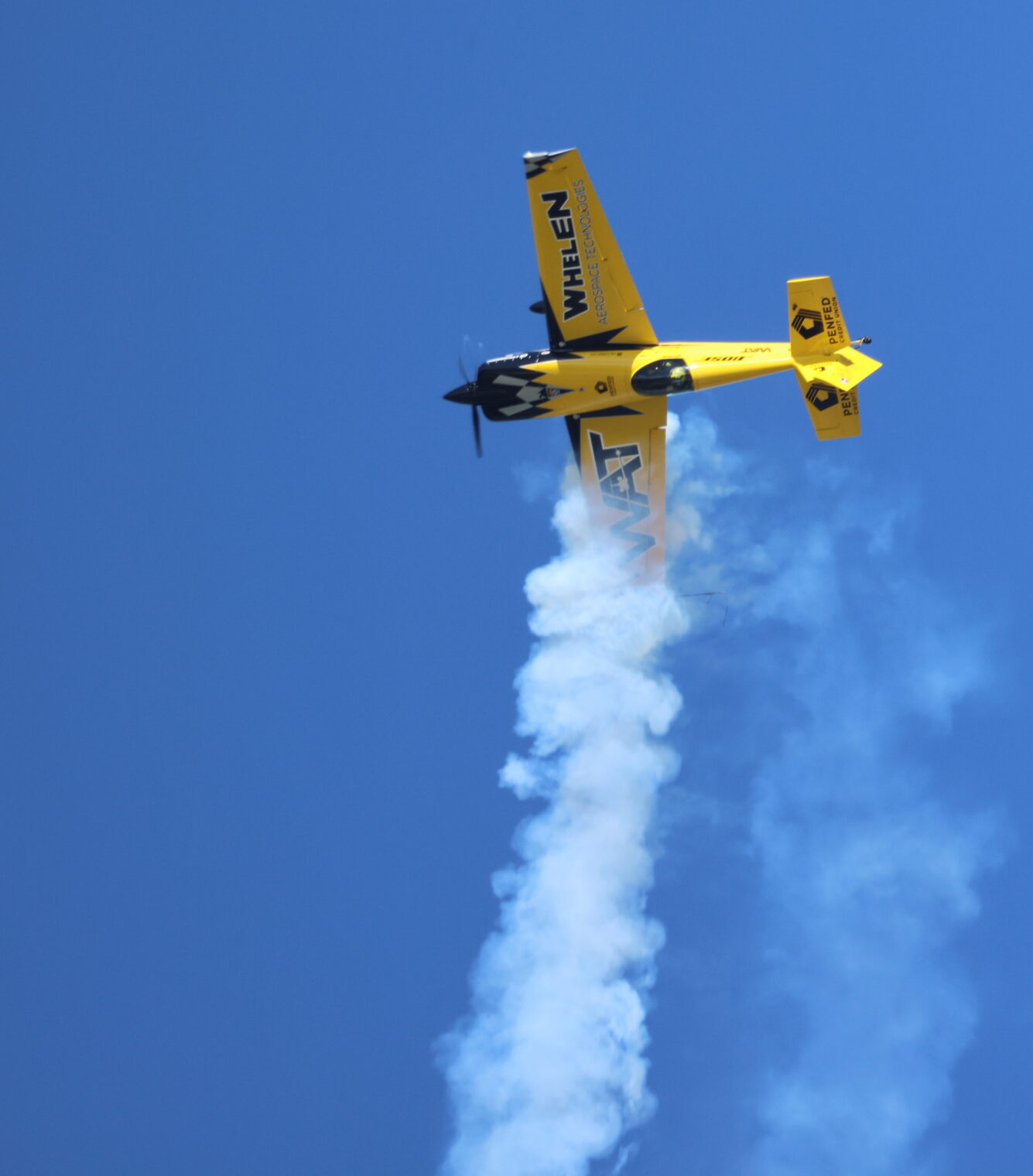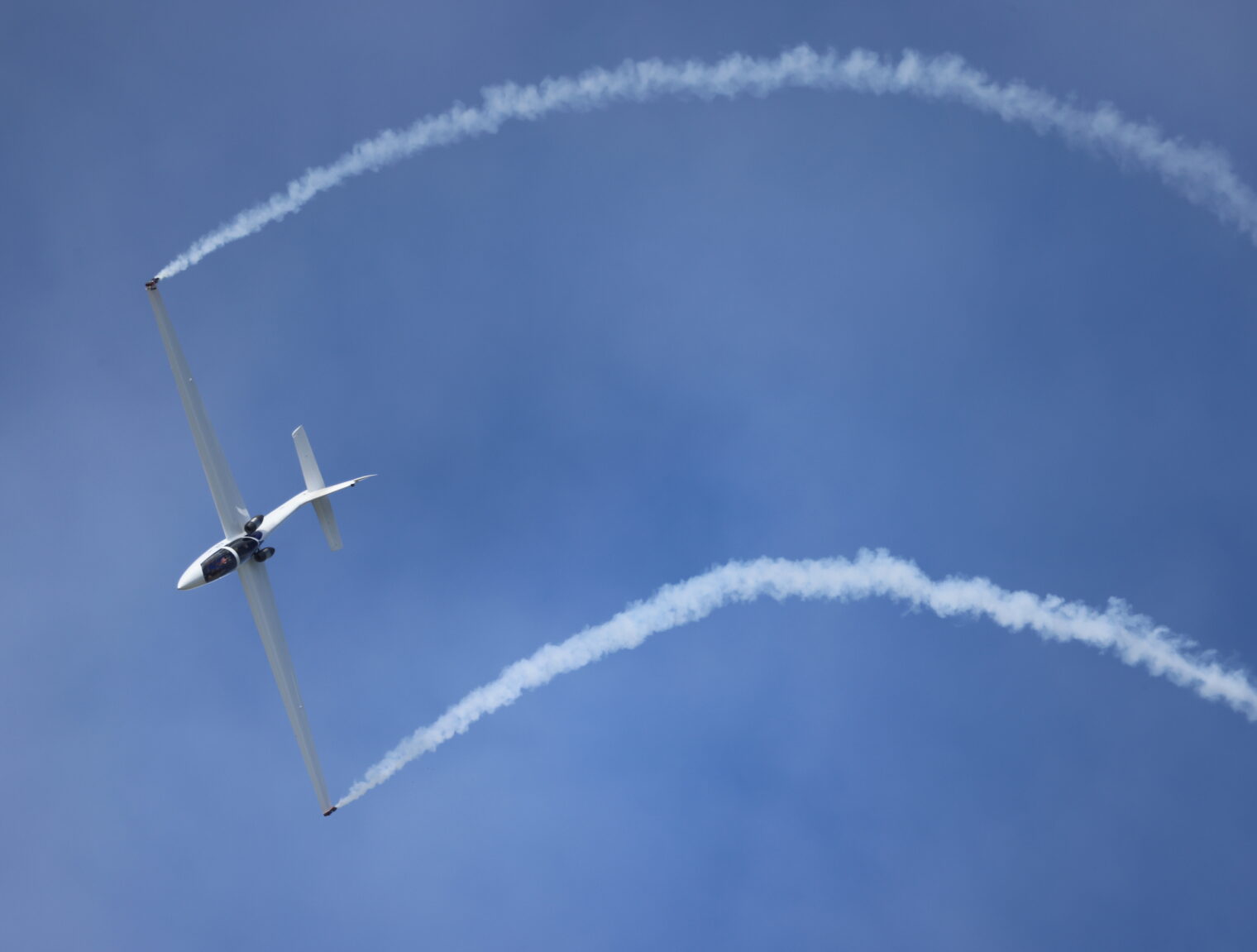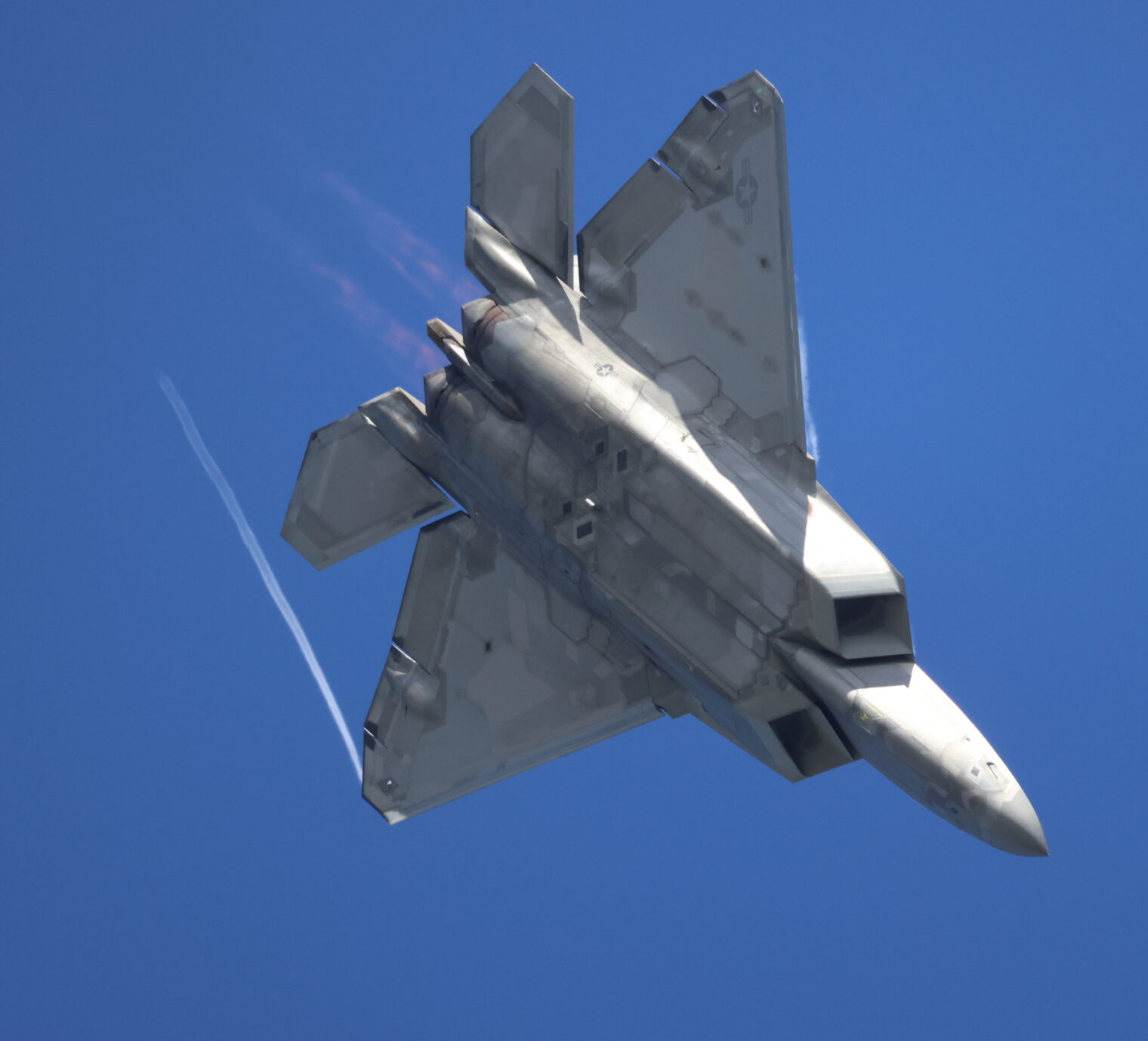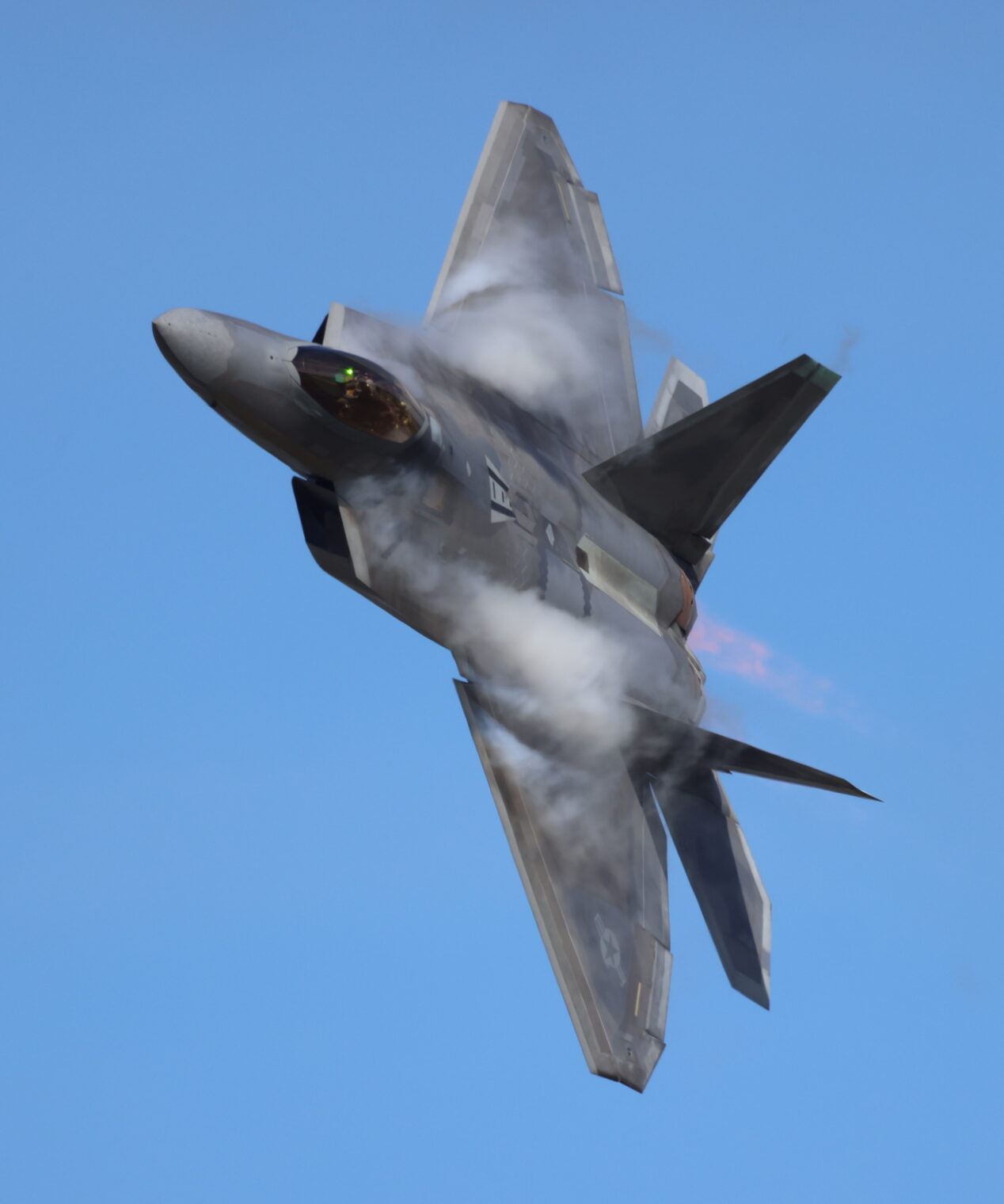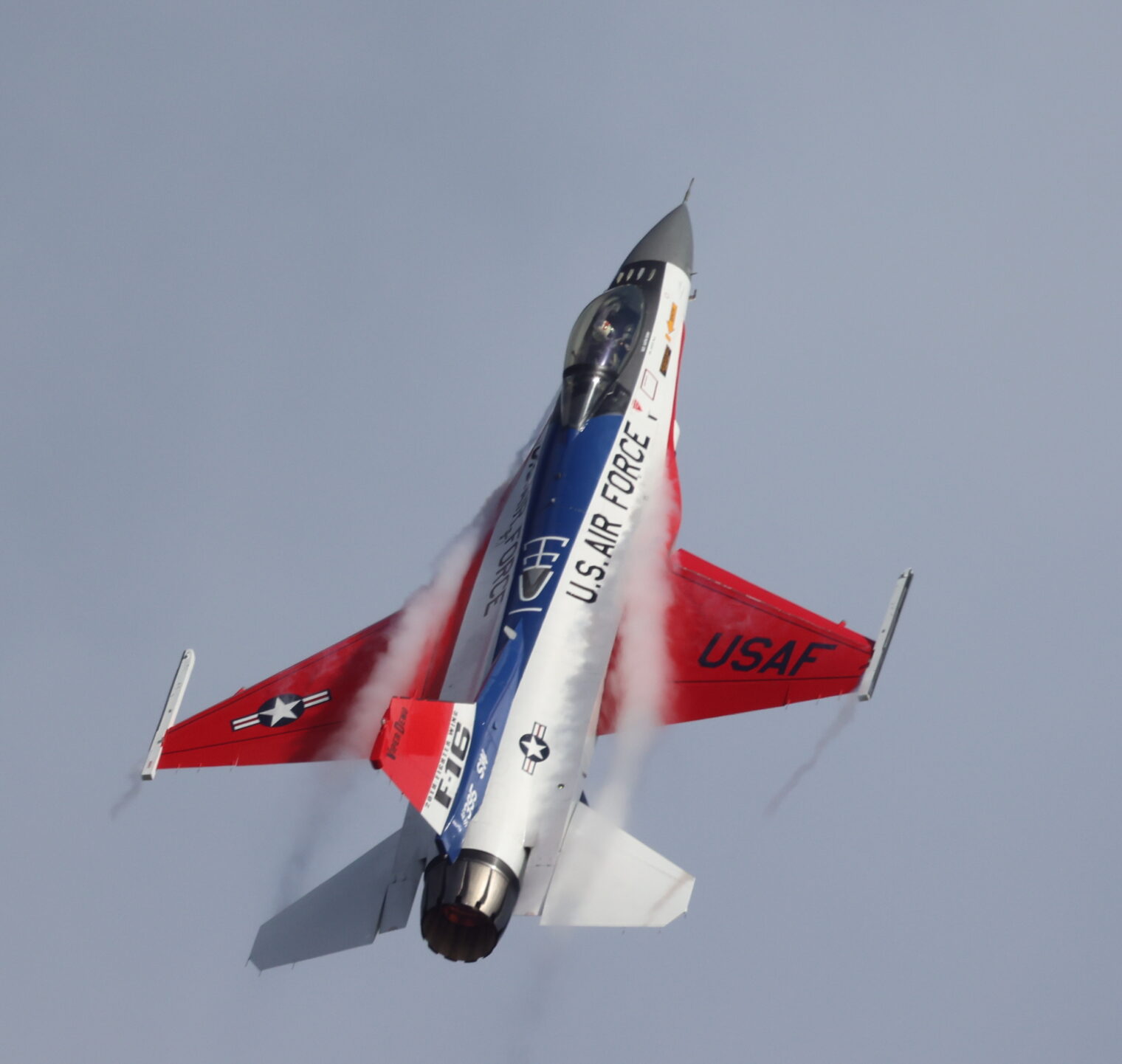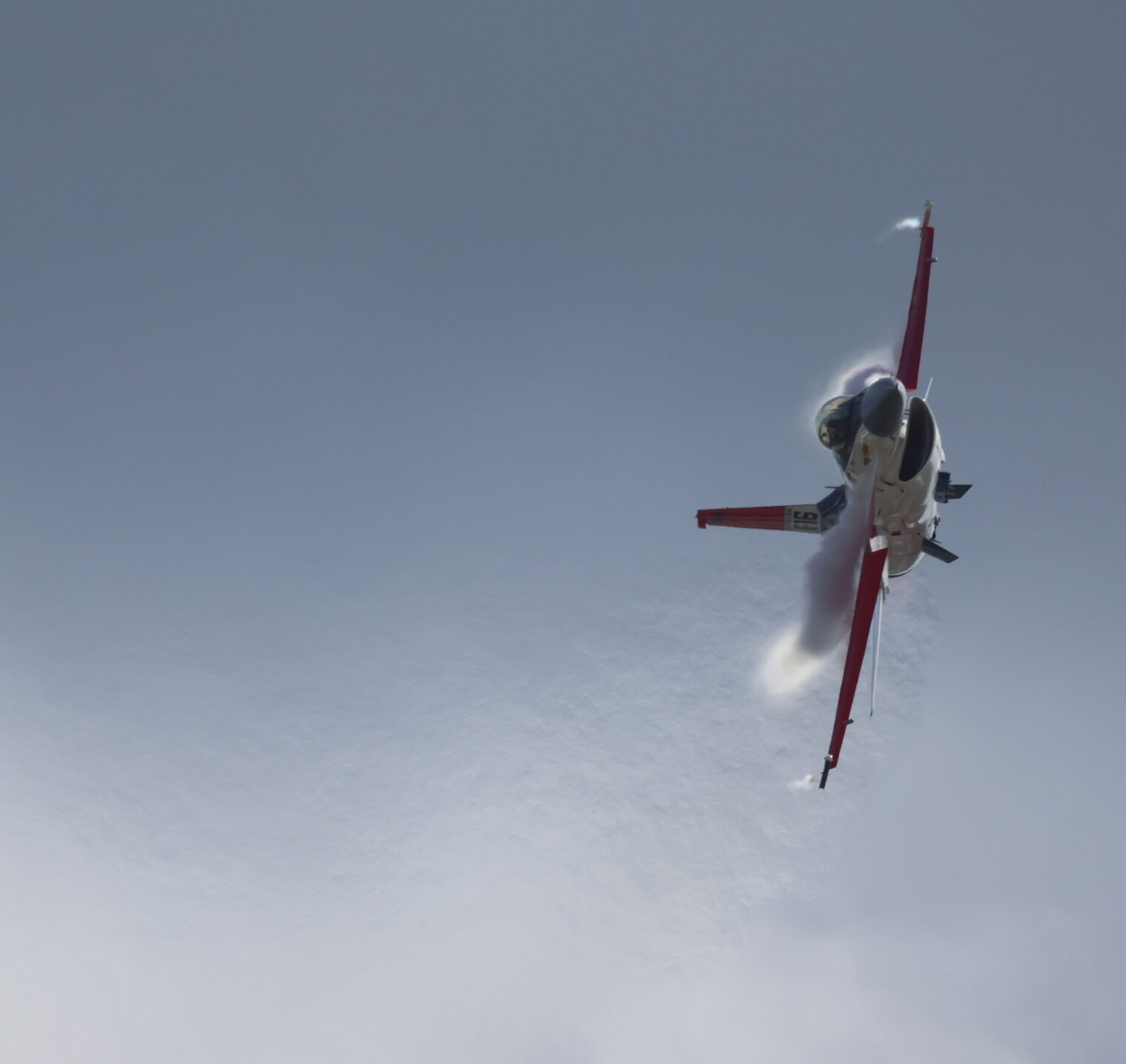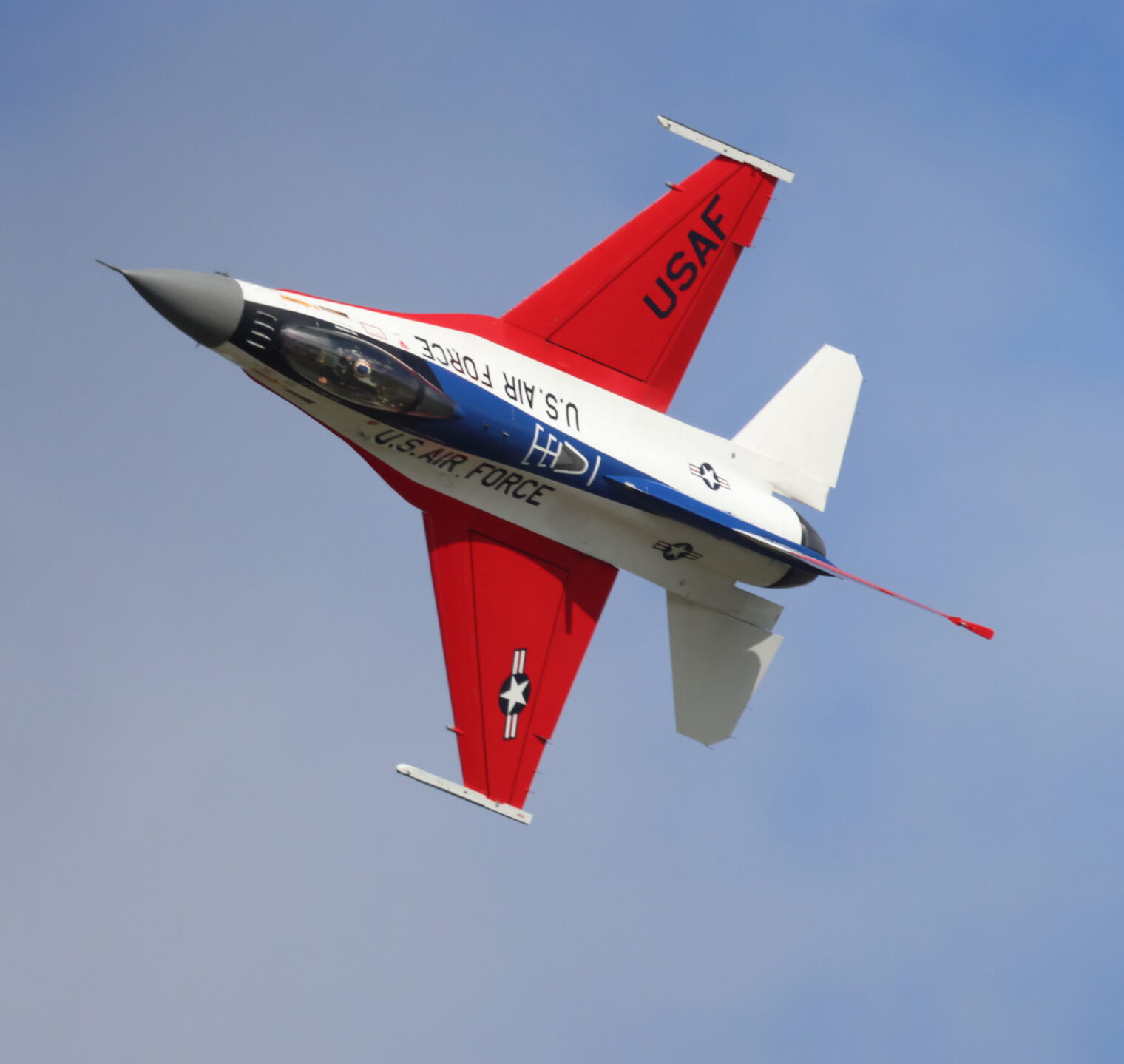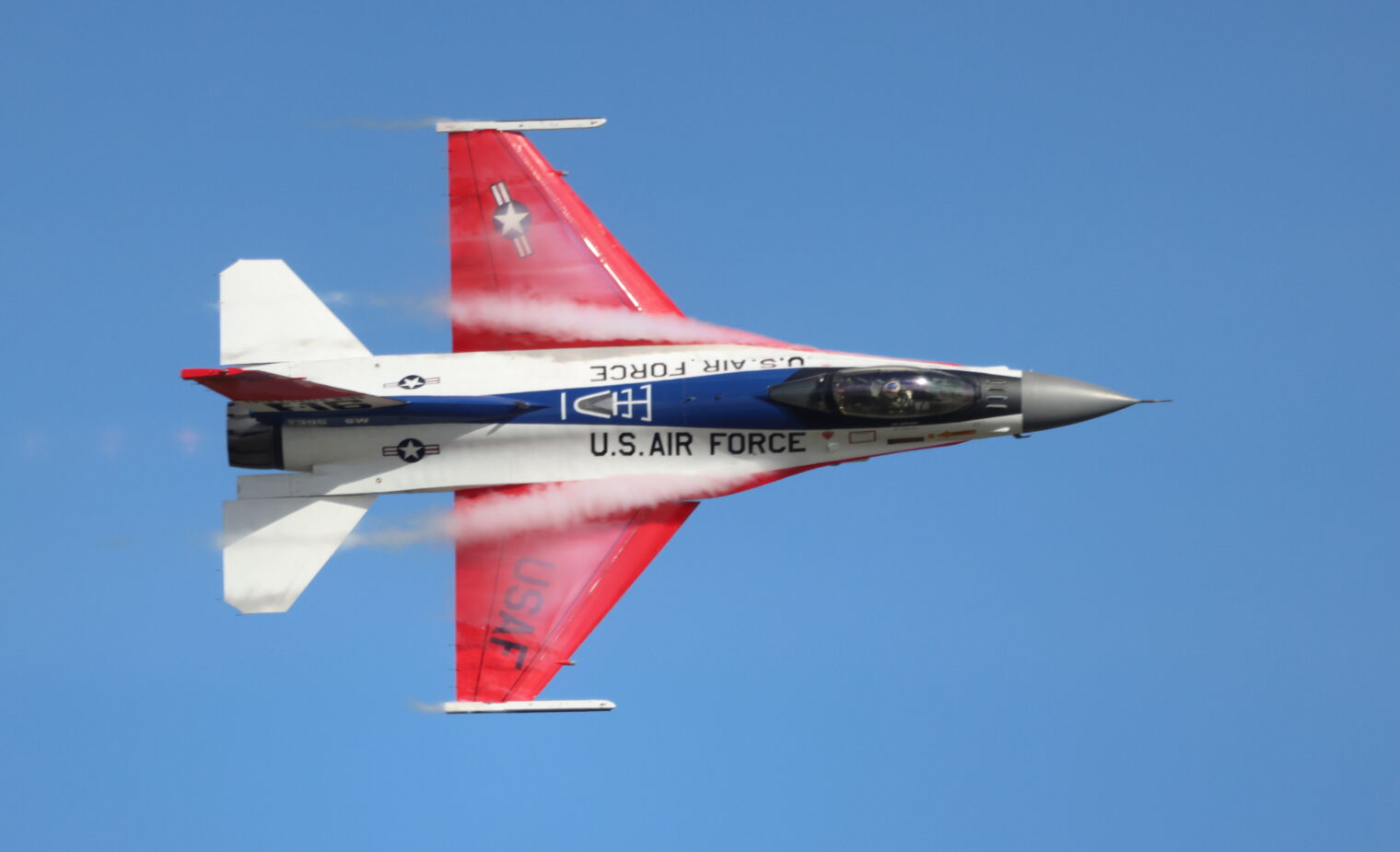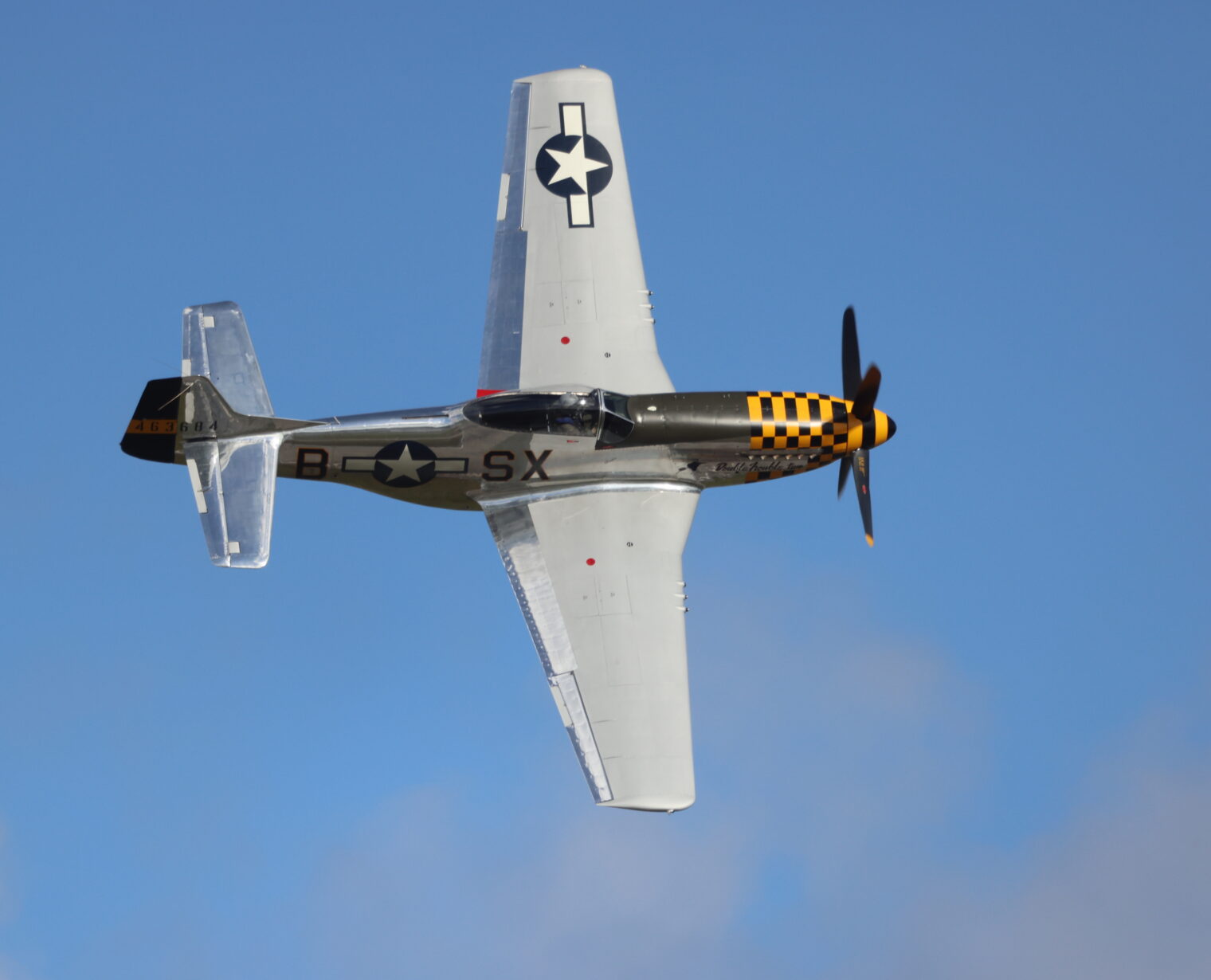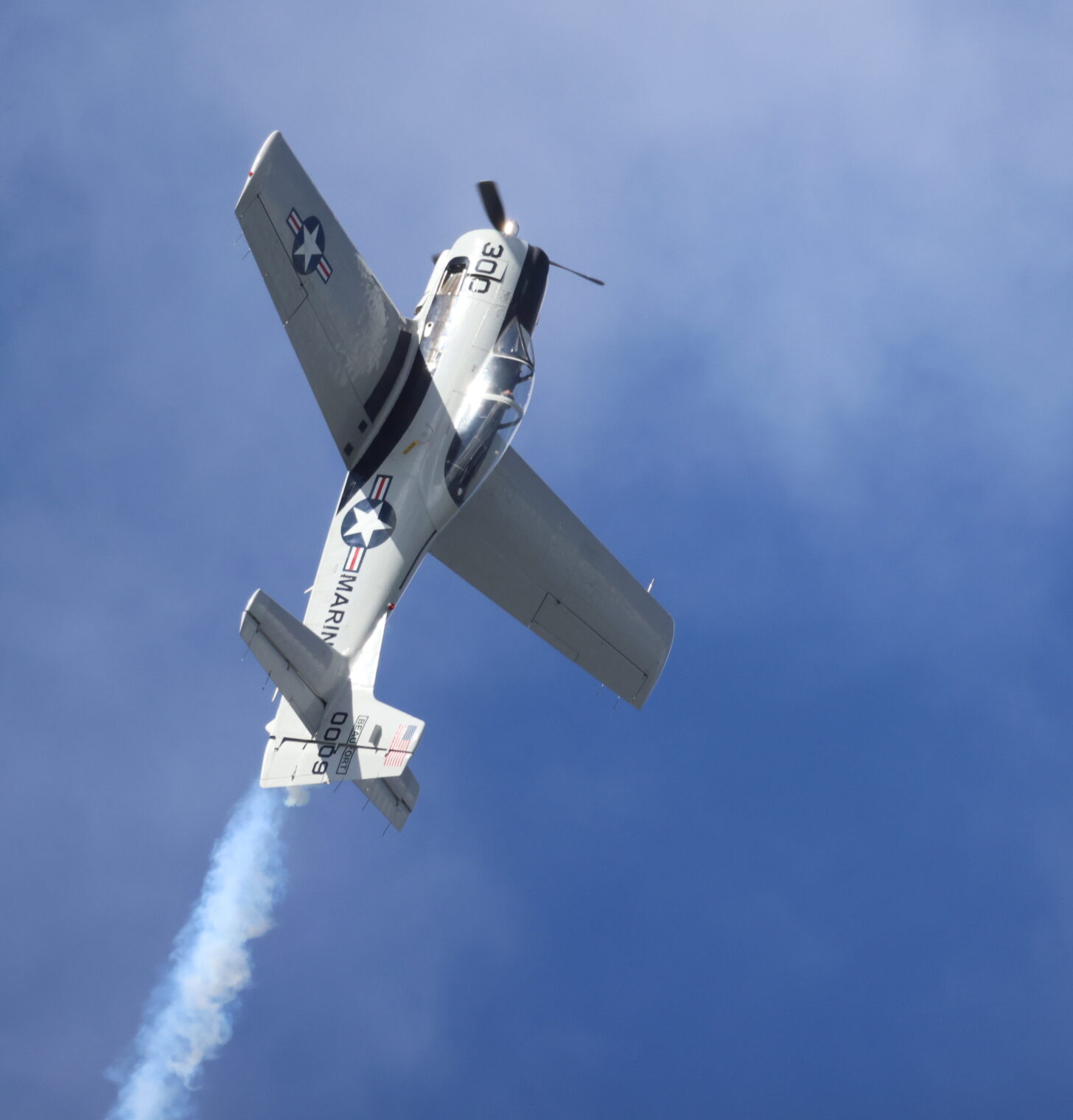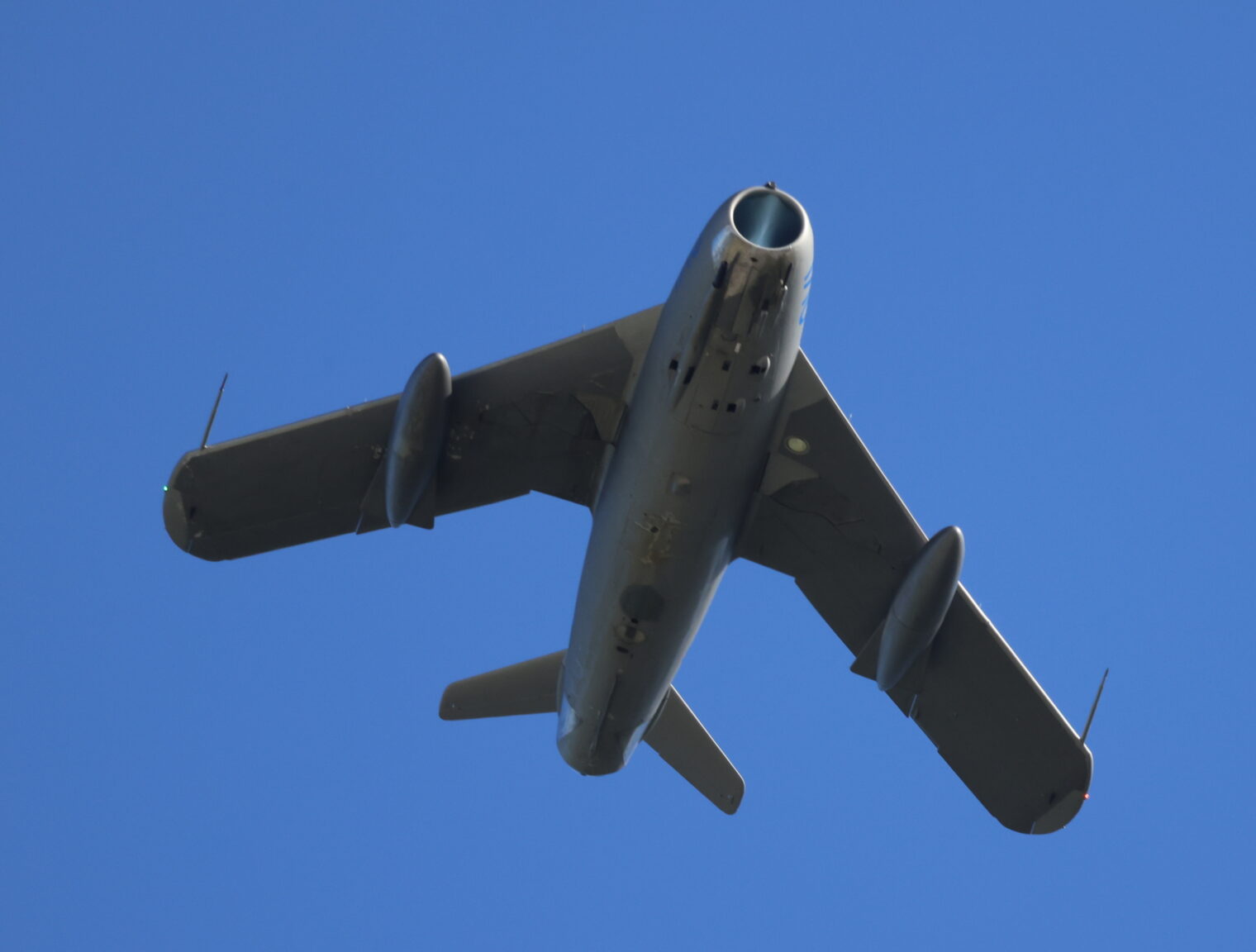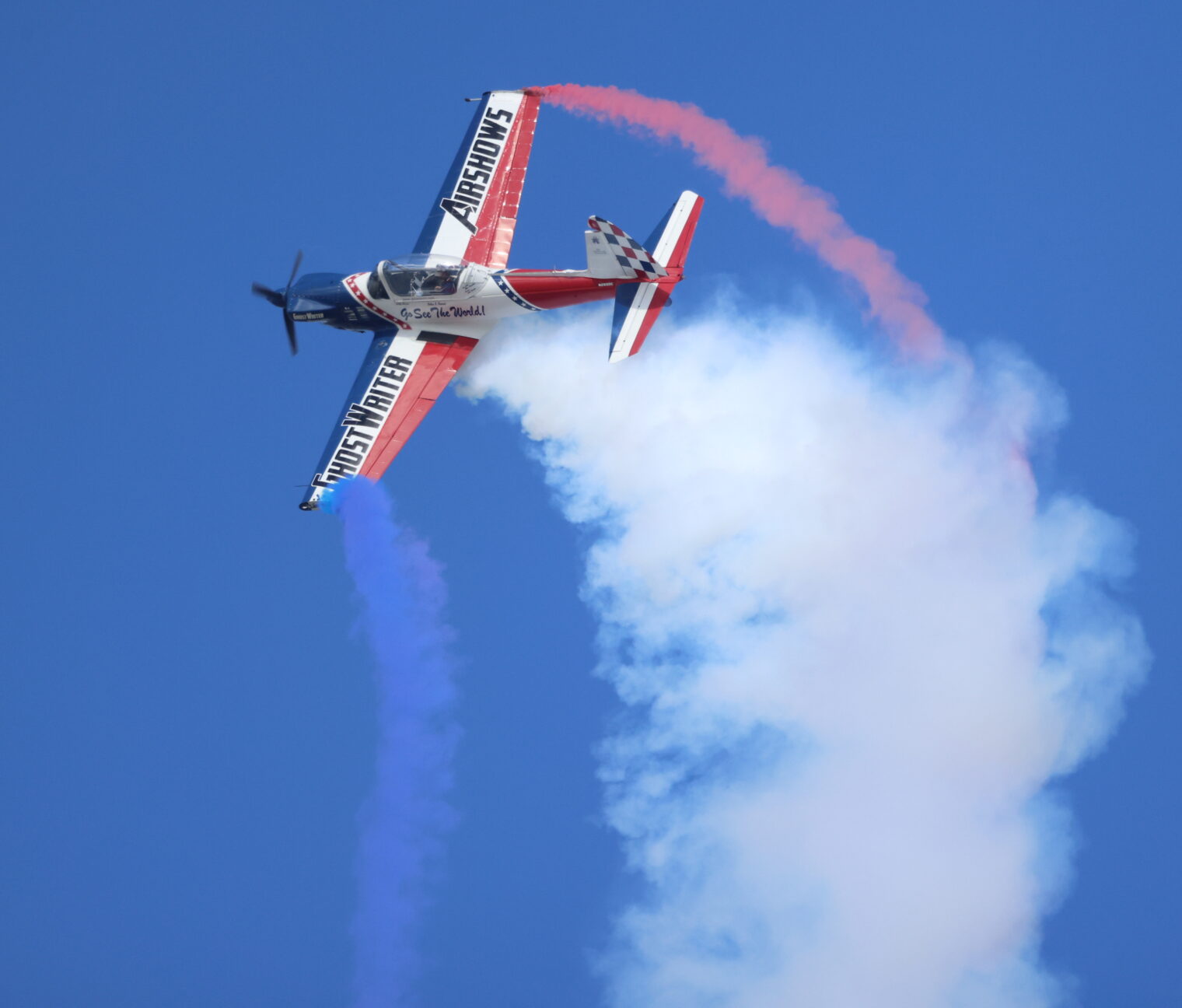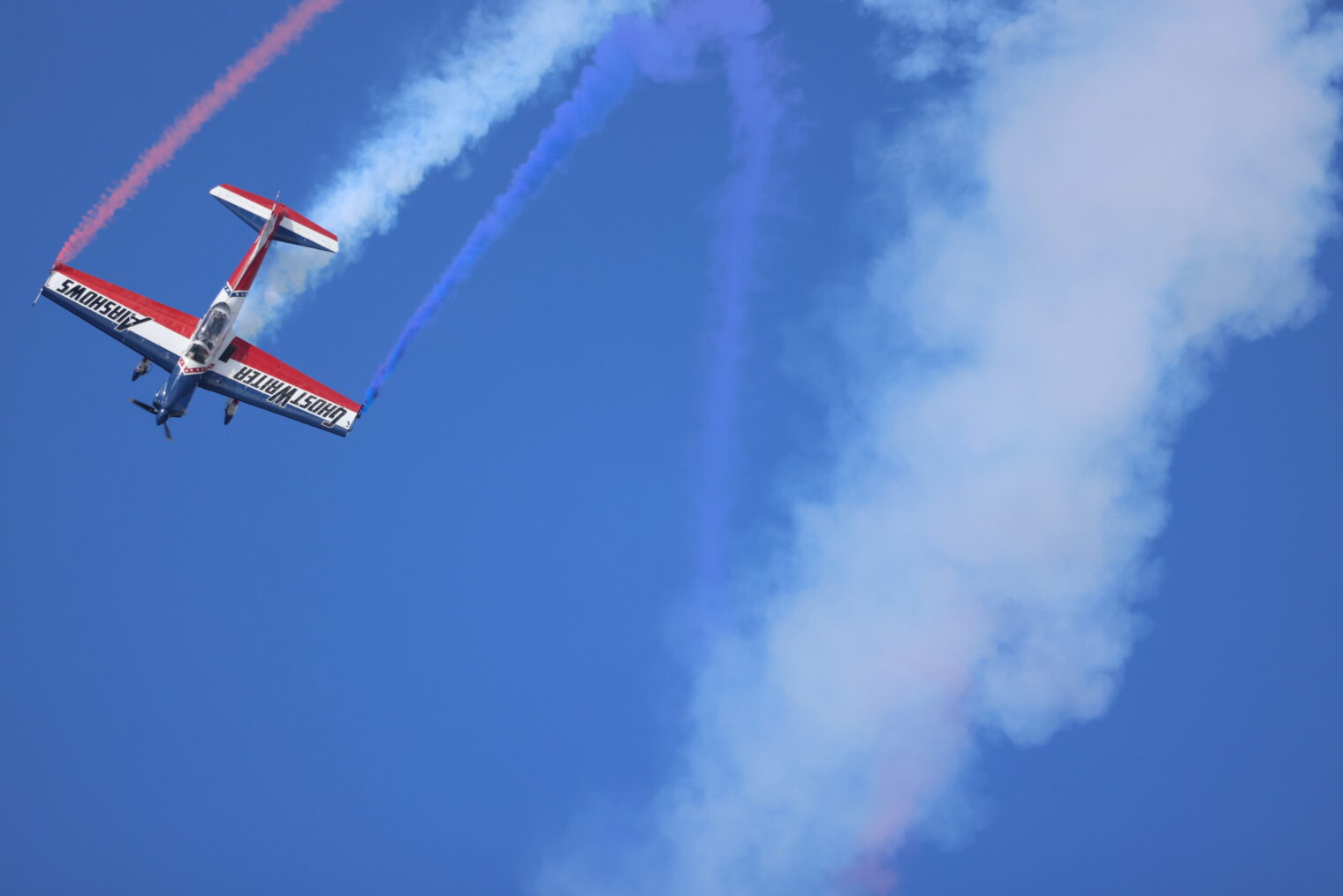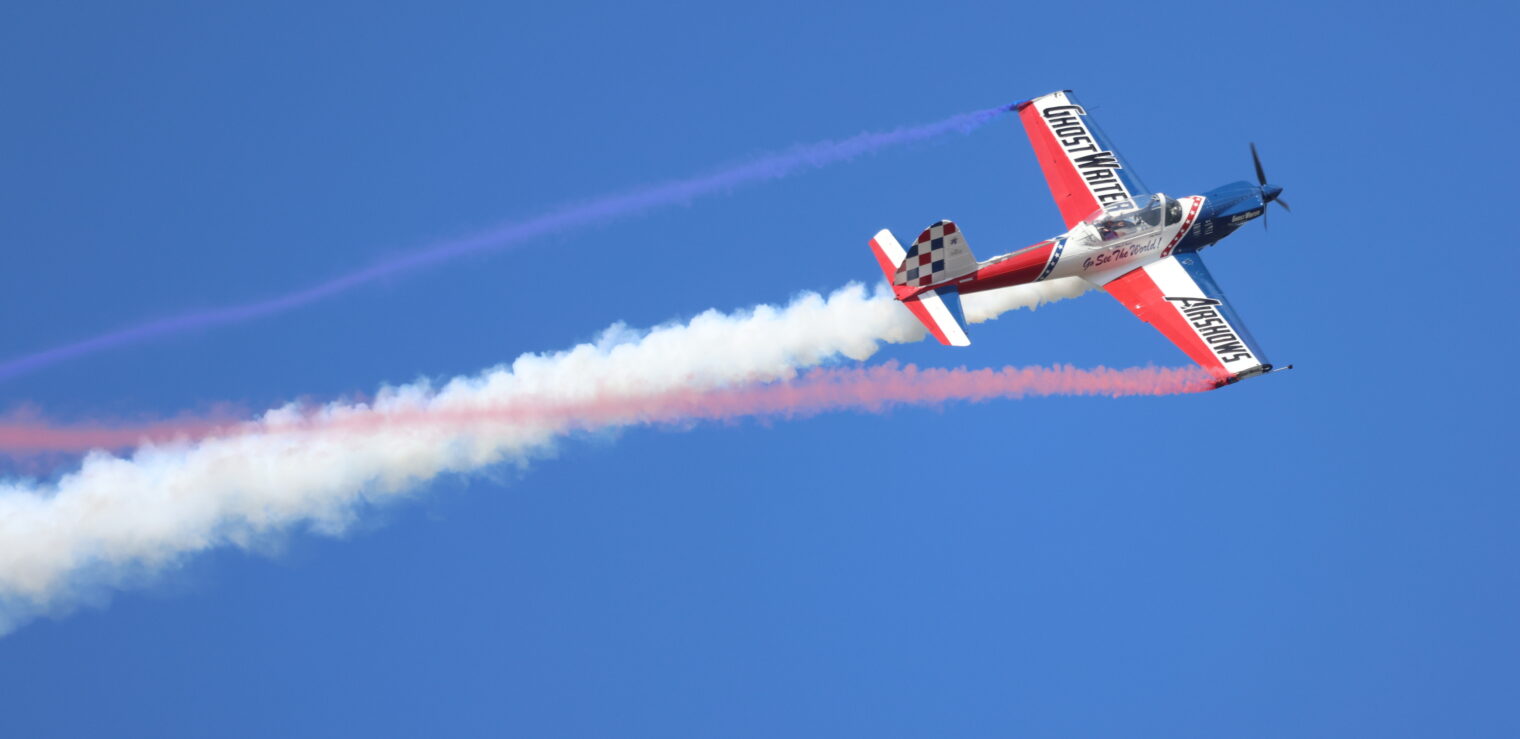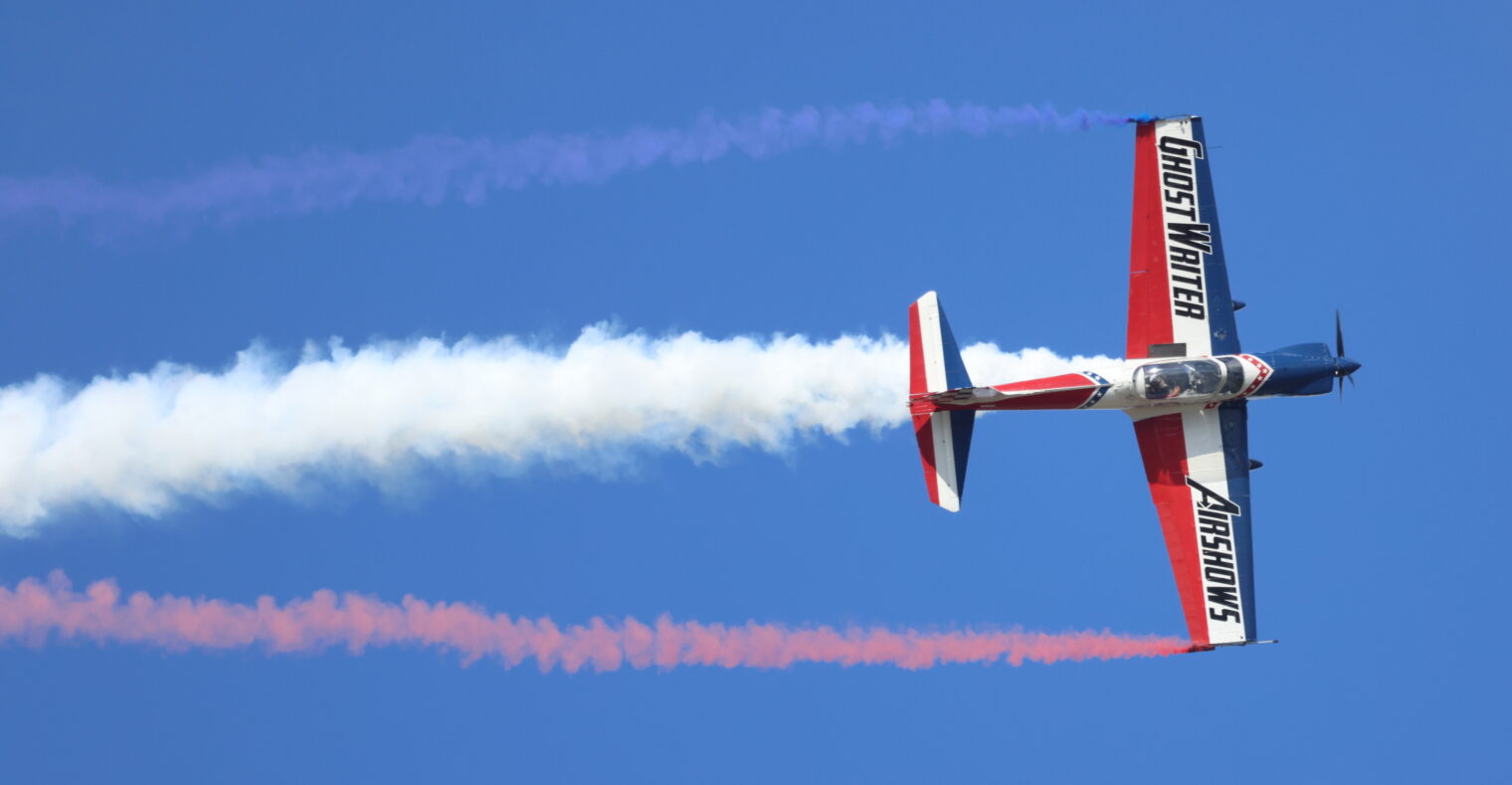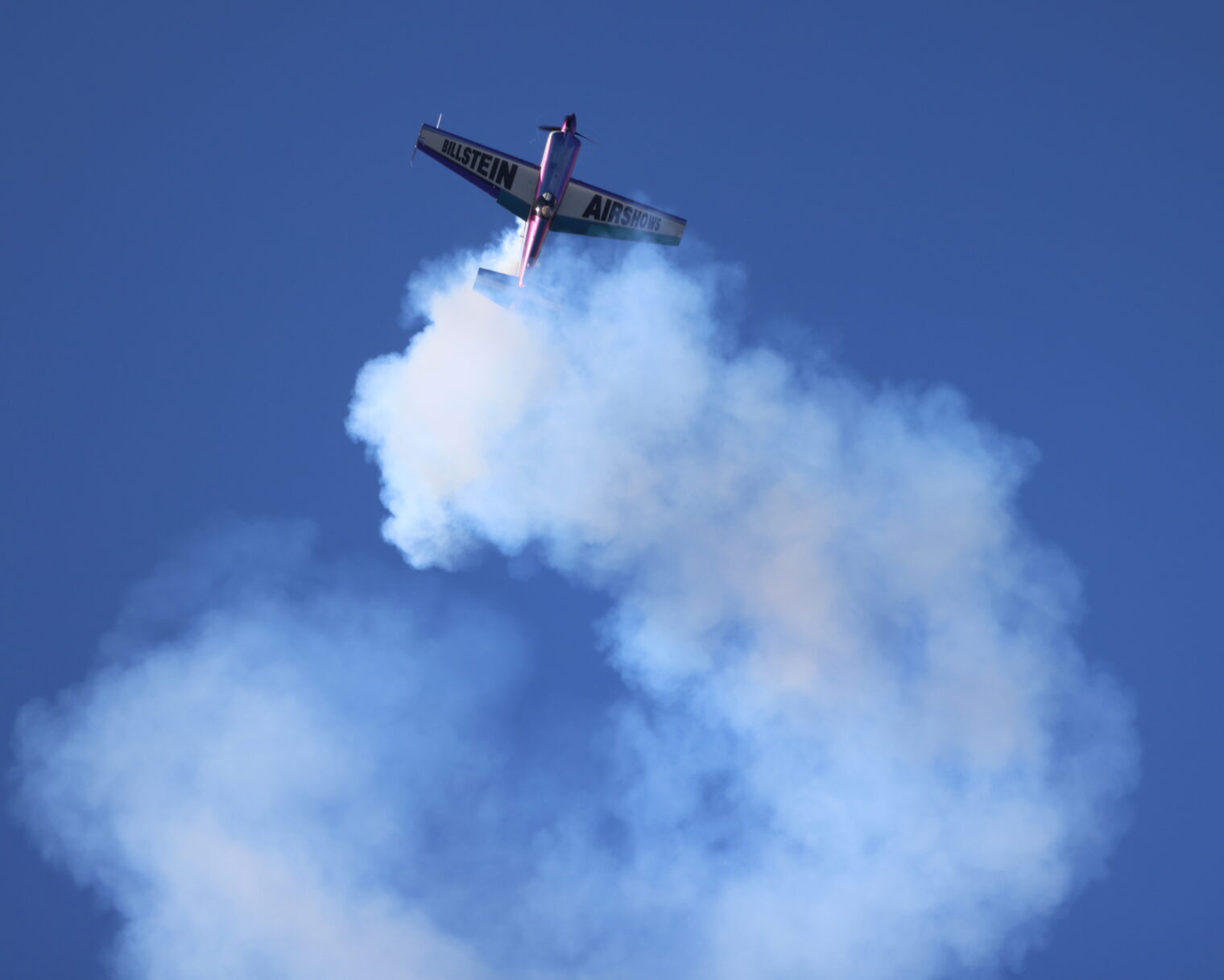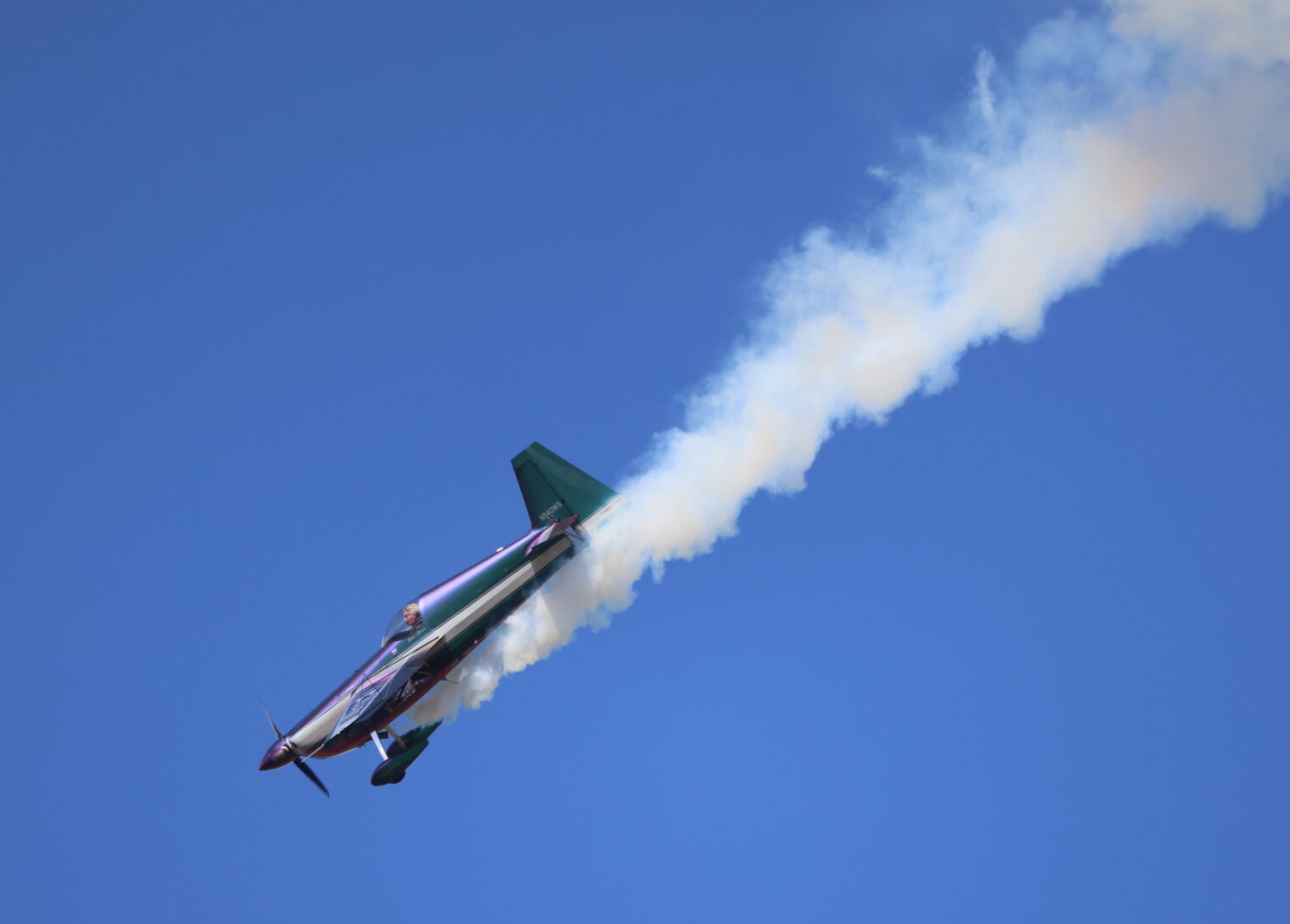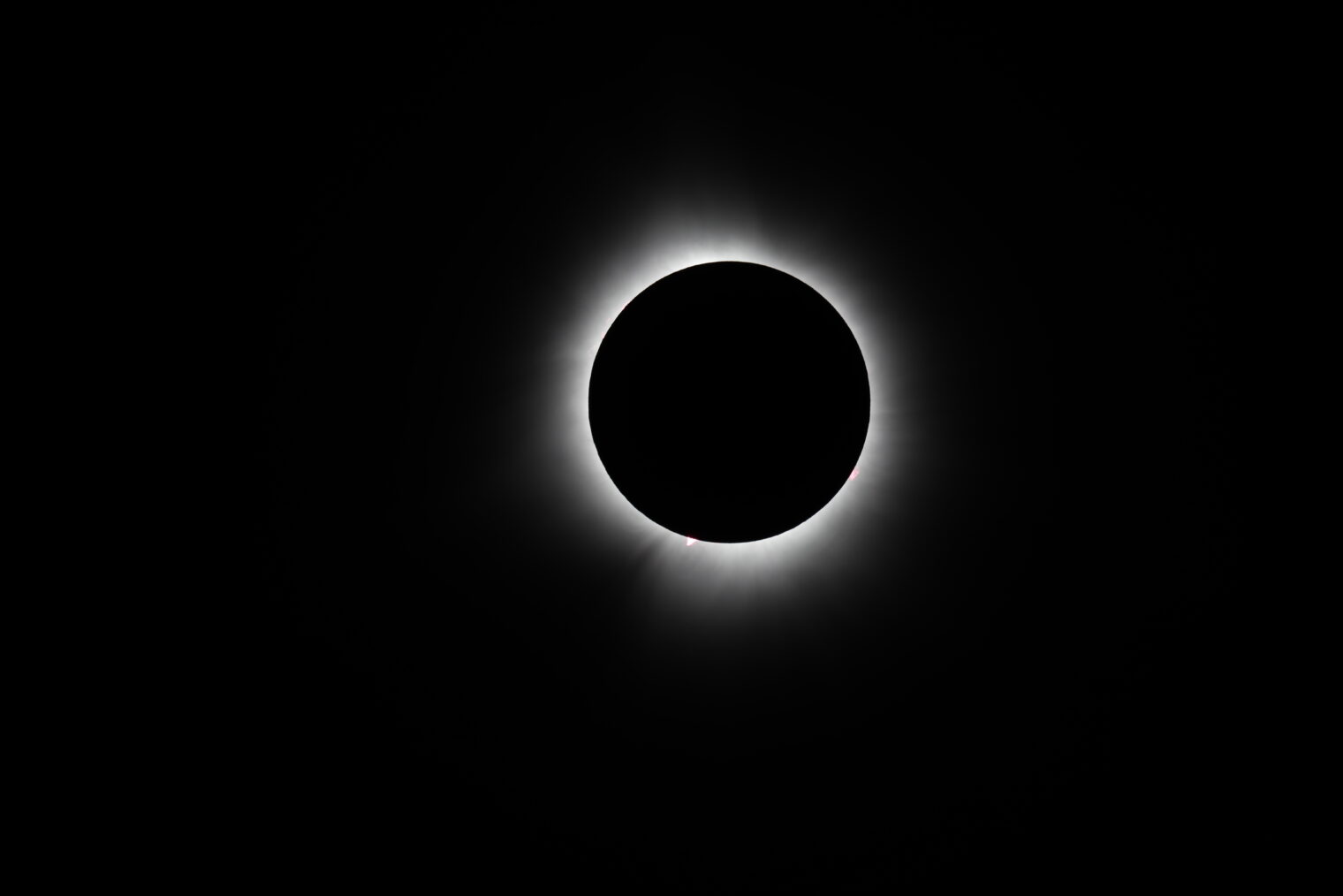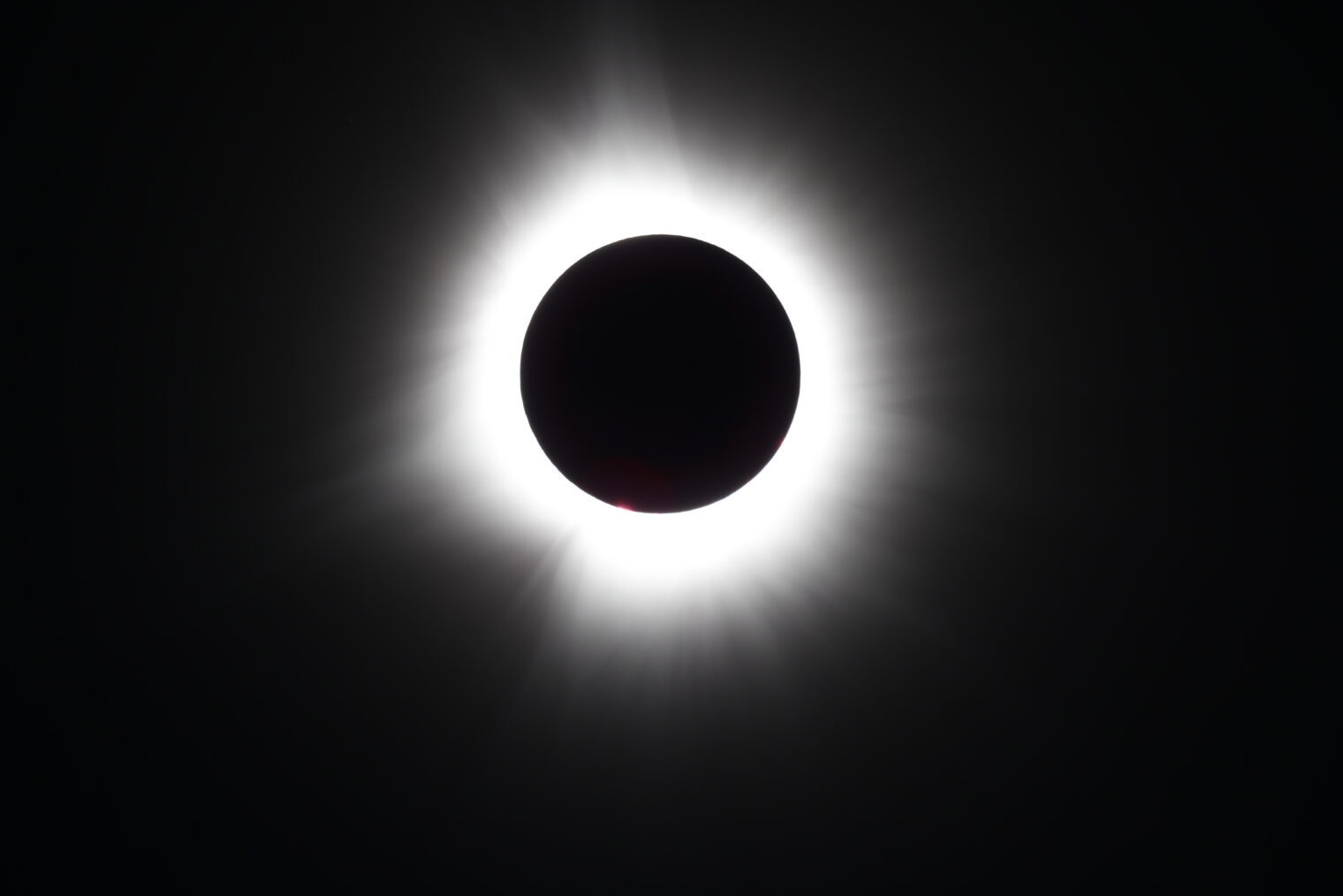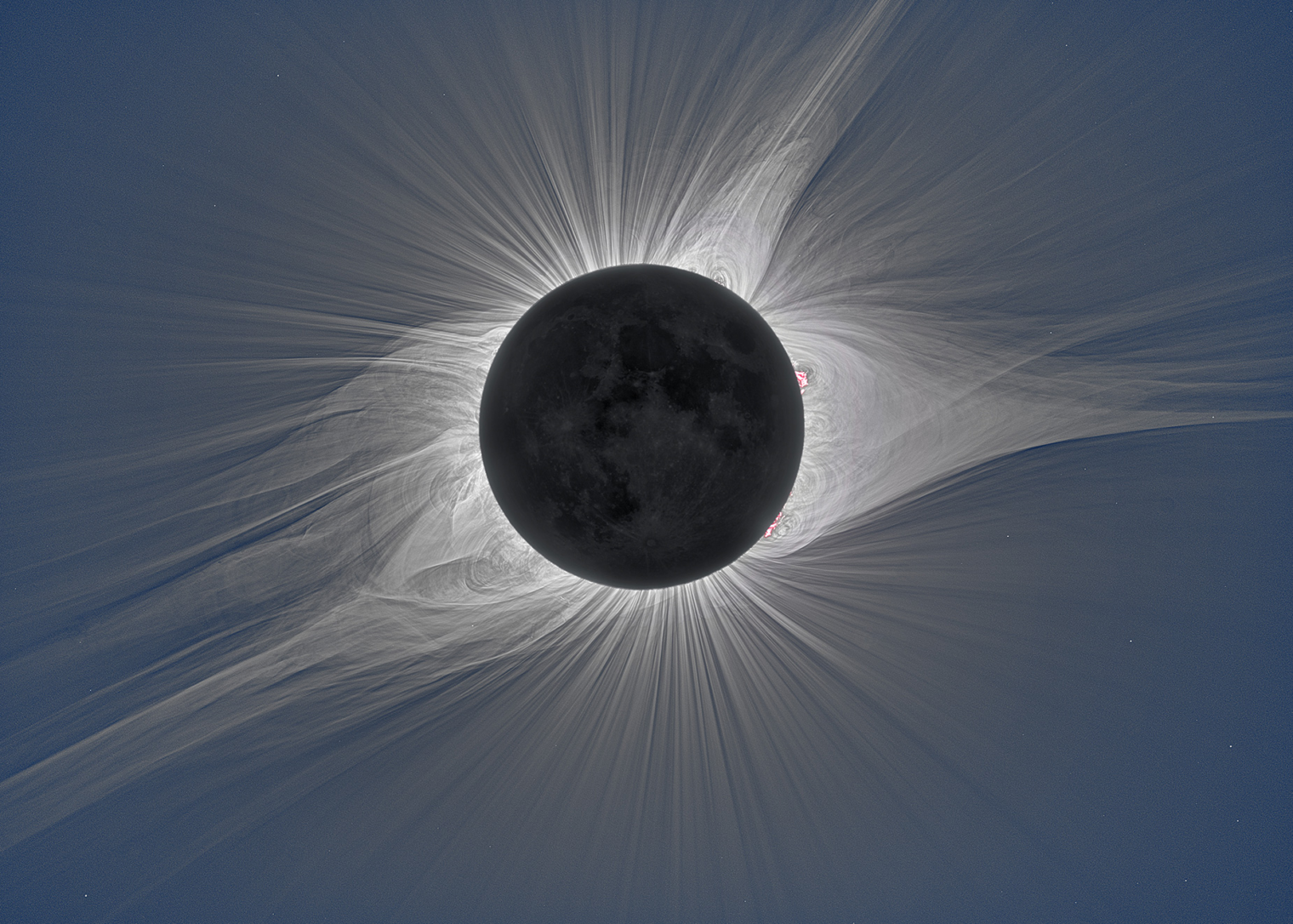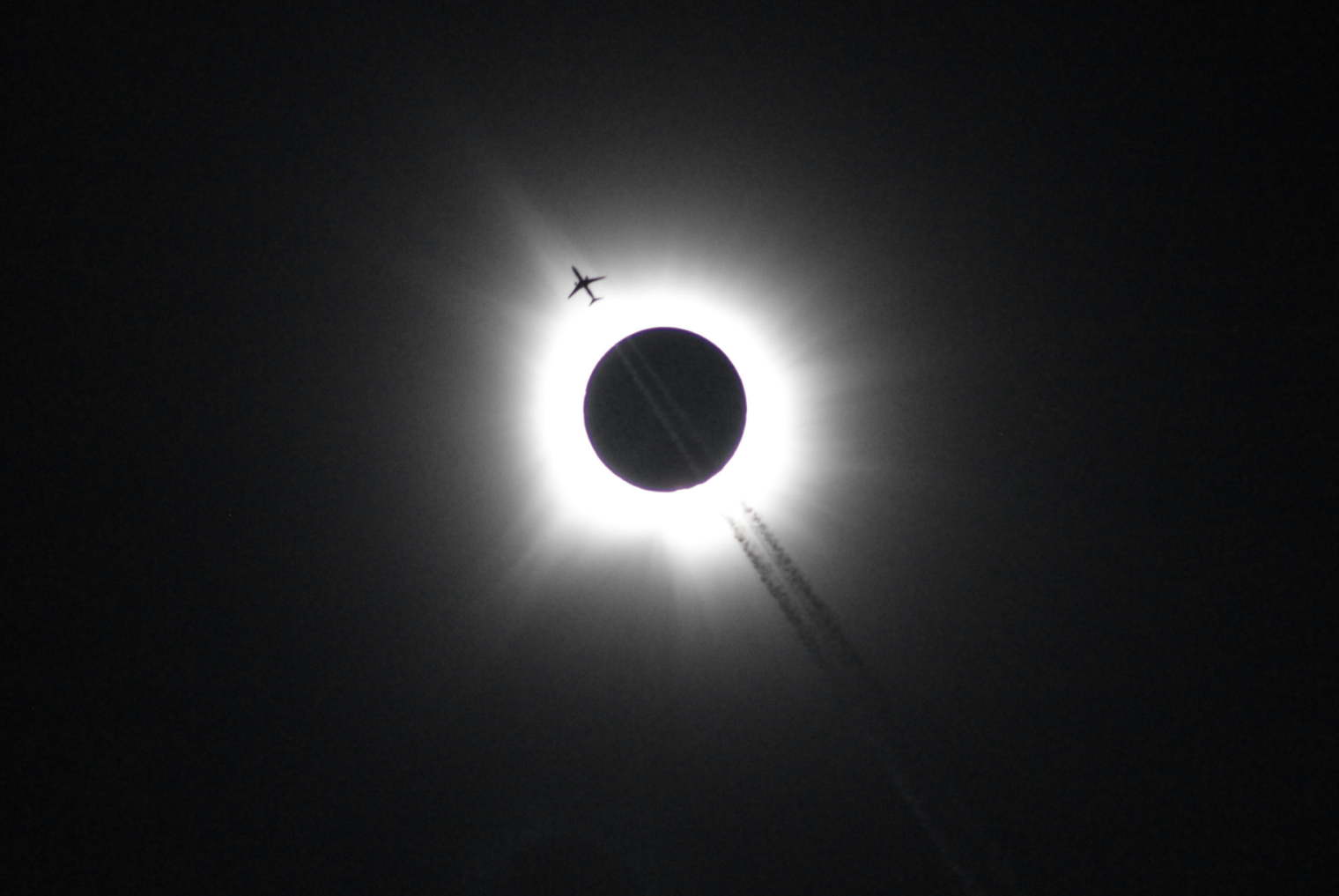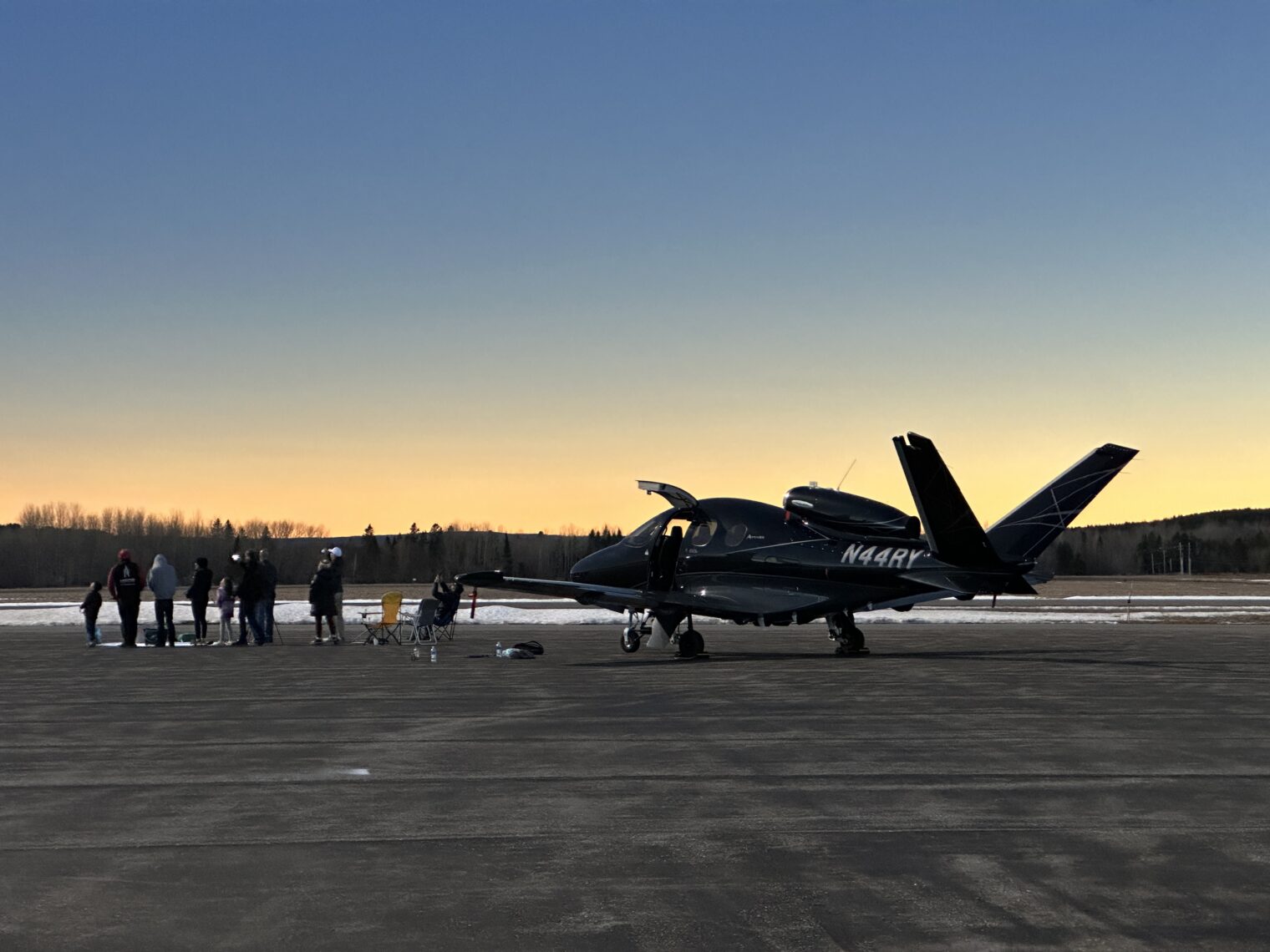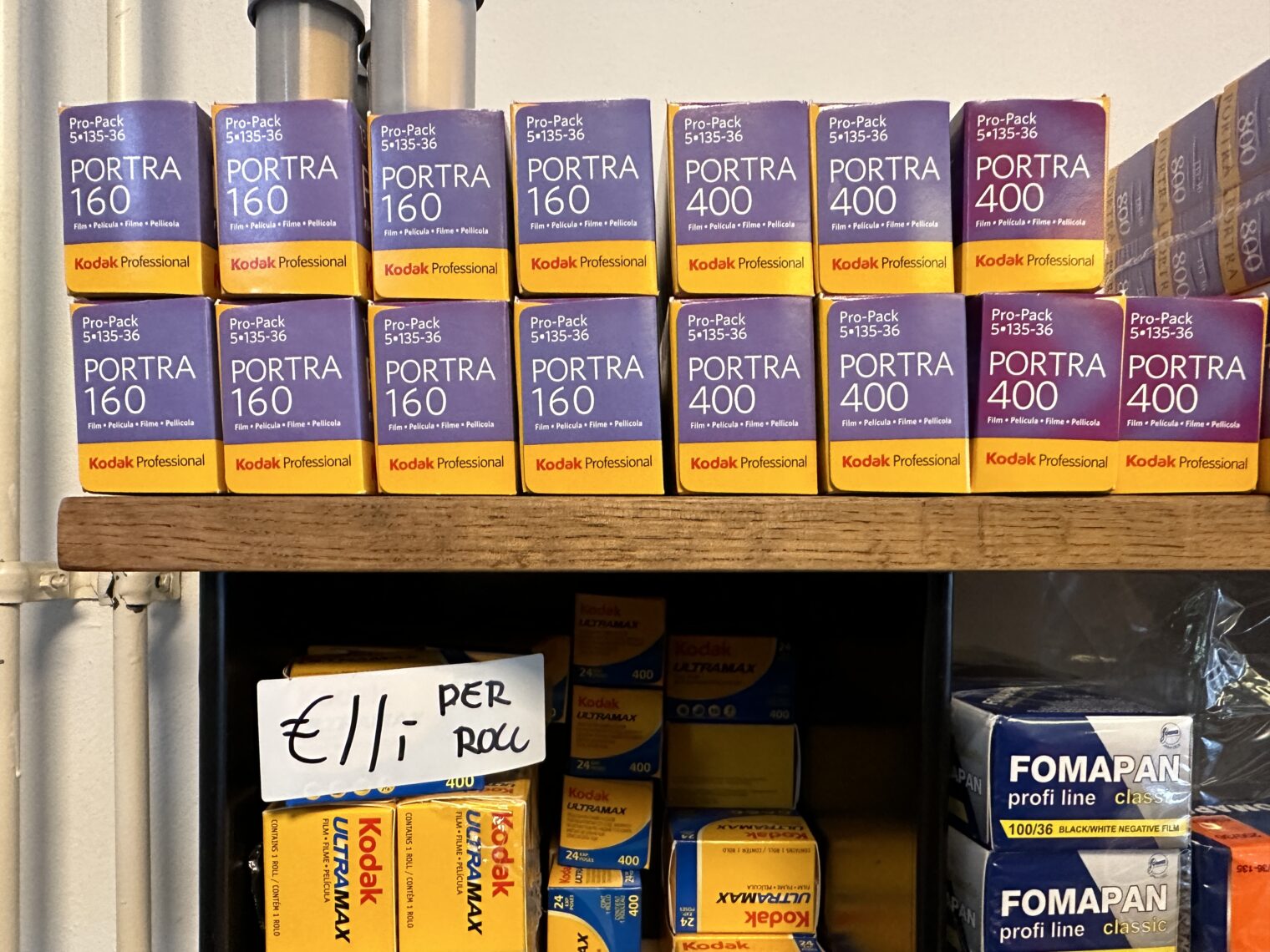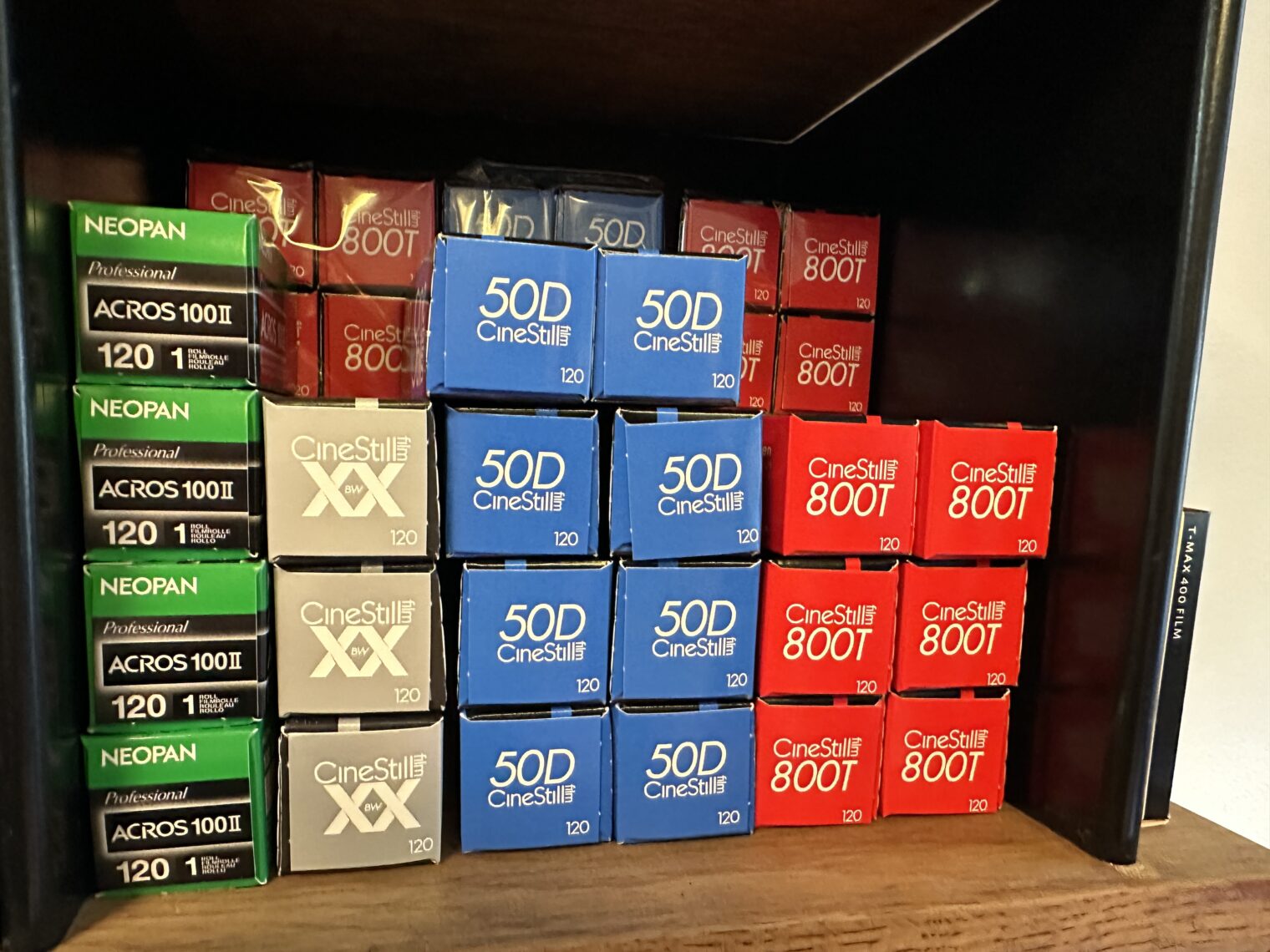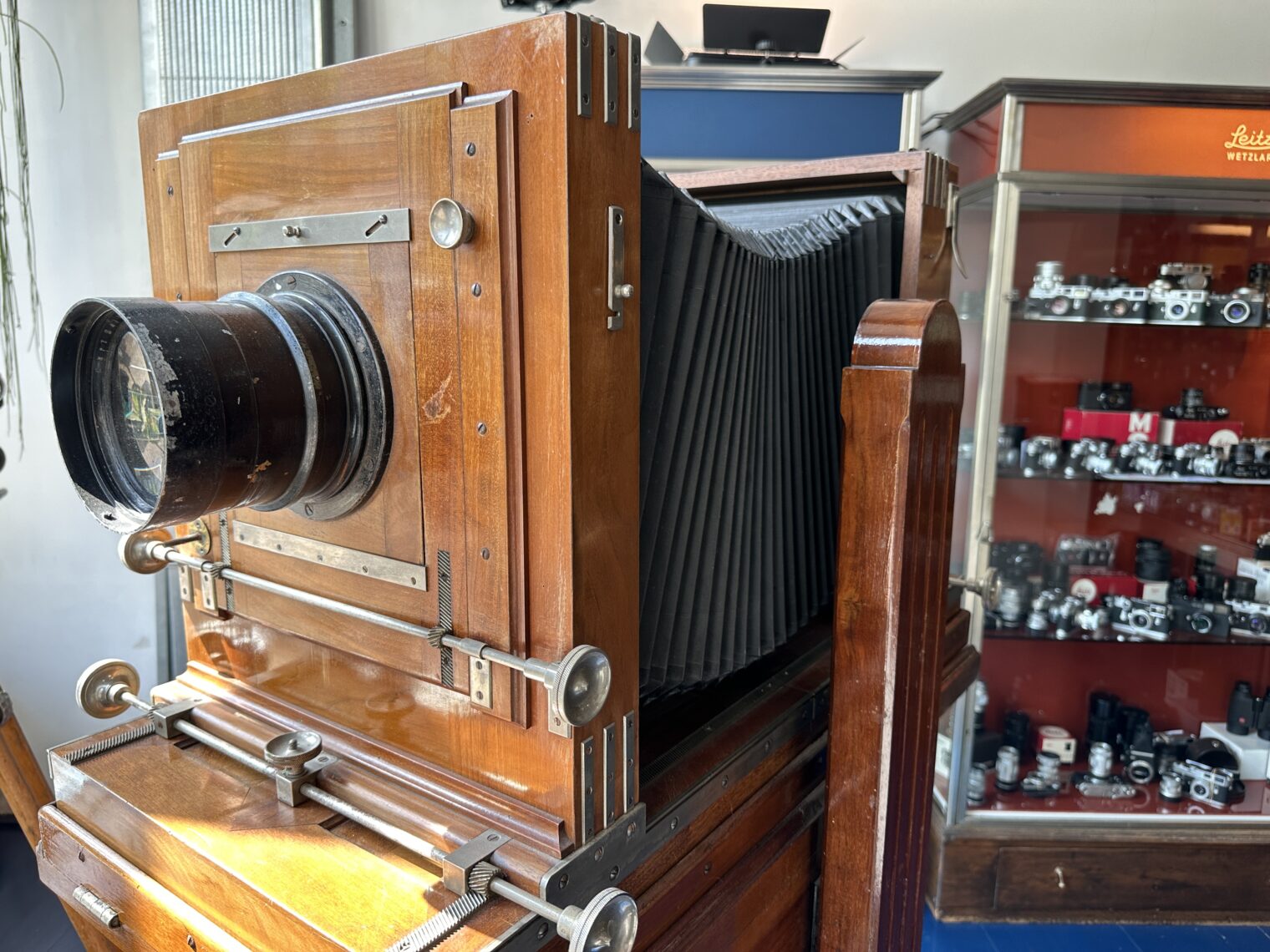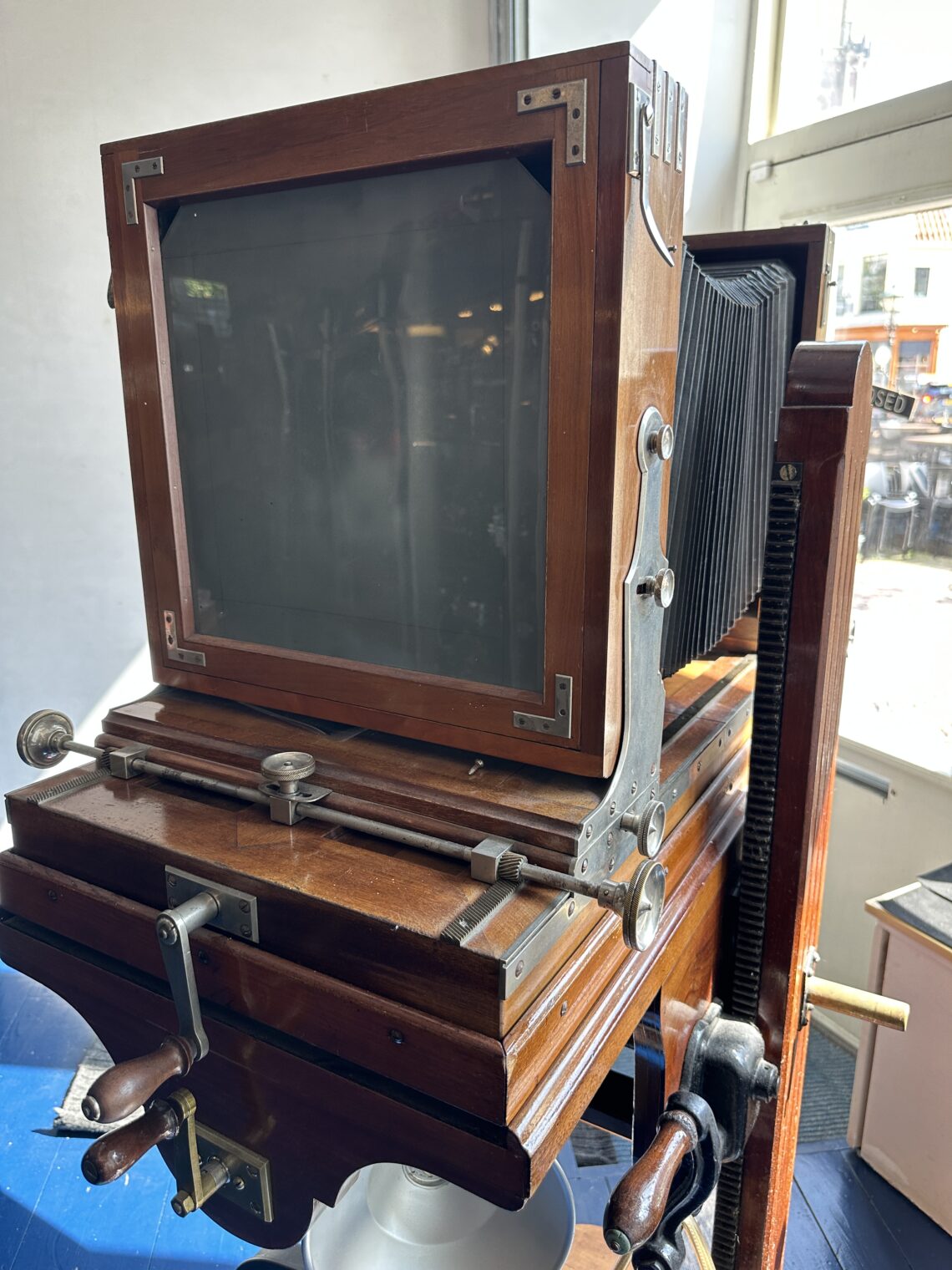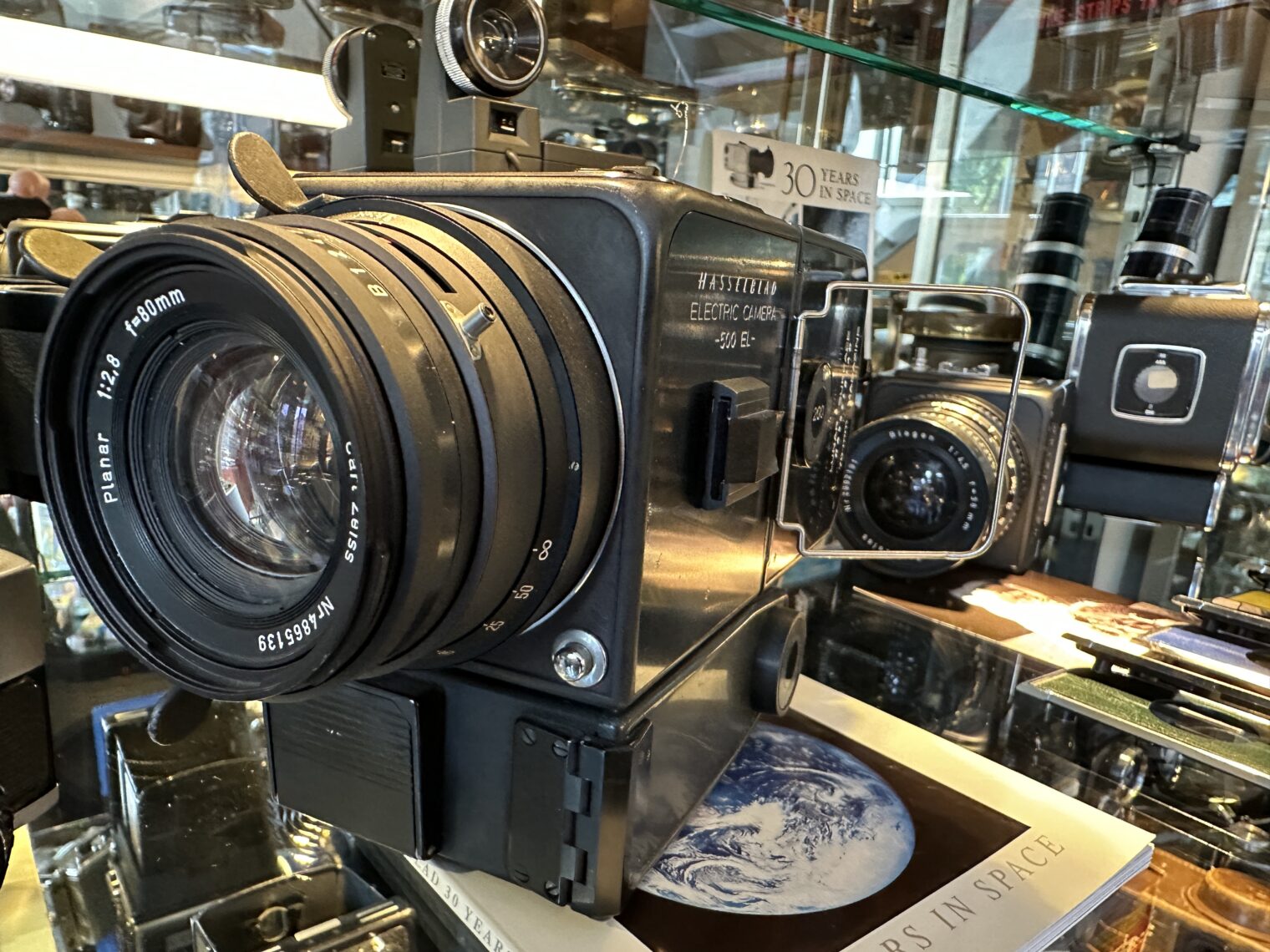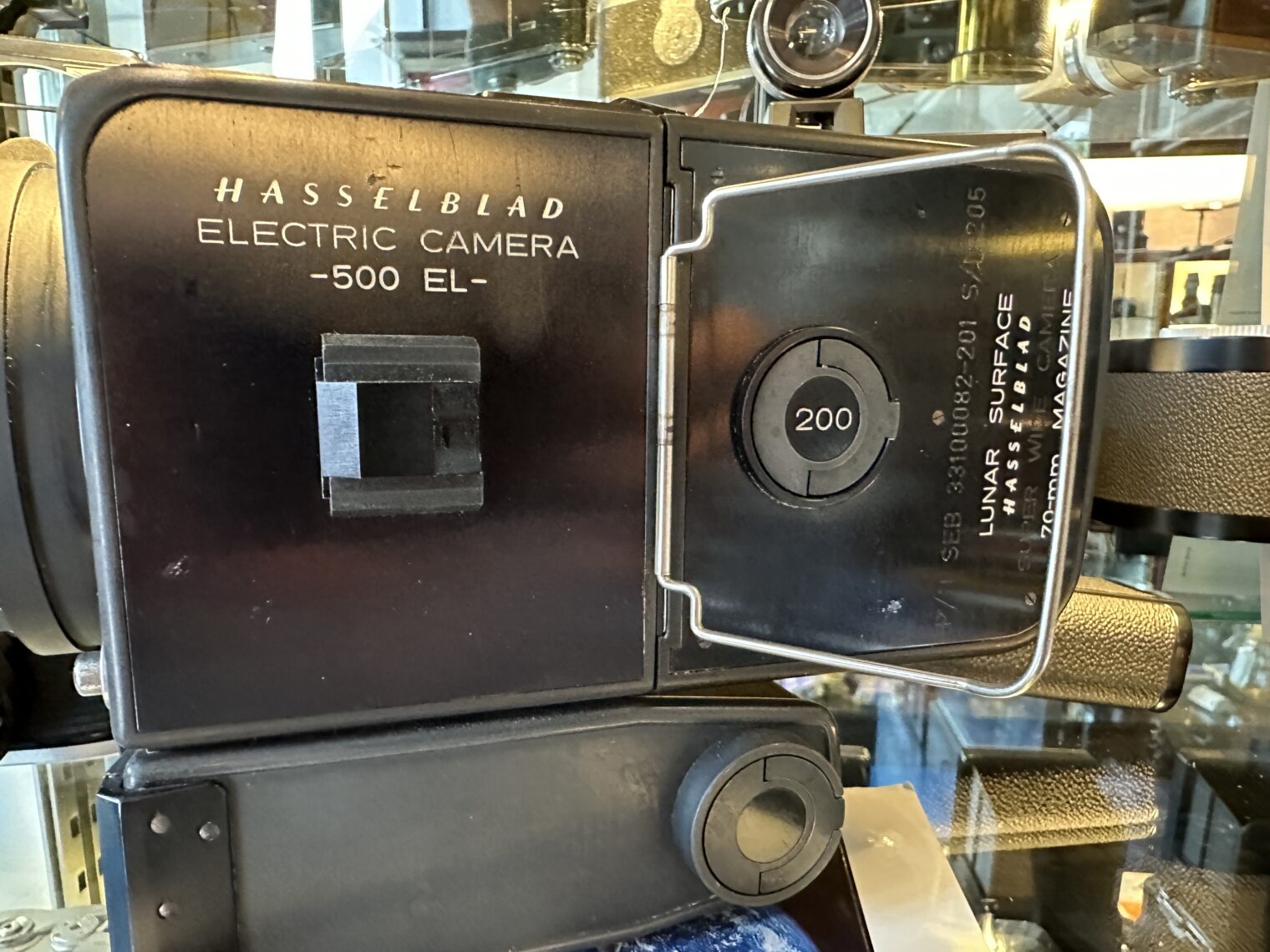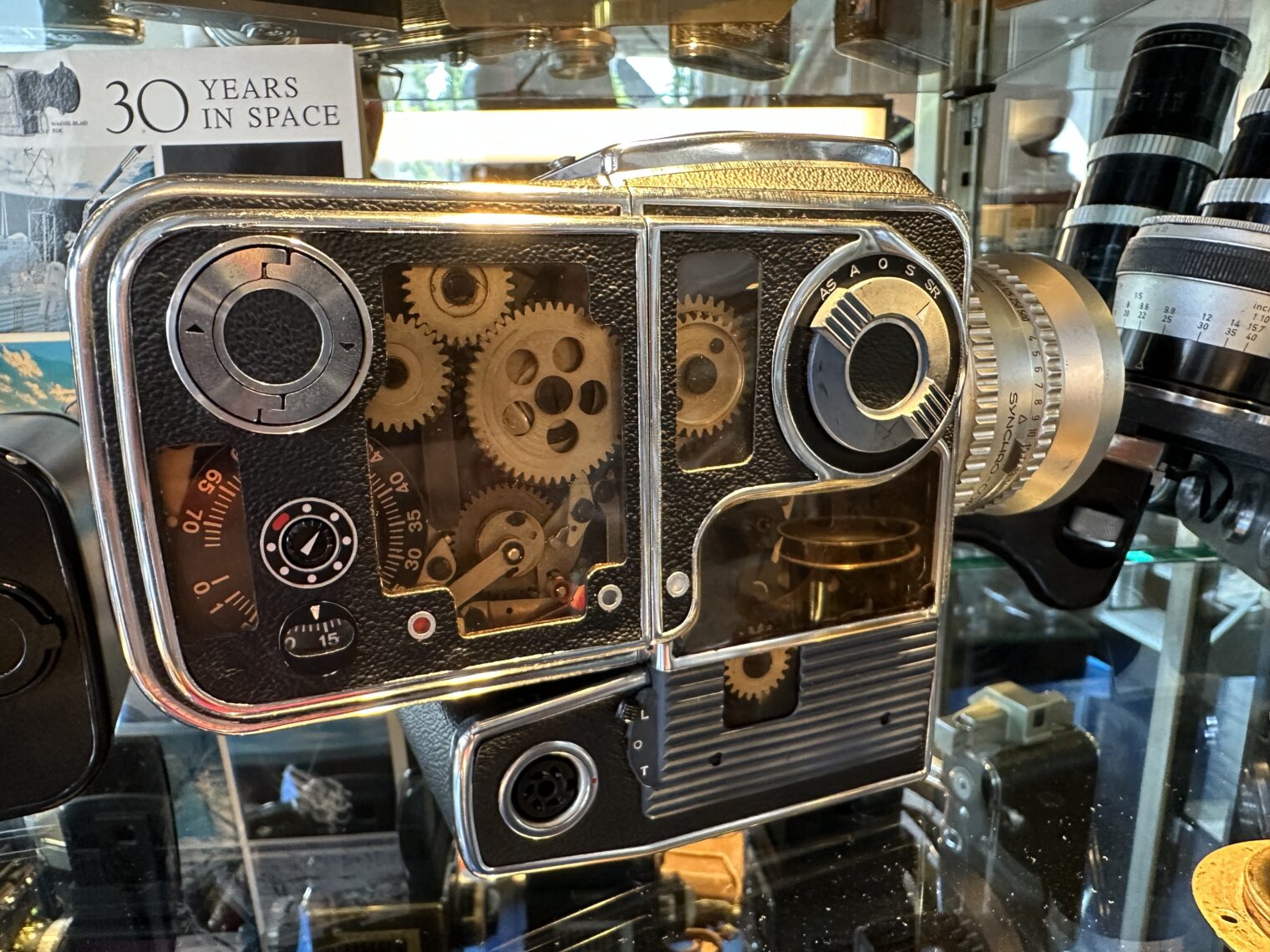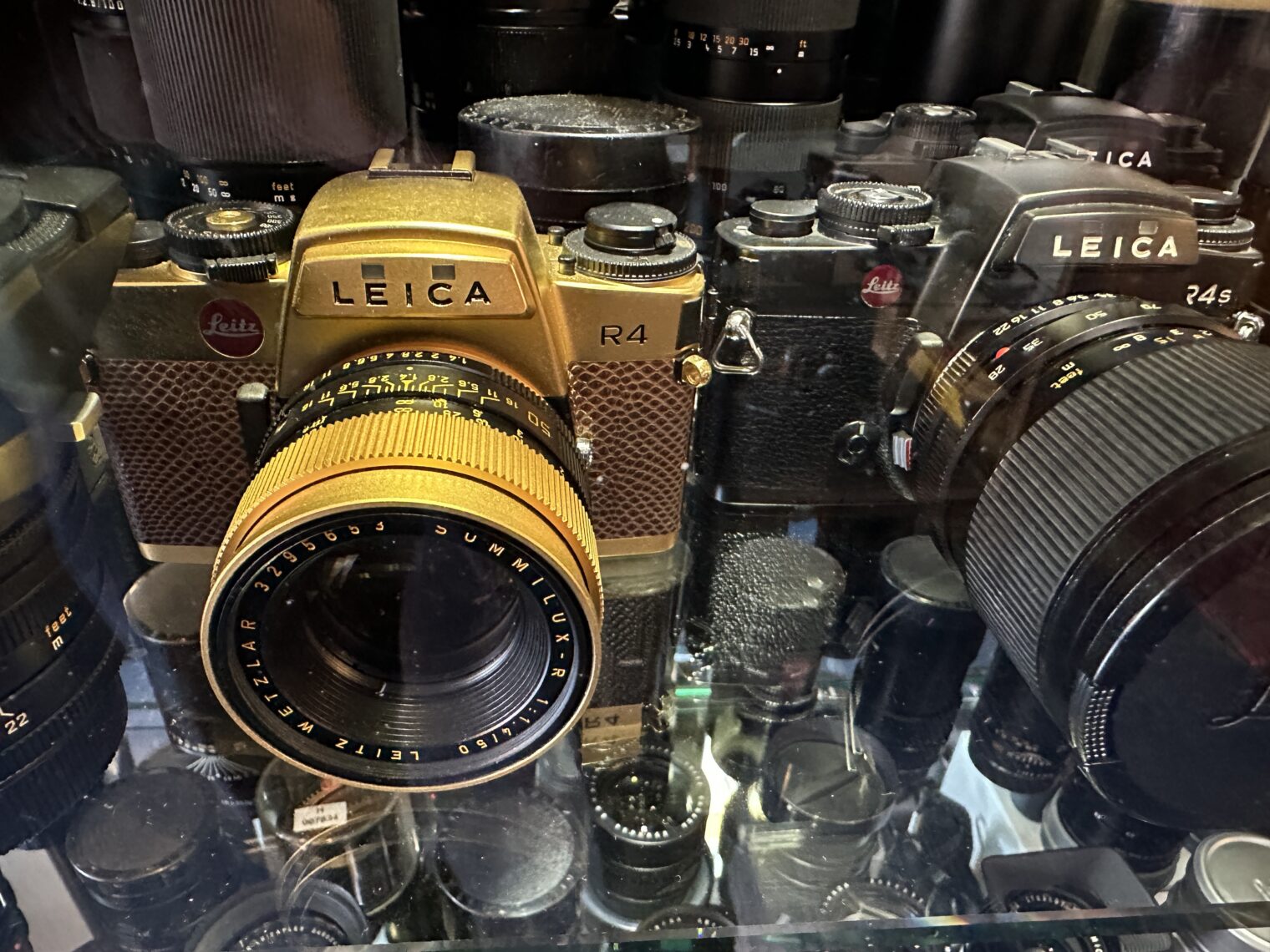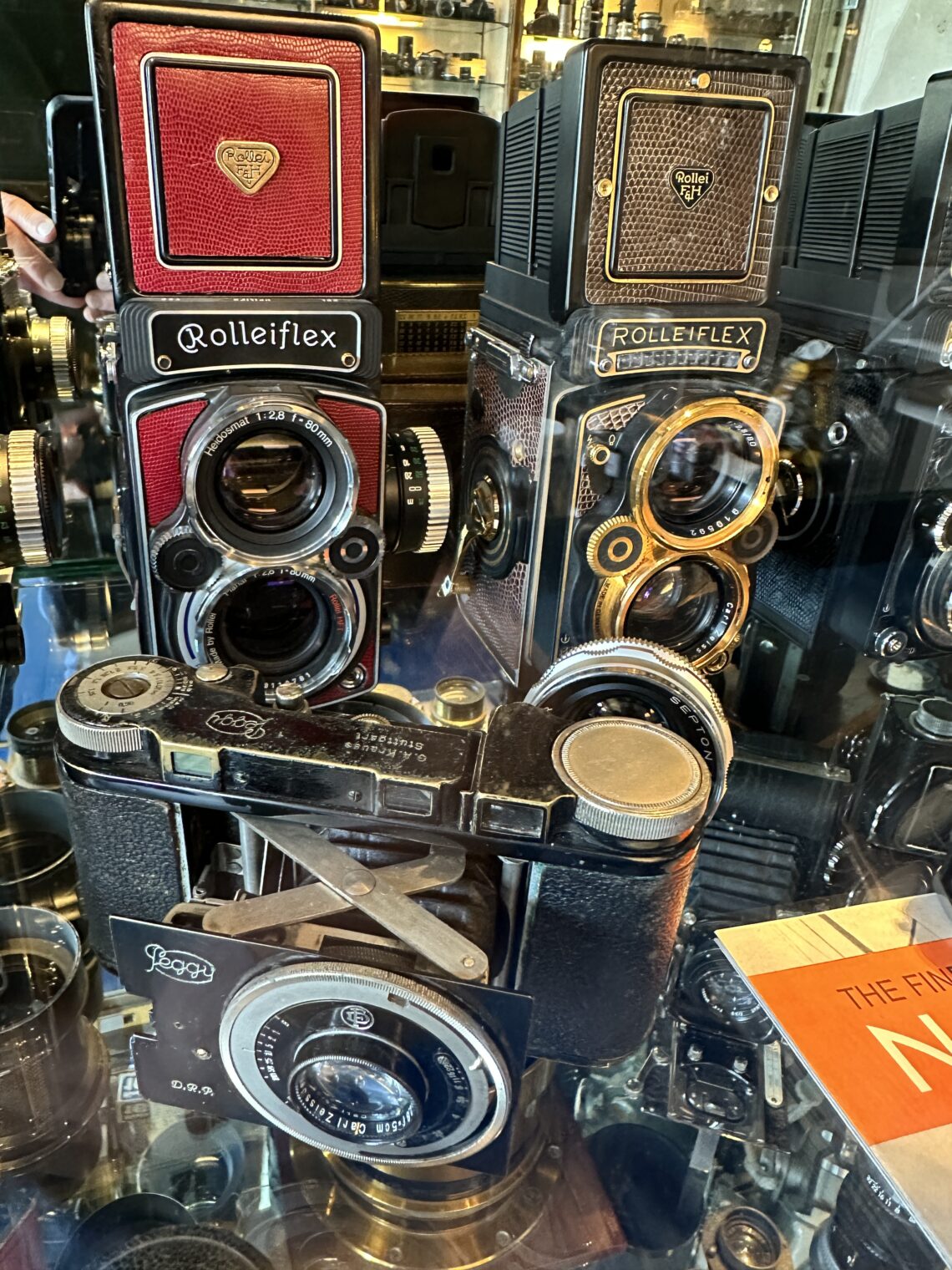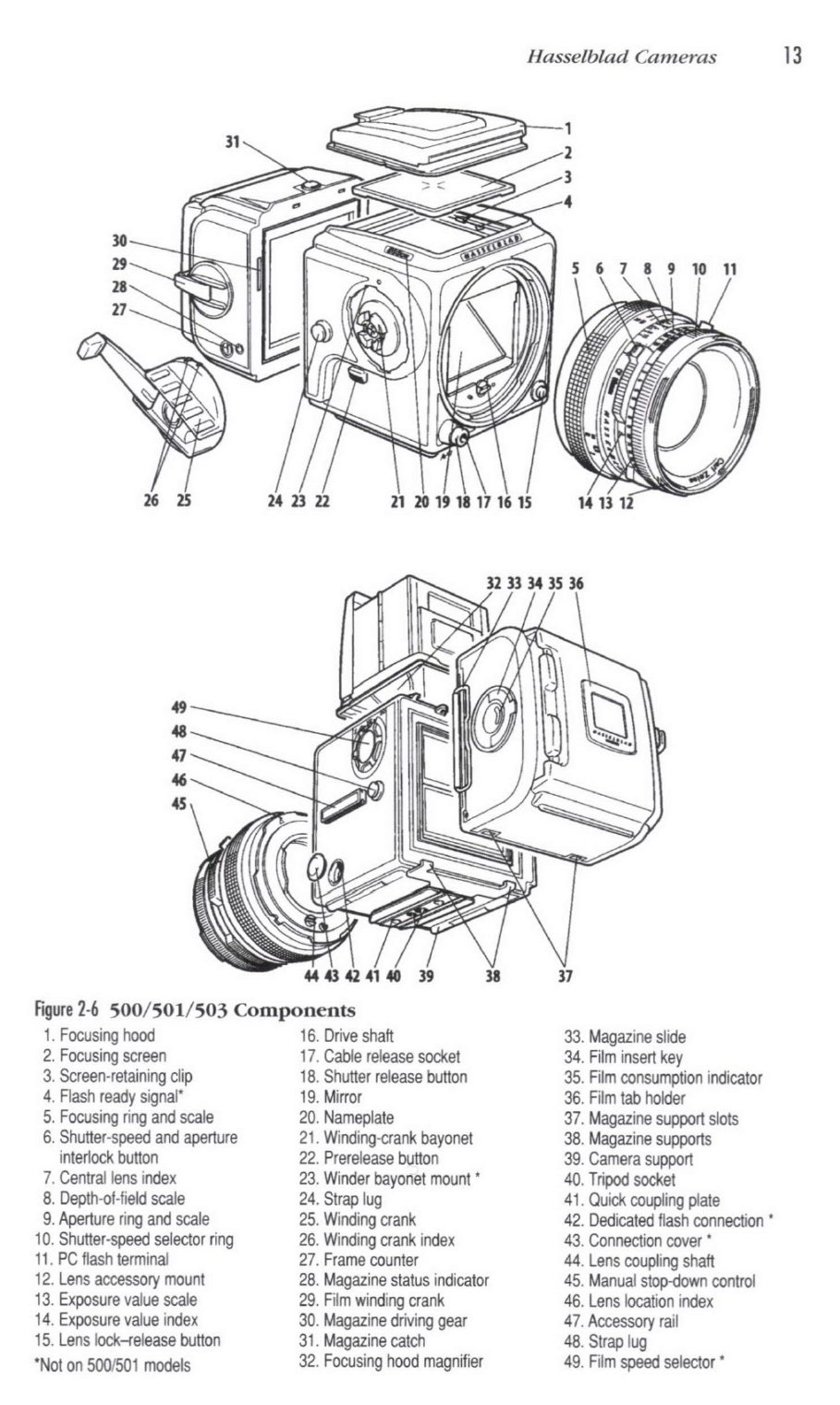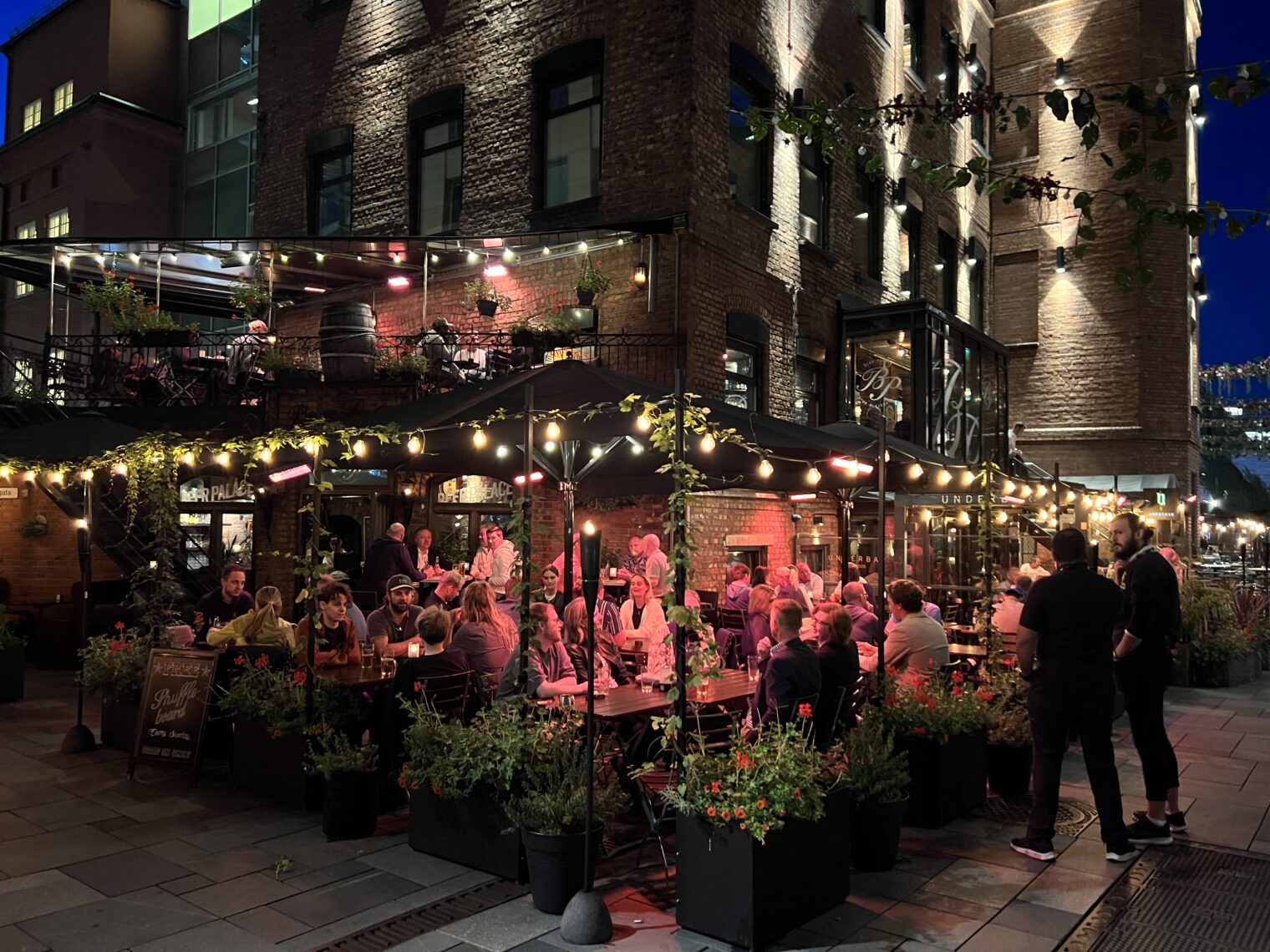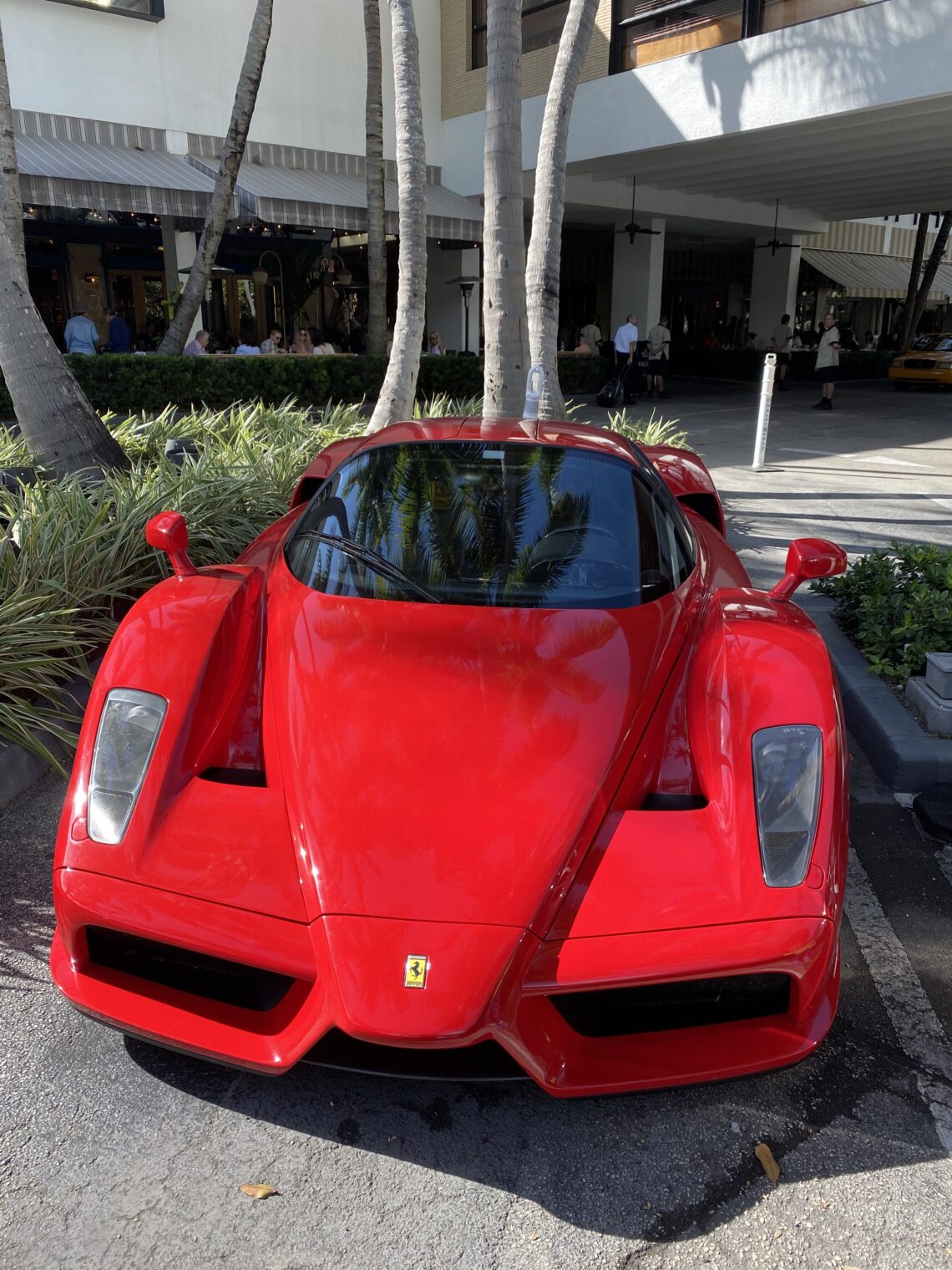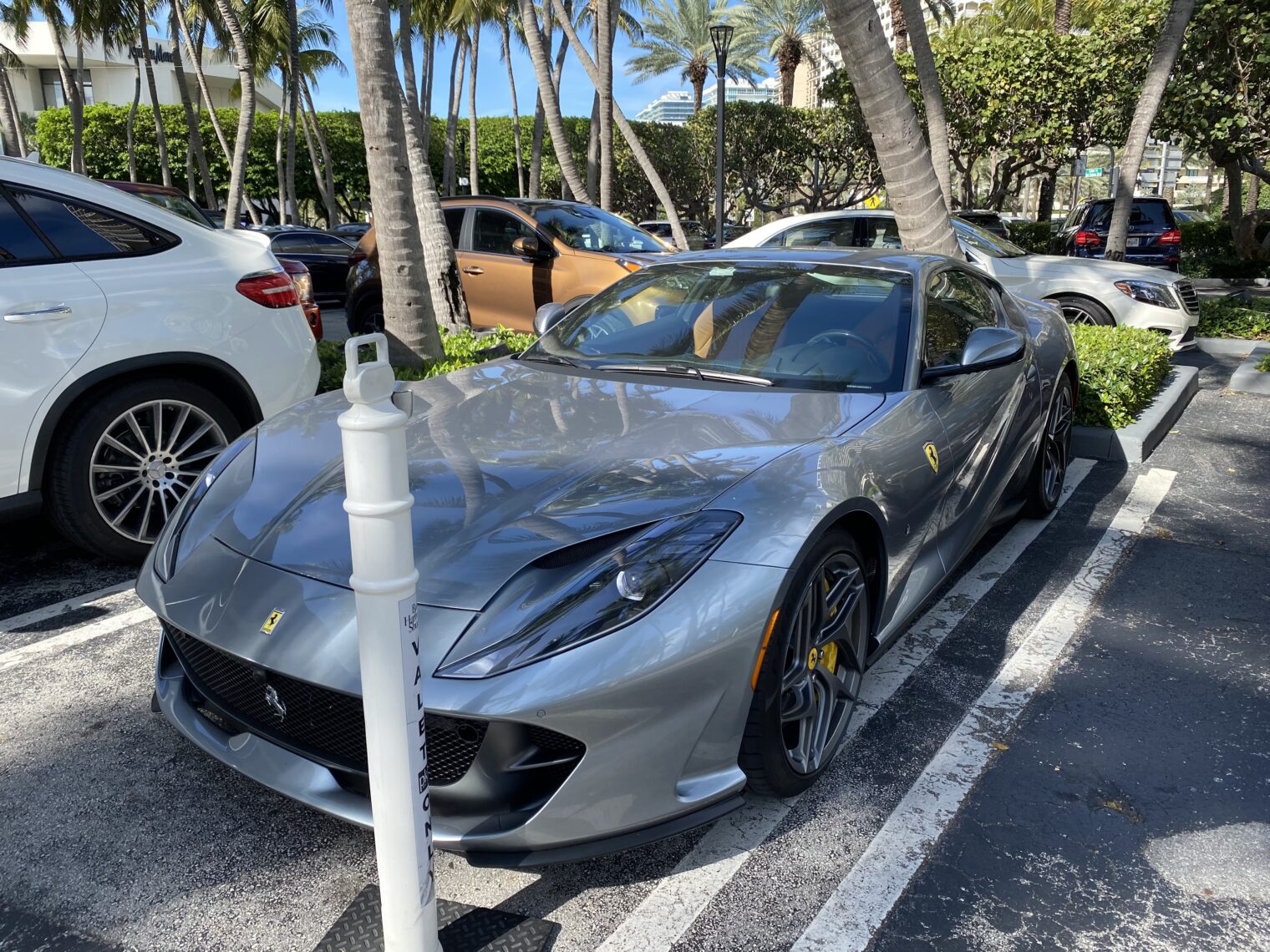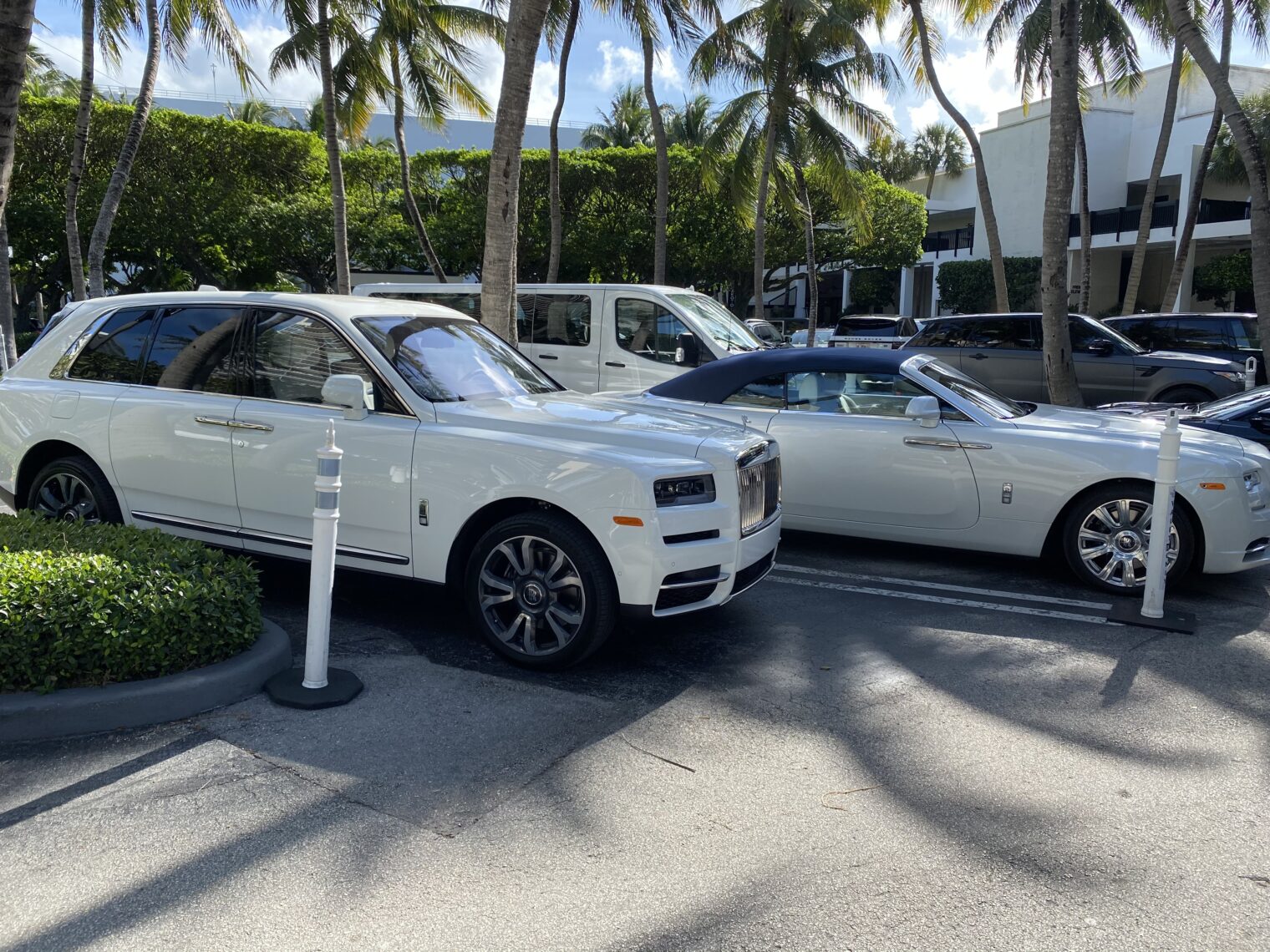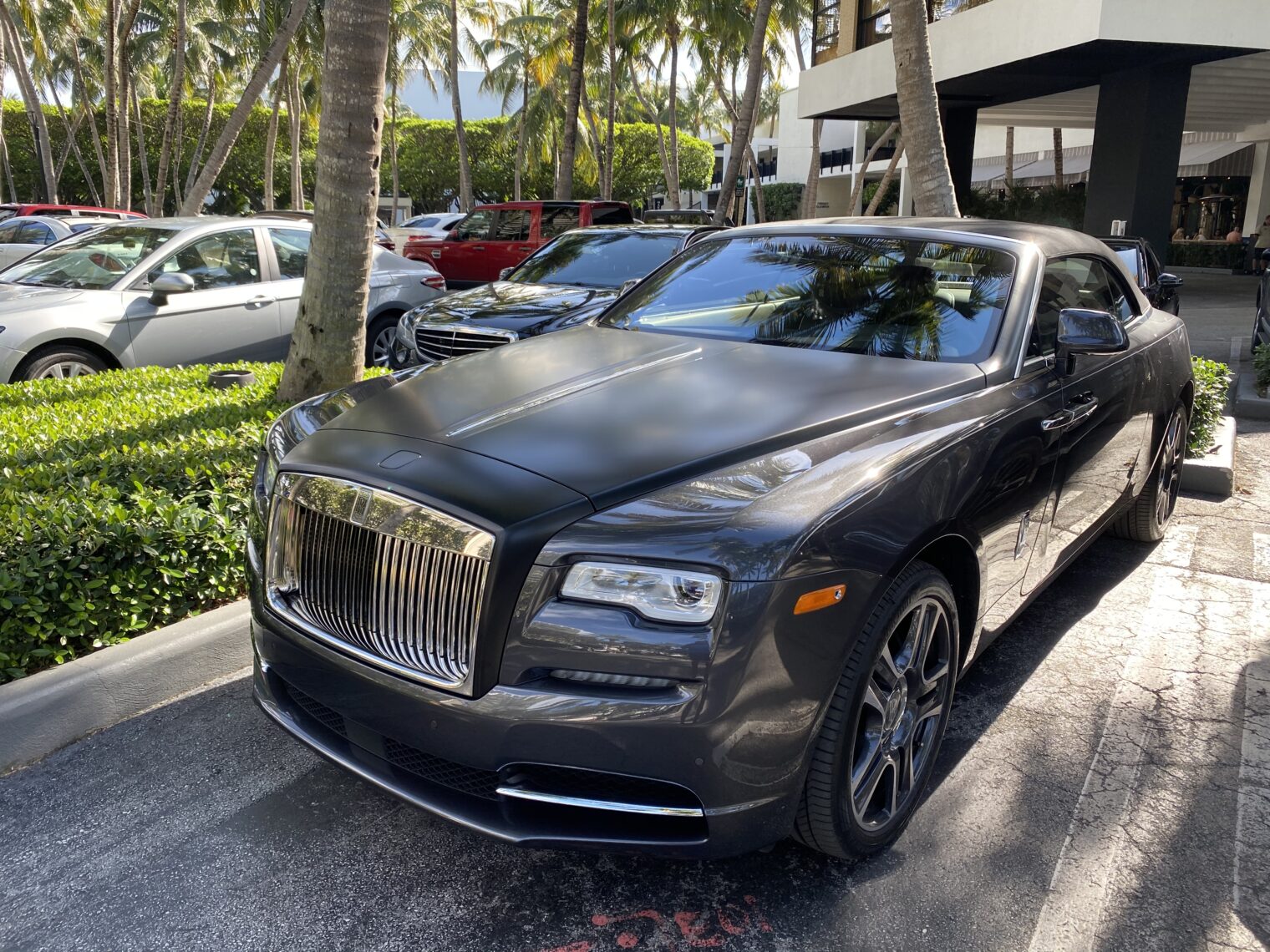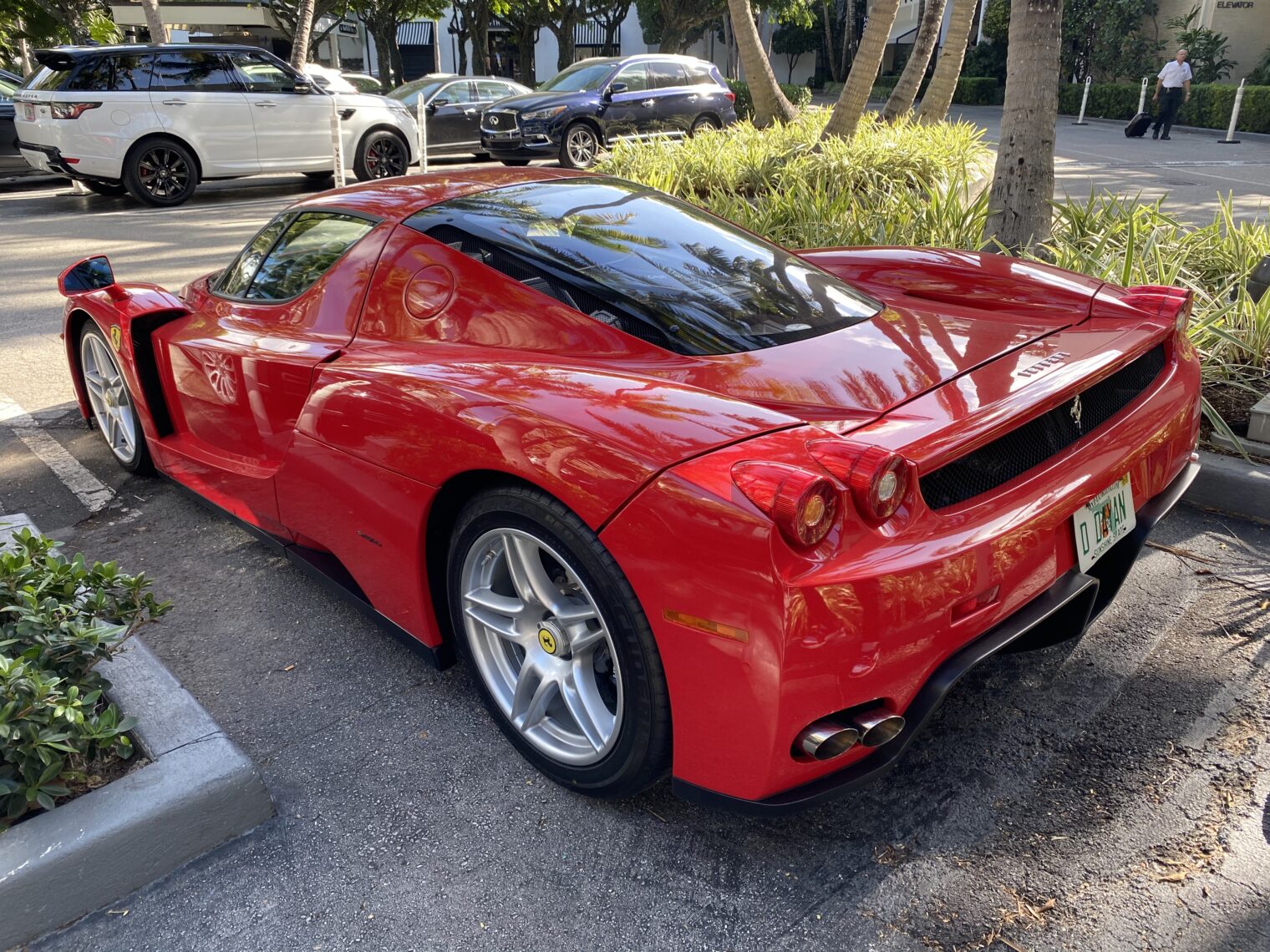Why did the bridge camera die?
I was recently asked to provide advice for a teenager with a $600 budget for a camera to take pictures of horses at horse nerd events. This girl is not interested in photography as a gadget fondling activity, but she needs a lens with a reasonably long reach. It’s the same situation as a soccer parent. There used to a category called bridge camera, in which a single high-quality lens was mated to a reasonably large sensor. Olympus was a pioneer in this area with the beautiful E-10 back in 2000, which had a 35-140mm/2-2.4 (35mm equivalent) lens and a camera built around it. I wrote a review of the E-10 in 2001. This category flourished for a while, but seems to have died in favor of absurdly long-range zooms in front of tiny mobile phone-sized sensors (i.e., probably worse image quality than an iPhone 16 for most images because Apple’s camera software is superior to what the camera companies themselves have made) or massive overkill on both sensor size (“full-frame” or at least four-thirds) and system complexity (interchangeable lenses for people who want just one lens). The problem with a sensor that is too big is that it forces the lenses to be too big and heavy. The problem with a sensor that is too small is that image quality is compromised, especially in lower light conditions.
Here’s what I wrote…
There is no point in carrying a camera with a less than “1 inch” sensor (nowhere near one inch in size!). Most of the cheap point and shoot cameras have sensors that are the same size as mobile phones so the image quality isn’t any better than on a phone. The compact cameras that offer insane telephoto limits, e.g., 3000mm, have these tiny sensors and, therefore, a tiny lens will yield a high 35mm equivalent focal length.
Your friend needs at least a 200mm equivalent telephoto. The best current camera that meets these specs is the Sony RX10 IV, but it costs $1700 (35mm equivalent: 25-600/2.4-4). The original RX10 (original review), which doesn’t have as long a telephoto reach, is available for $469 used in excellent condition from MPB, which is a reputable company. So your friend should probably get this. When it is time to move on, the camera can likely be sold for at least $400 (It was $1300 when originally sold).
You can see that the latest cameras with 1″ sensors and the same equivalent focal length have very small apertures extended (f/16 vs. f/8 for the RX10). From https://www.dpreview.com/reviews/panasonic-lumix-dmc-zs100-tz100
At f/16, the sensor won’t be getting much light so the ISO has to be cranked way up unless it is very sunny out.
I can’t figure out why the 25-year-old Olympus concept is carried on by just one company (Sony). Why isn’t the market crowded with $600 1″-sensor bridge cameras wrapped around high quality 24-200mm lenses? They could be branded “SoccerCams”. Is it because the average consumer can’t be educated into realizing that sensor size is relevant? A camera with a reasonable size sensor will never be able to offer “83x optical zoom” the way the Nikon P950 does (can it be that the 1/2.3″ sensor, mobile phone size, of this camera actually produces great pictures somehow?).
Maybe this is just another data point to support the rule “If Philip likes the idea it will be a business disaster”?
Separately, at least once every year I have to publicly beg Apple to make a camera or two! So let this post be the 2025 request. A Sony RX10-spec camera with iPhone software and interfaces for direct uploading to social media would be amazing. Also, perhaps, a pocket-sized one-inch sensor camera like the Sony RX100 (latest version has a somewhat crazy 24-200mm lens that is f/16 maximum aperture at 200mm; maybe a very high quality 24-105 would be better).
Full post, including comments